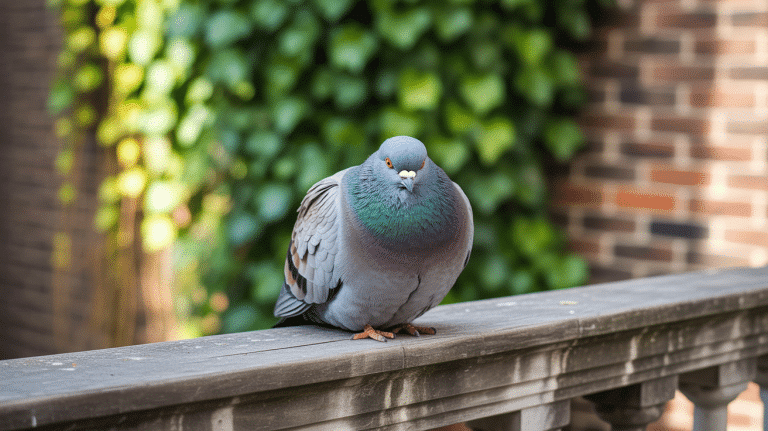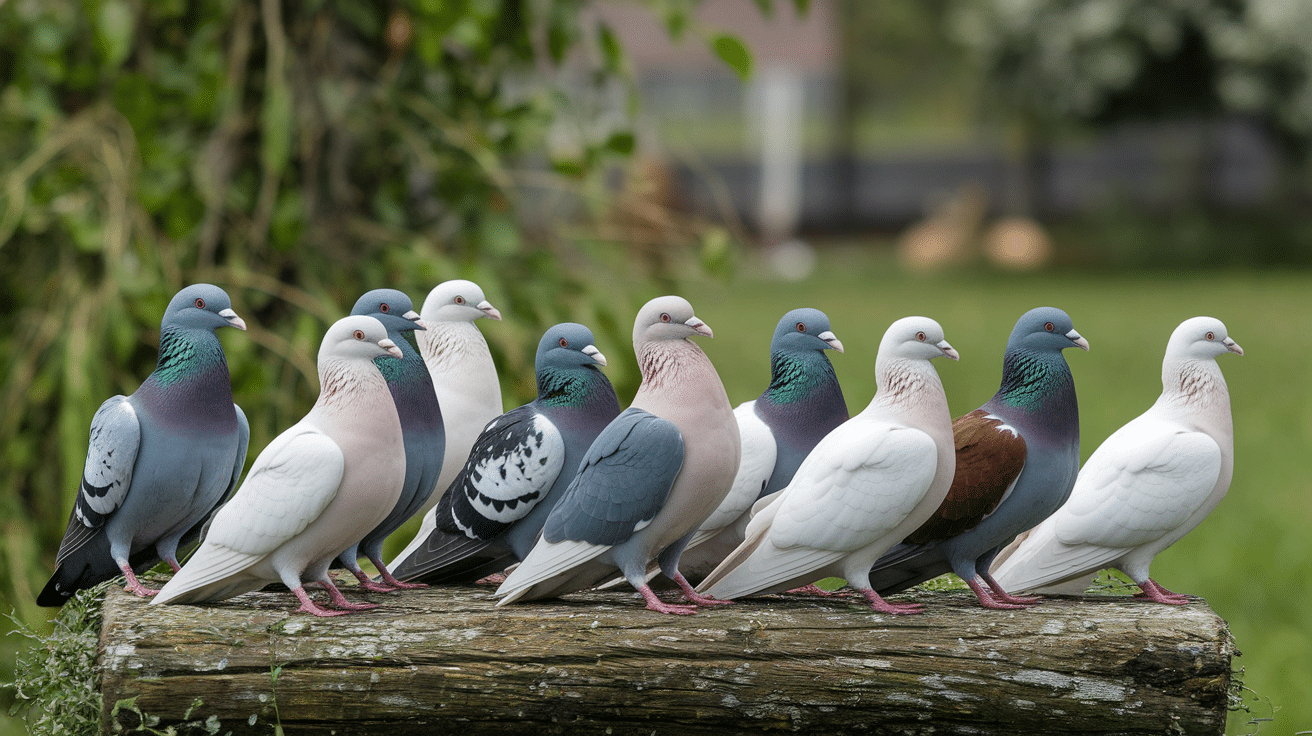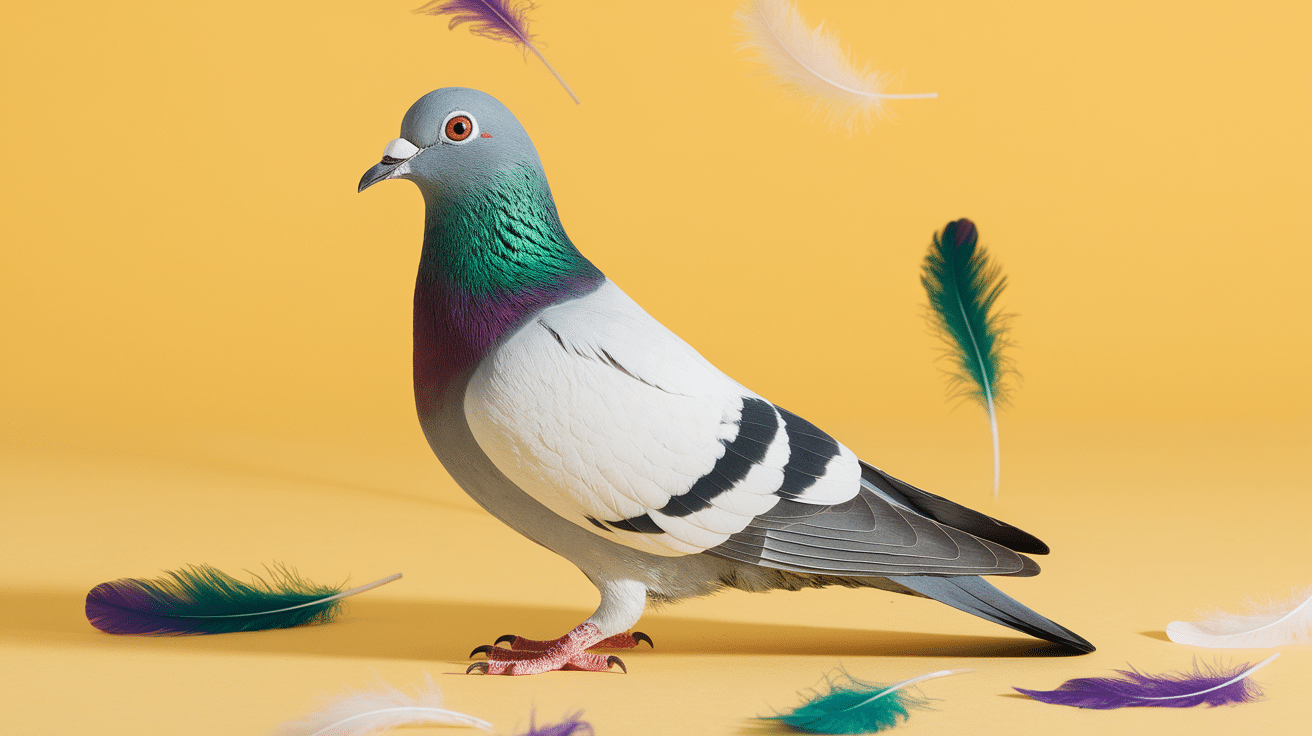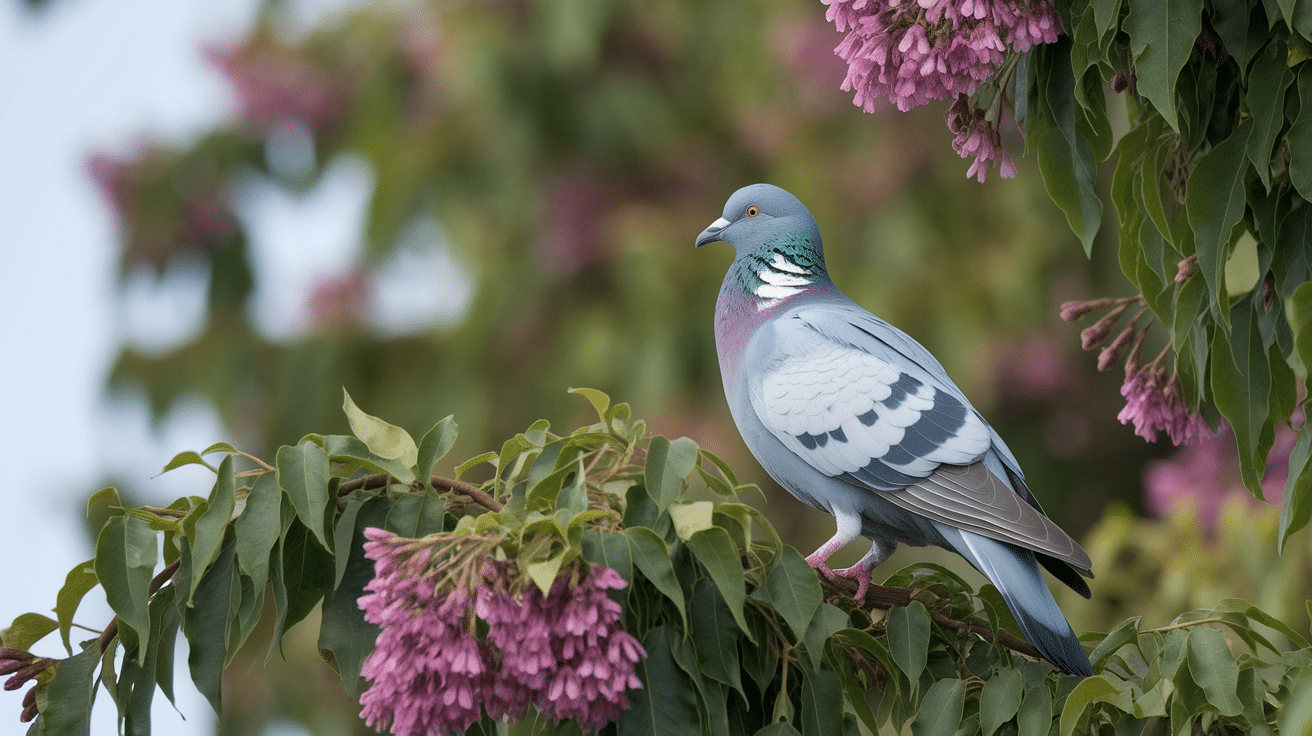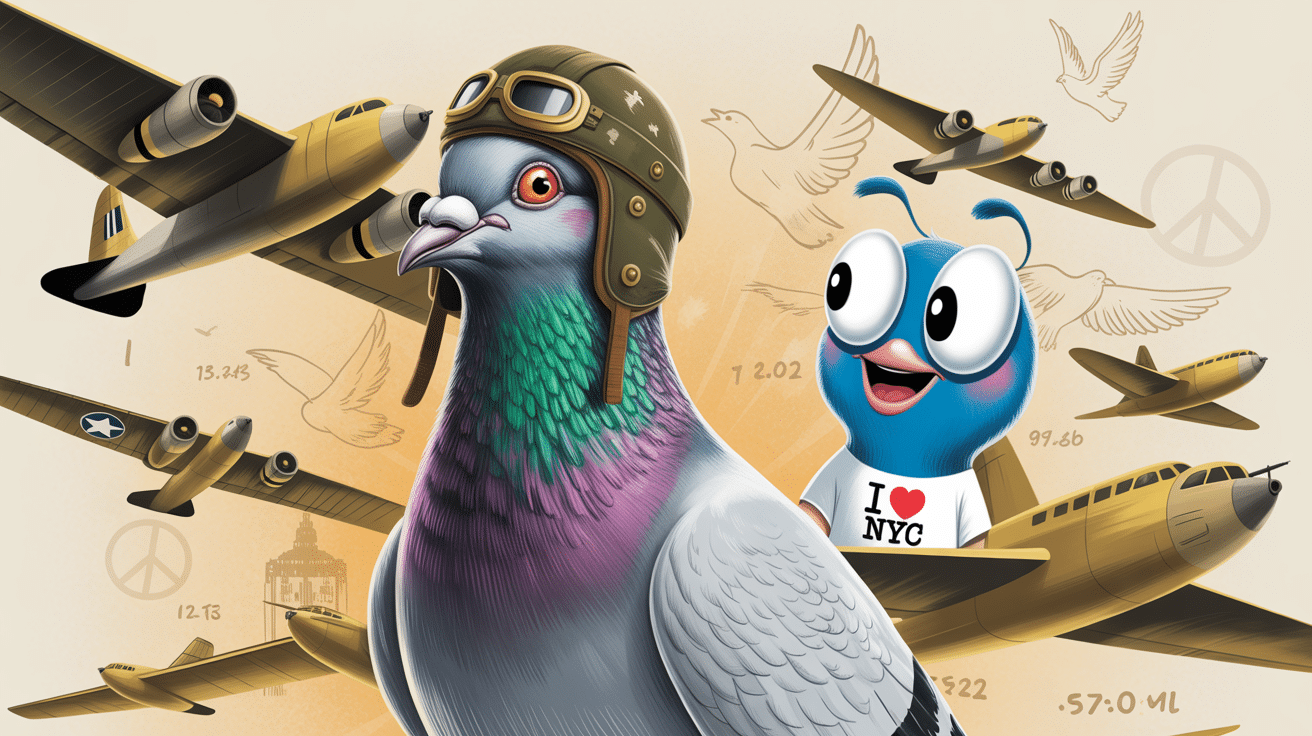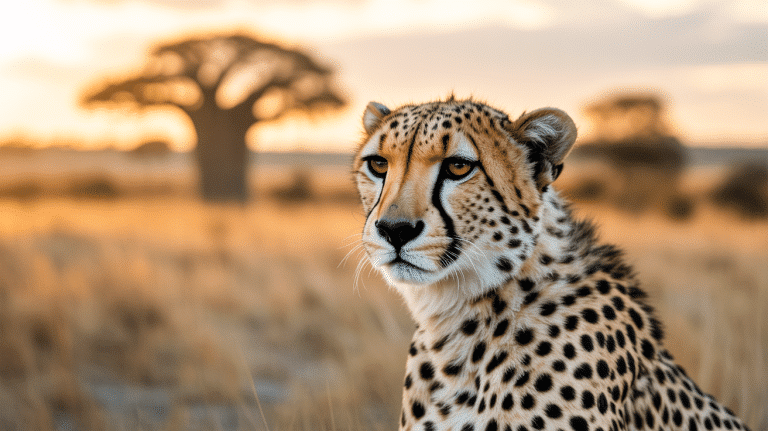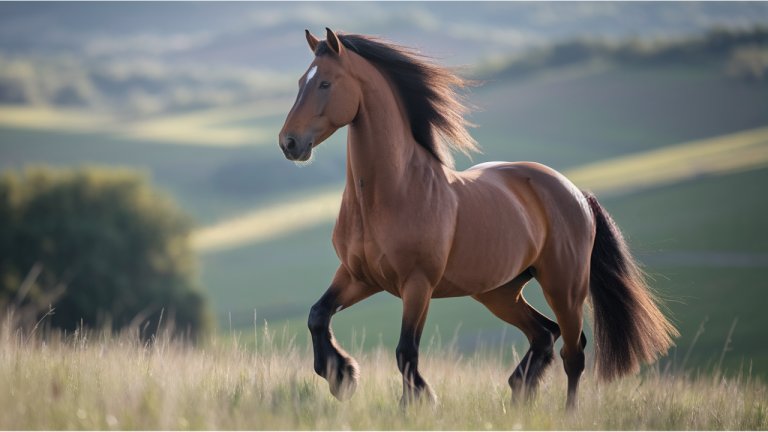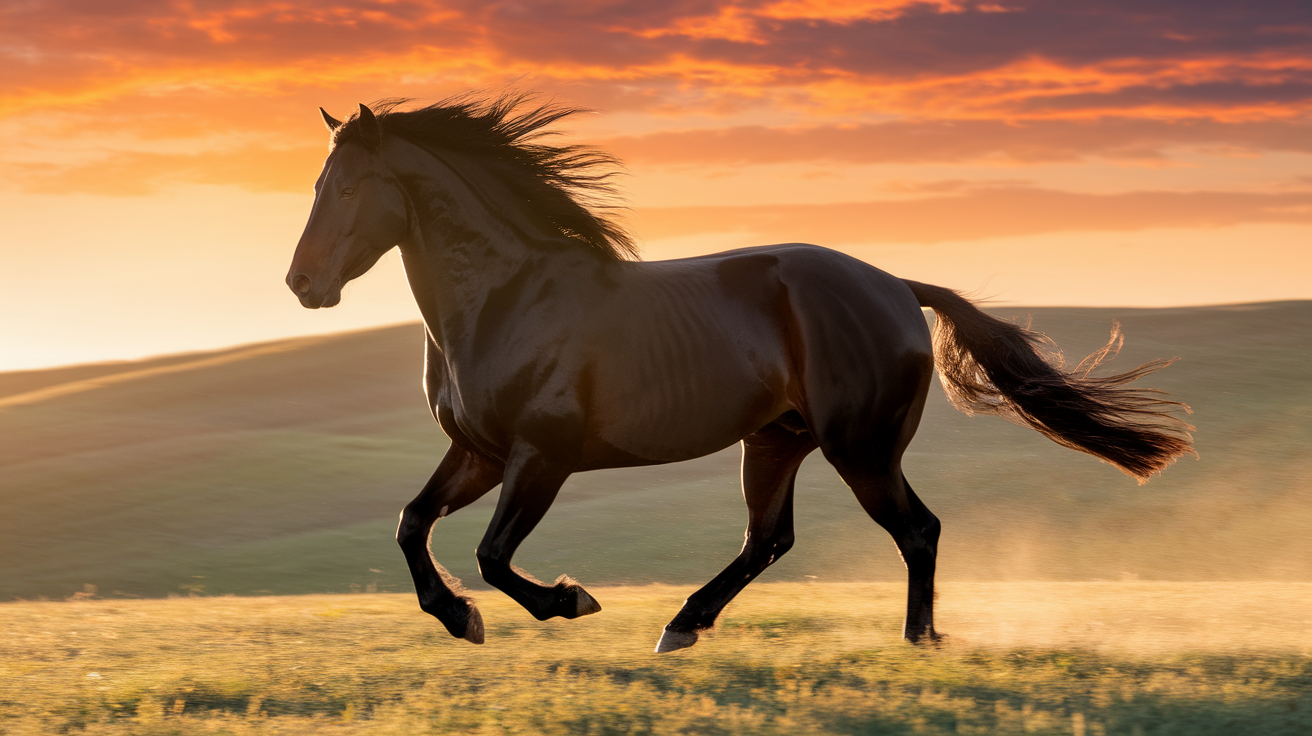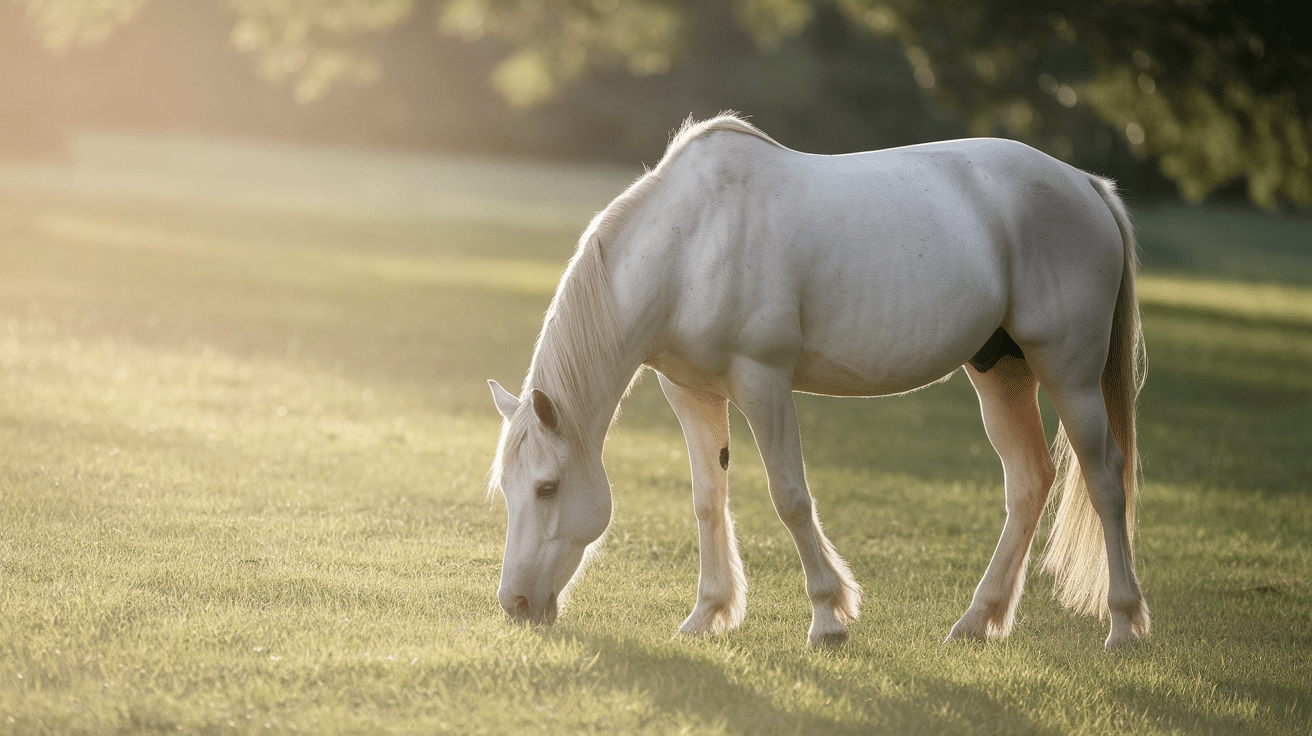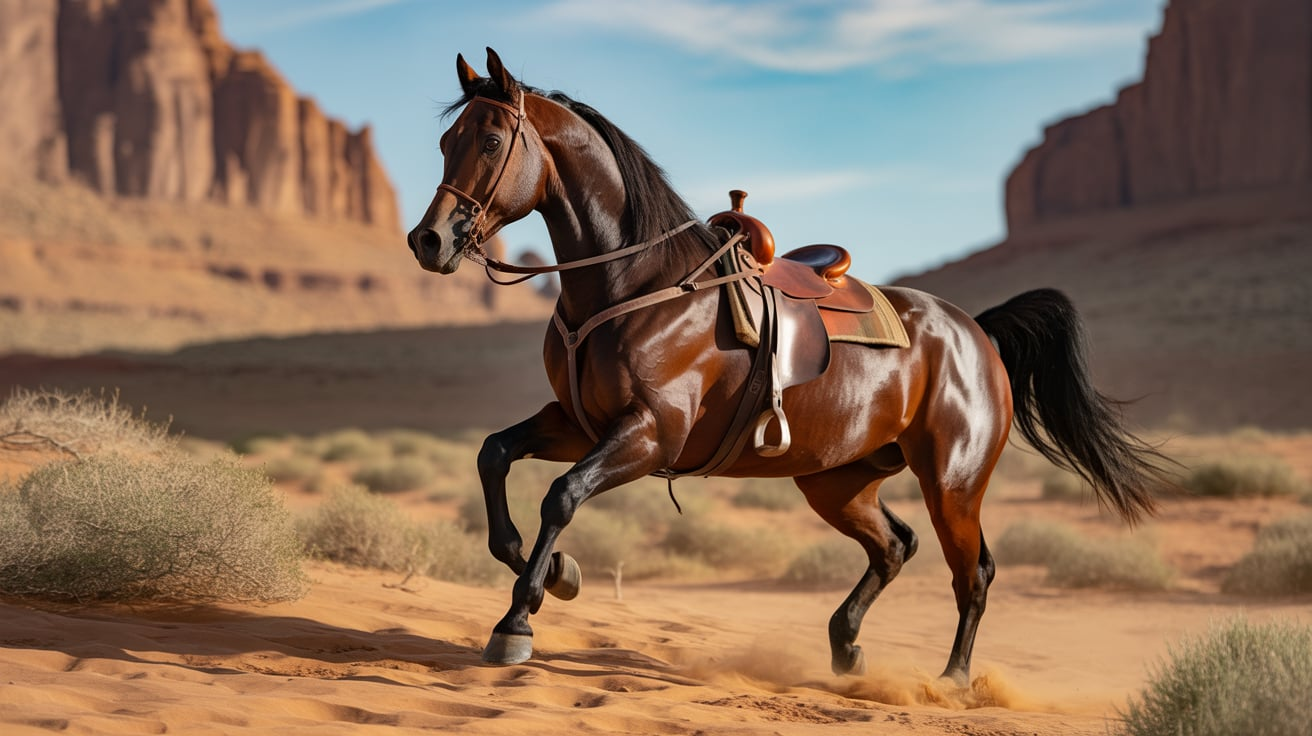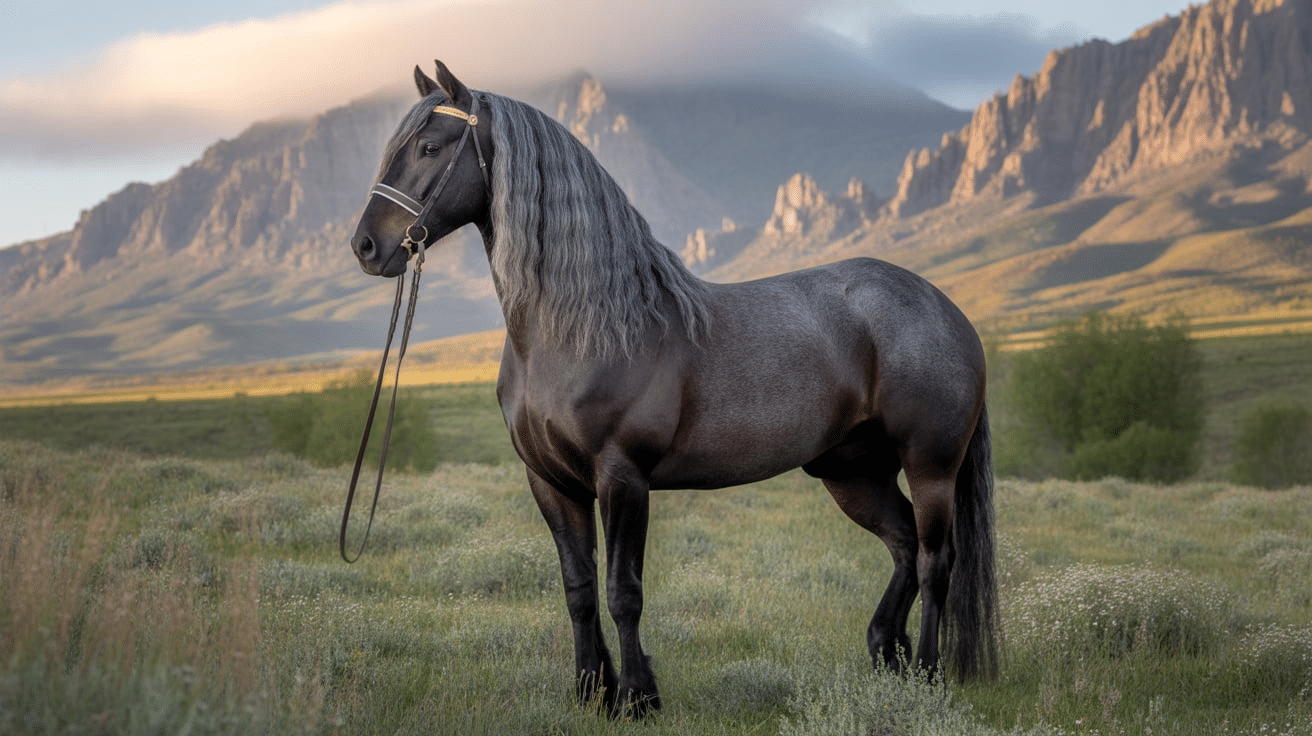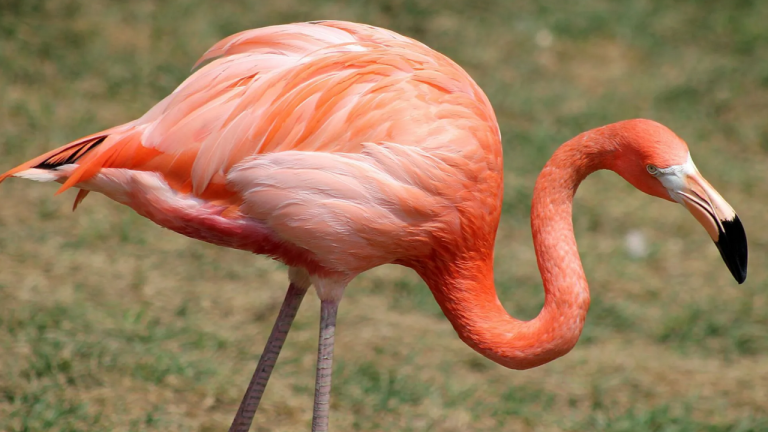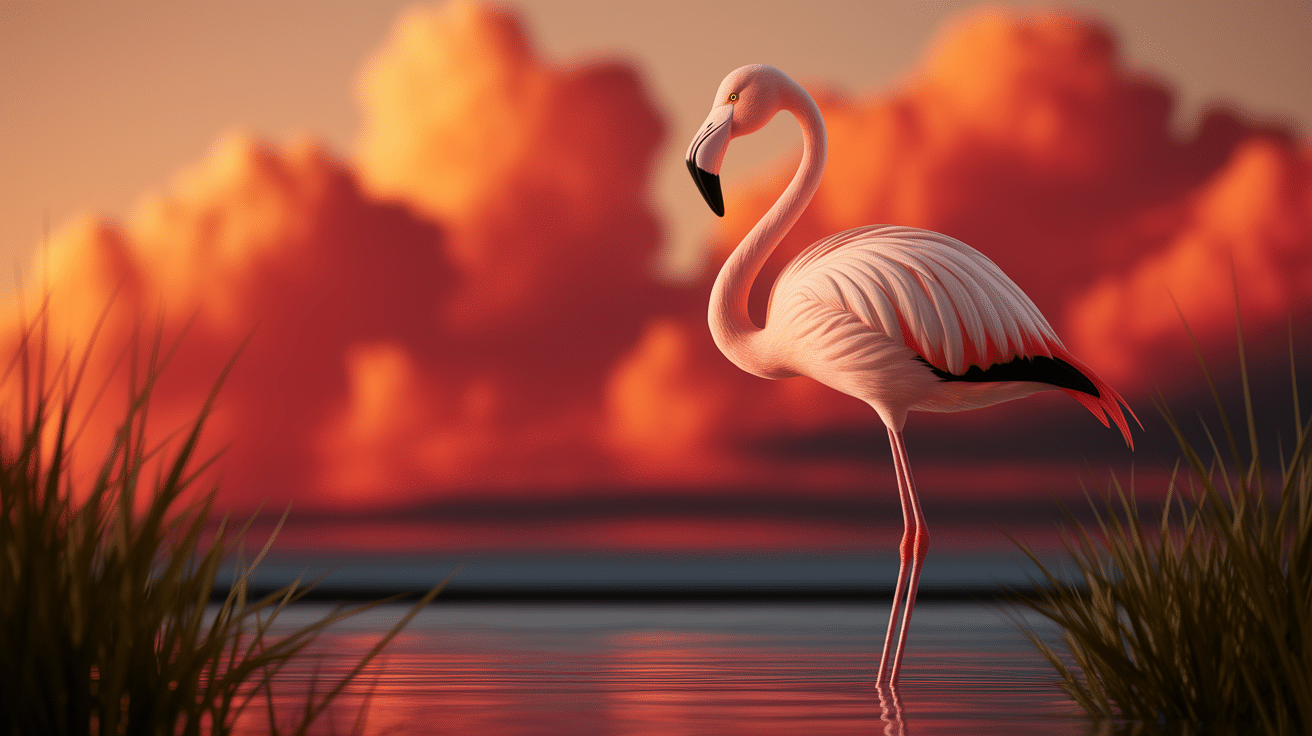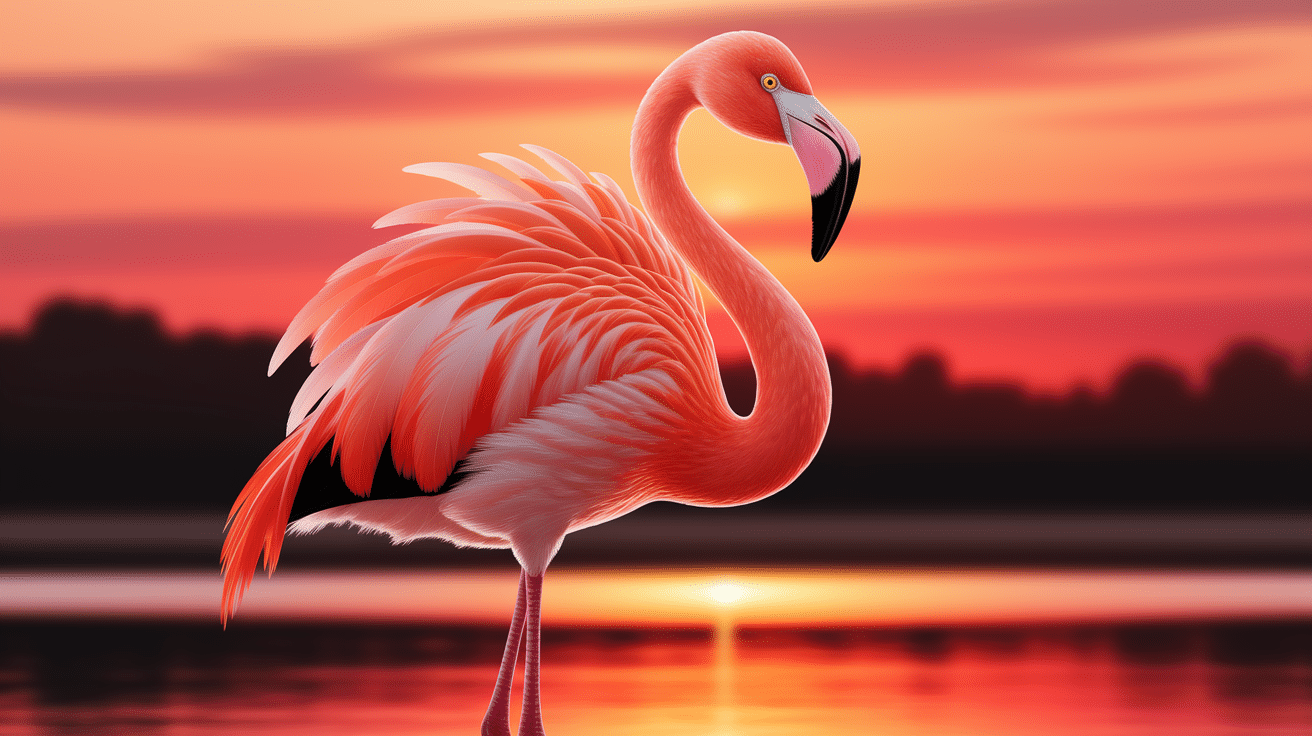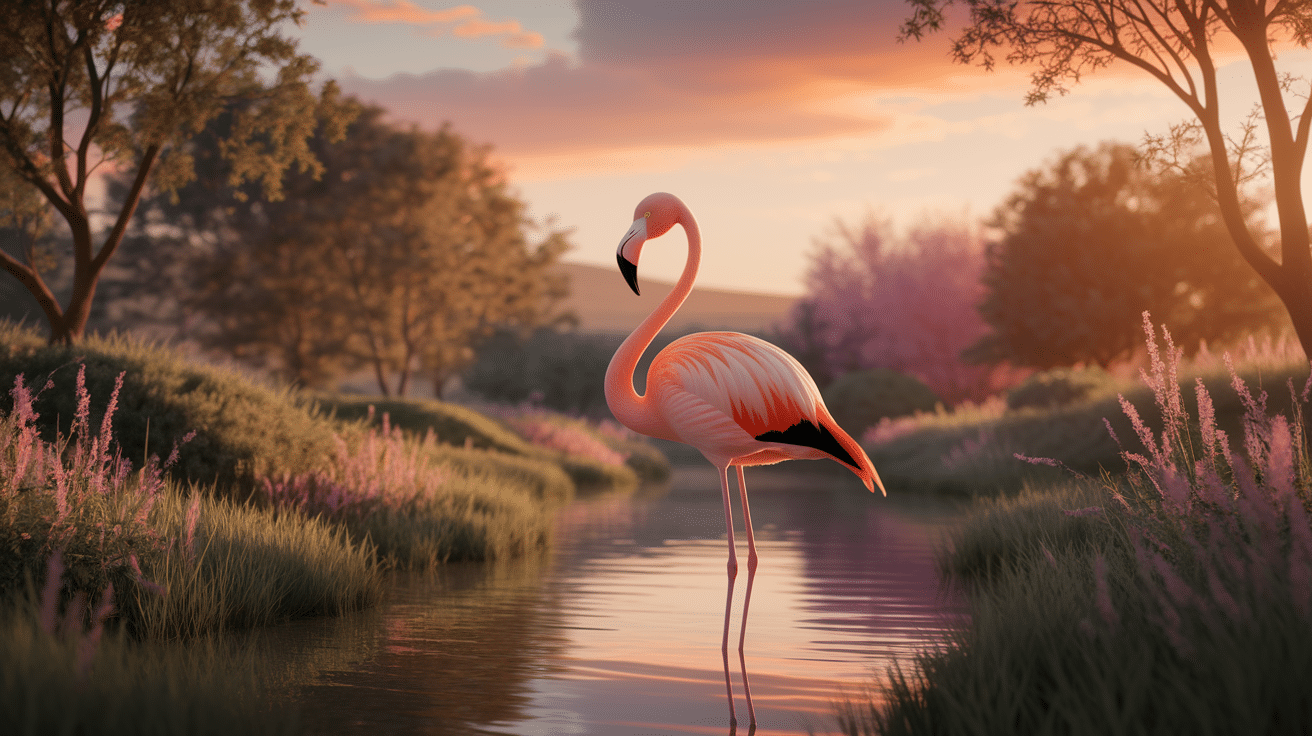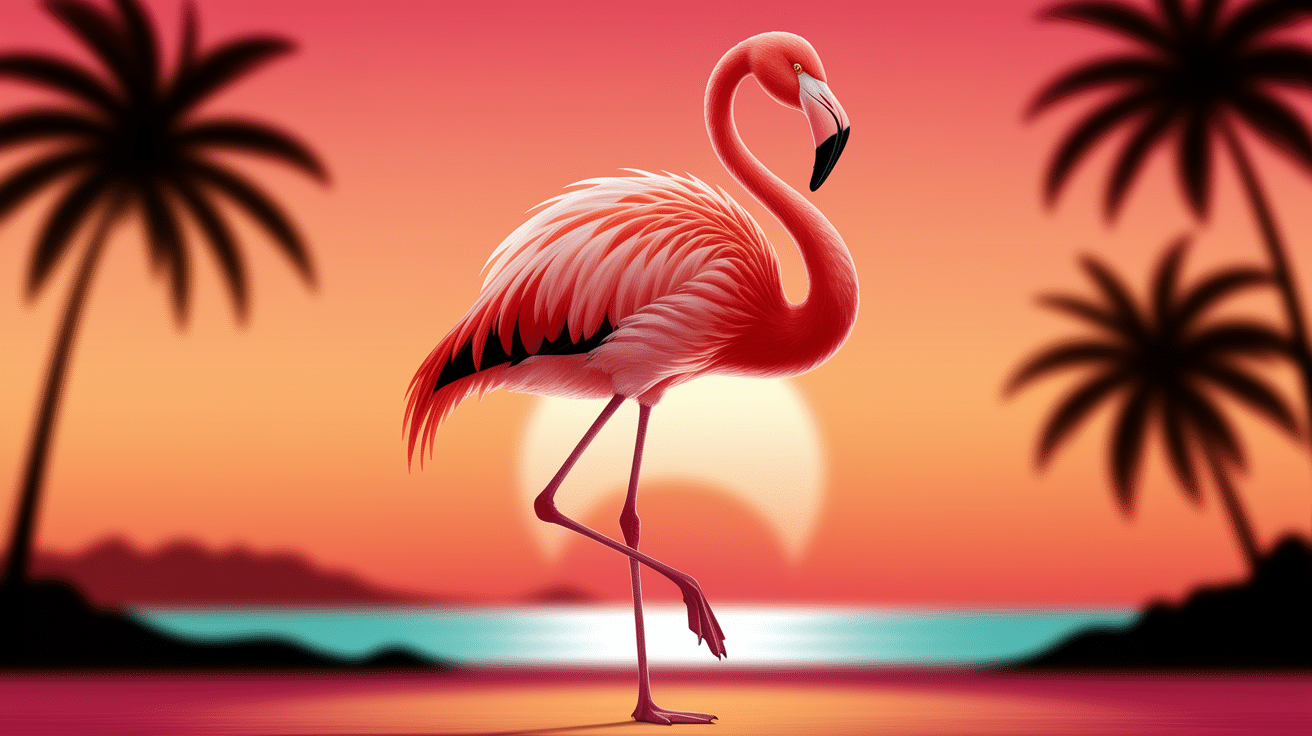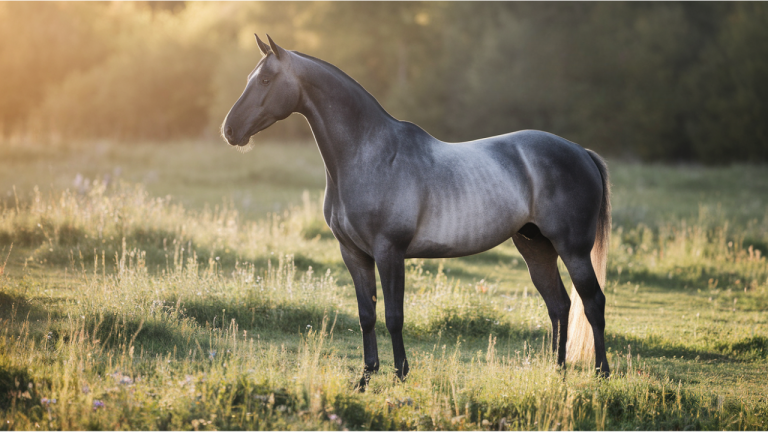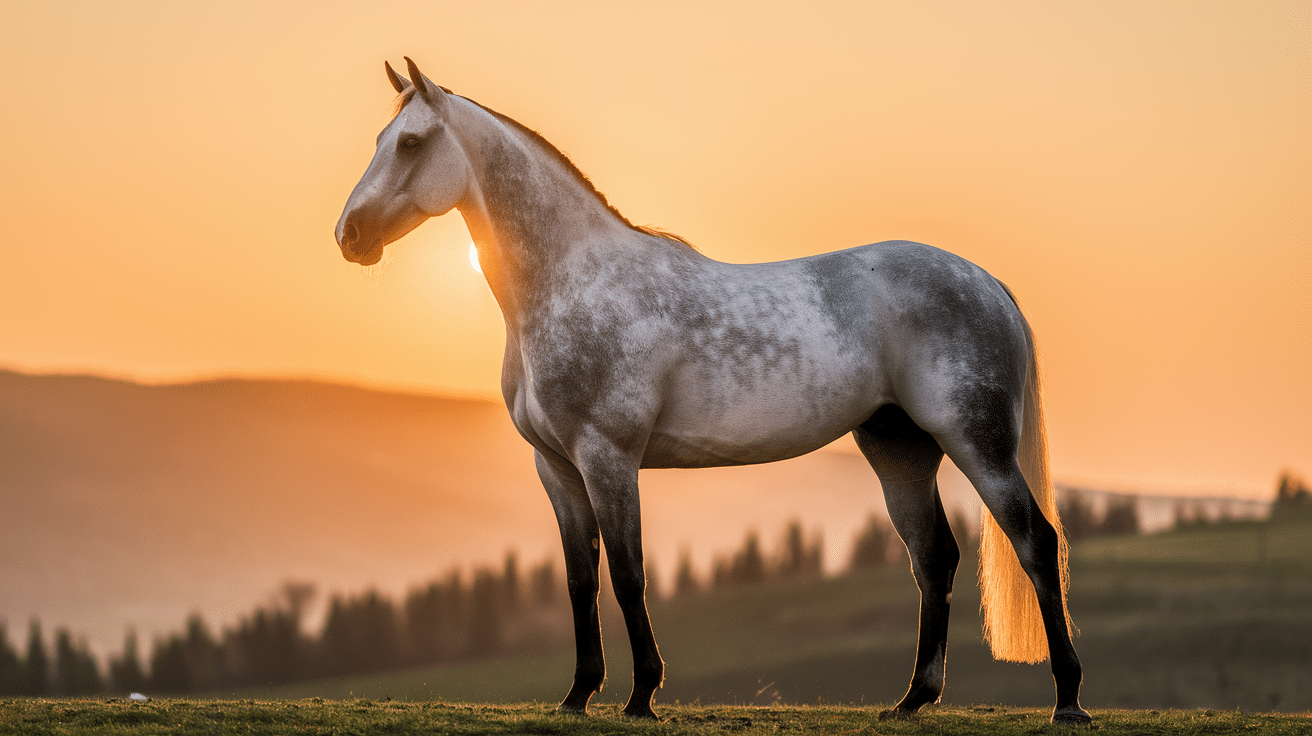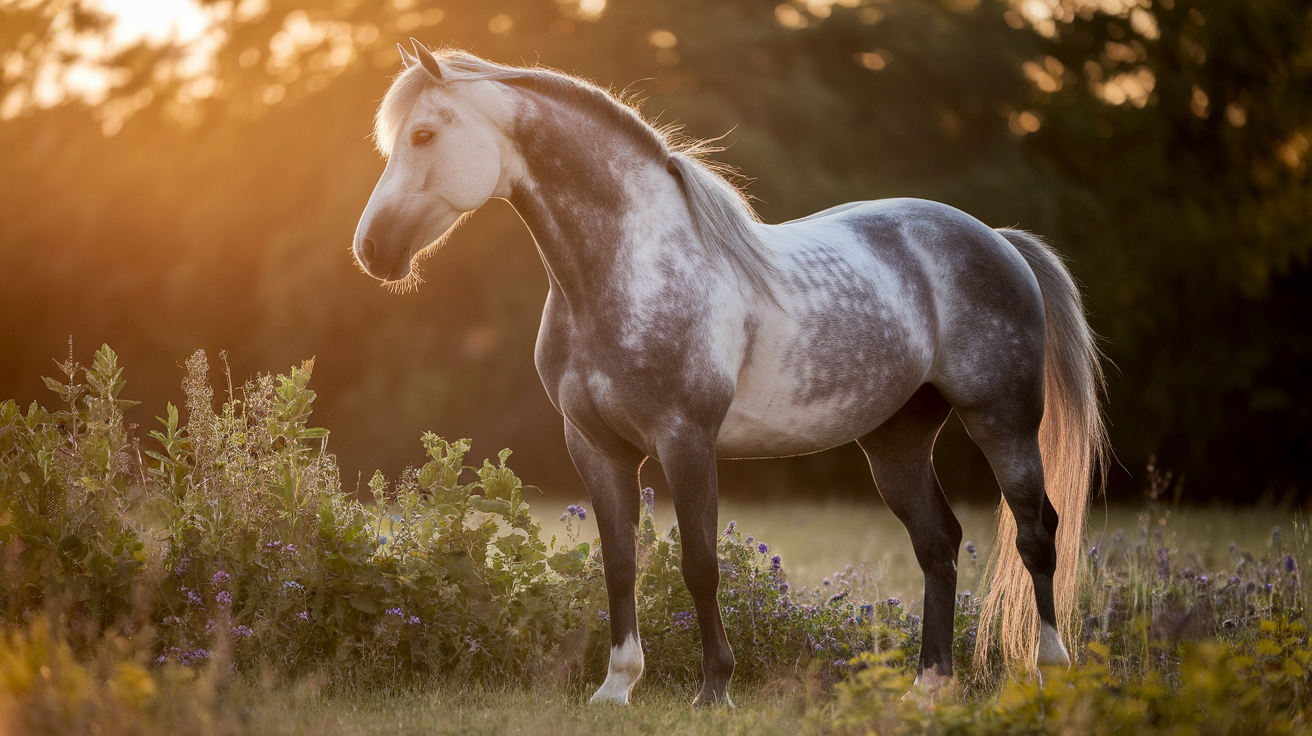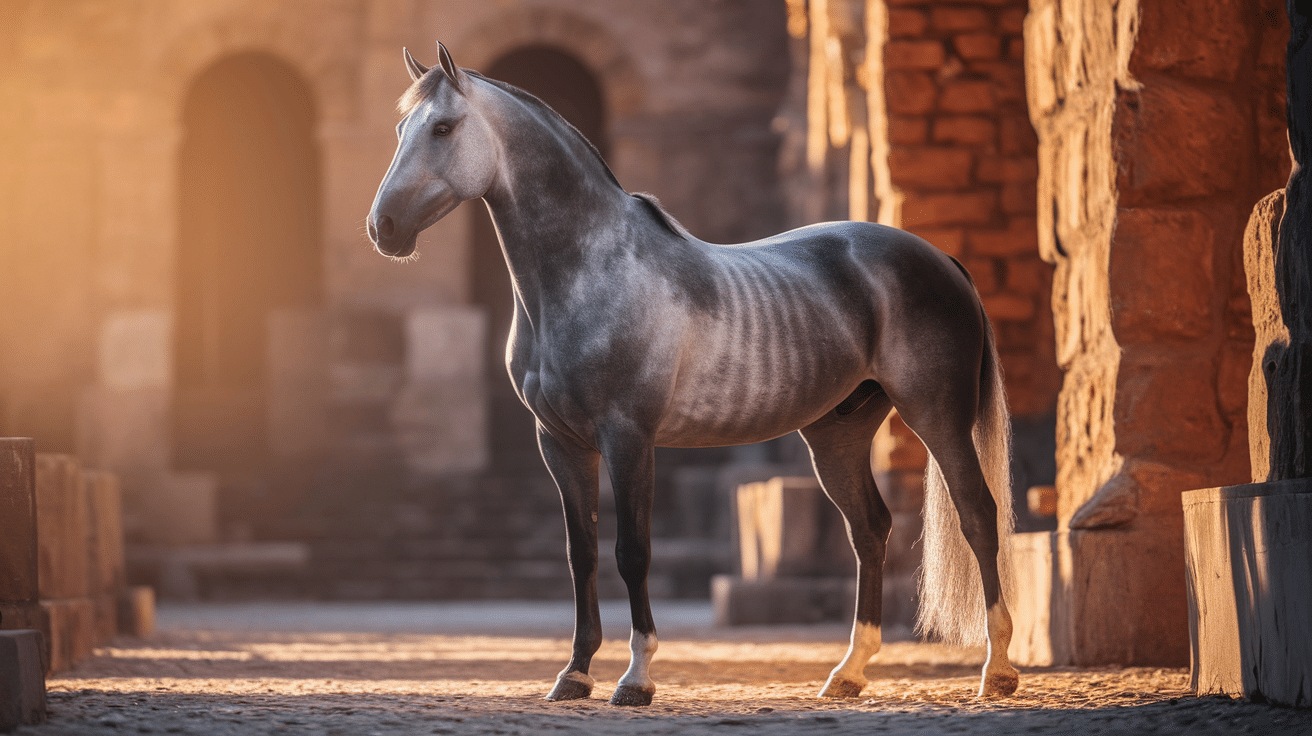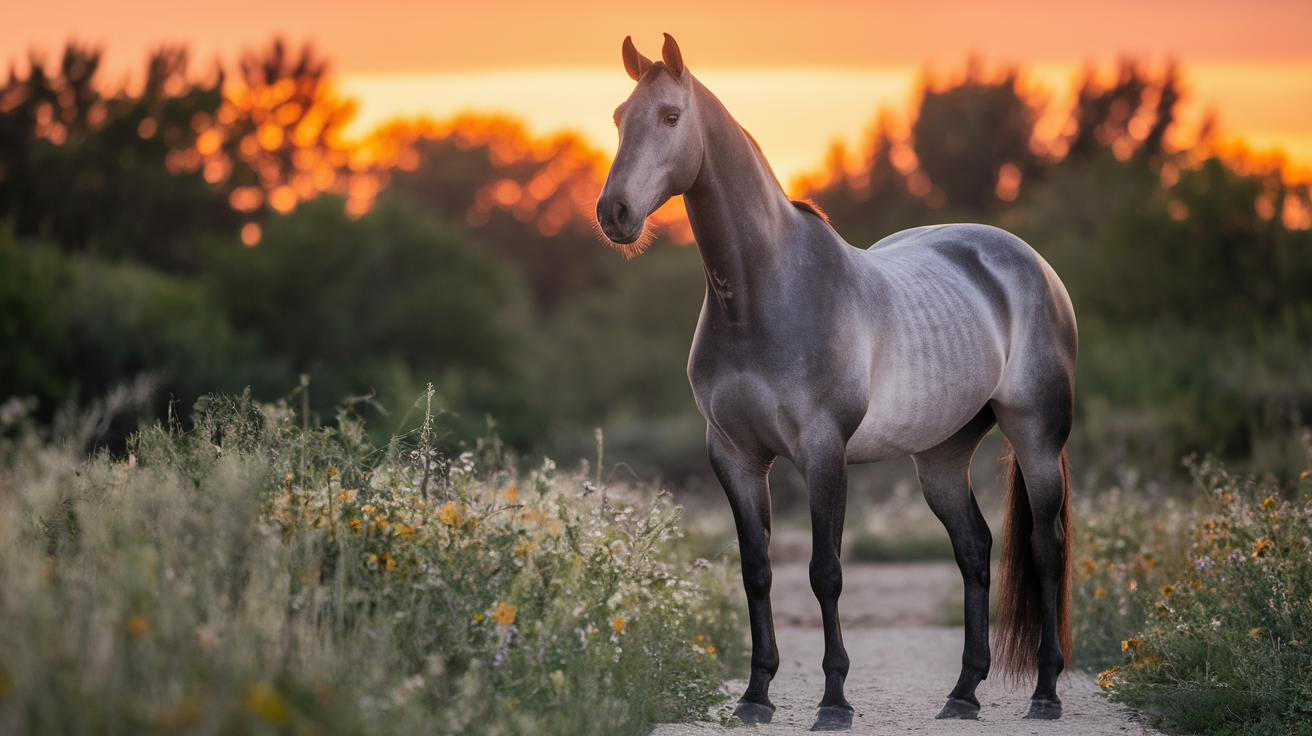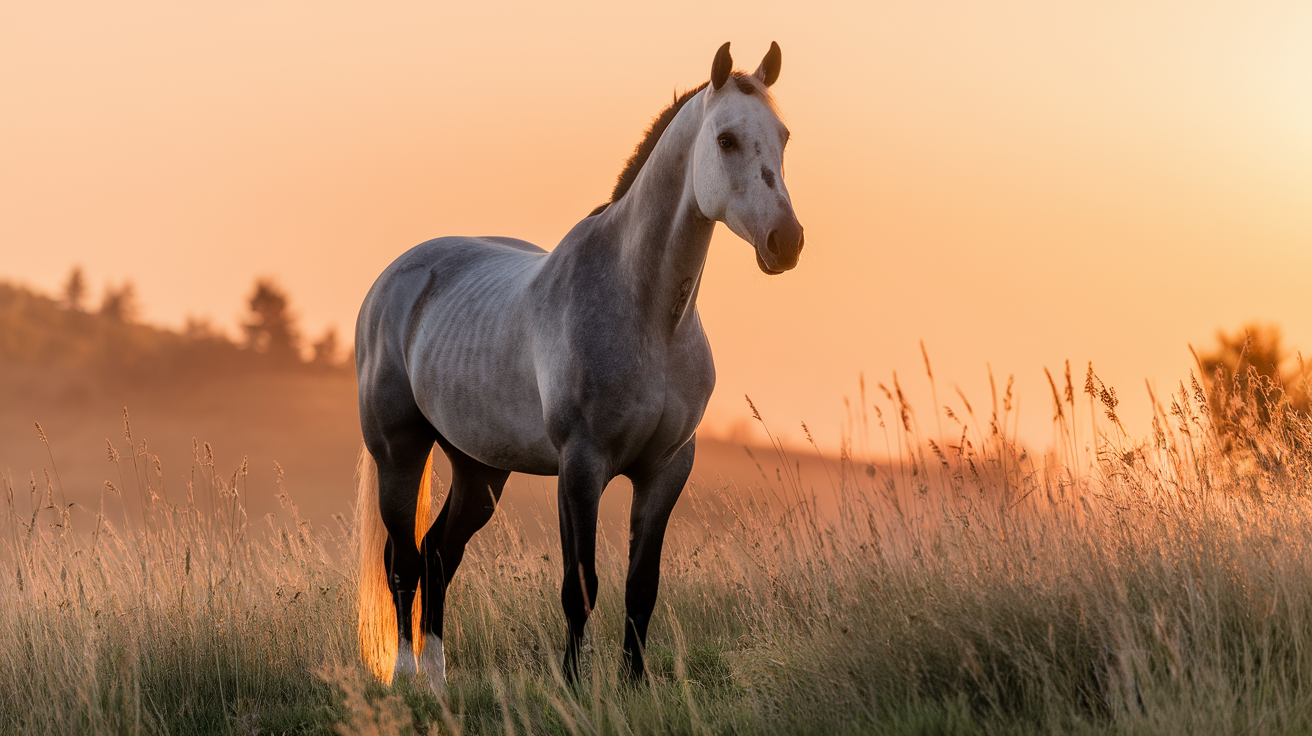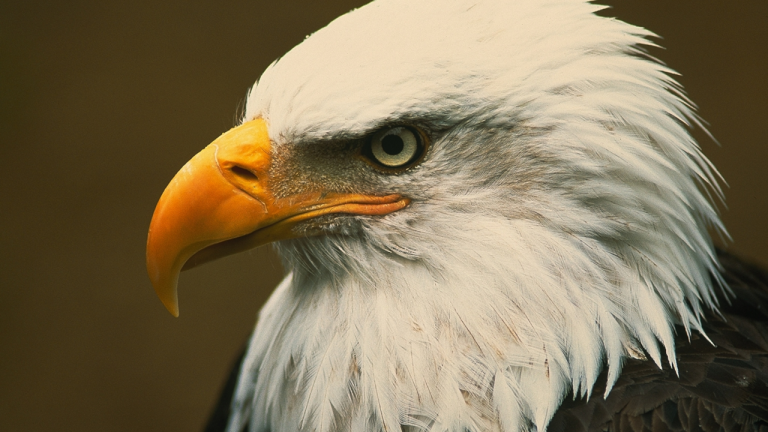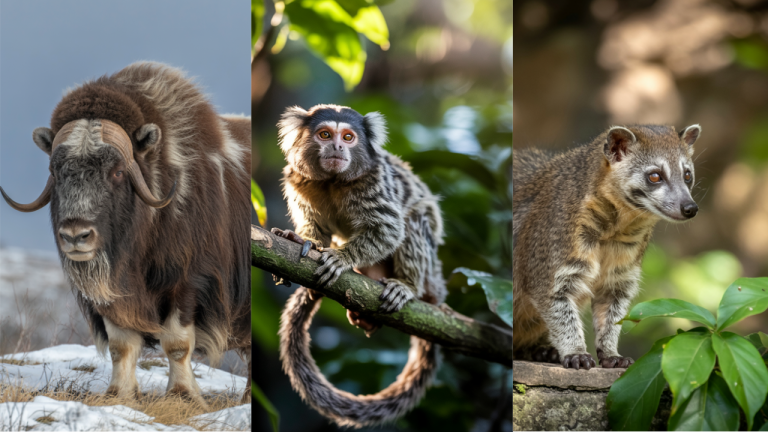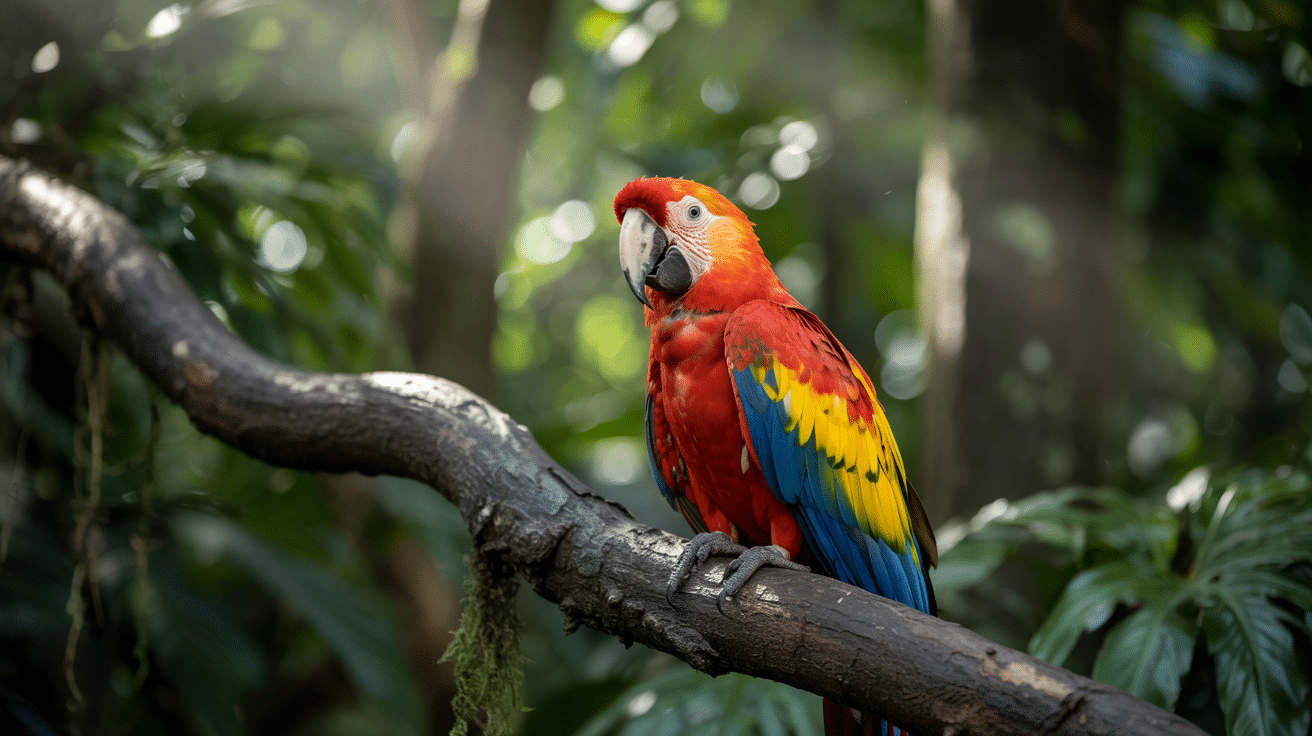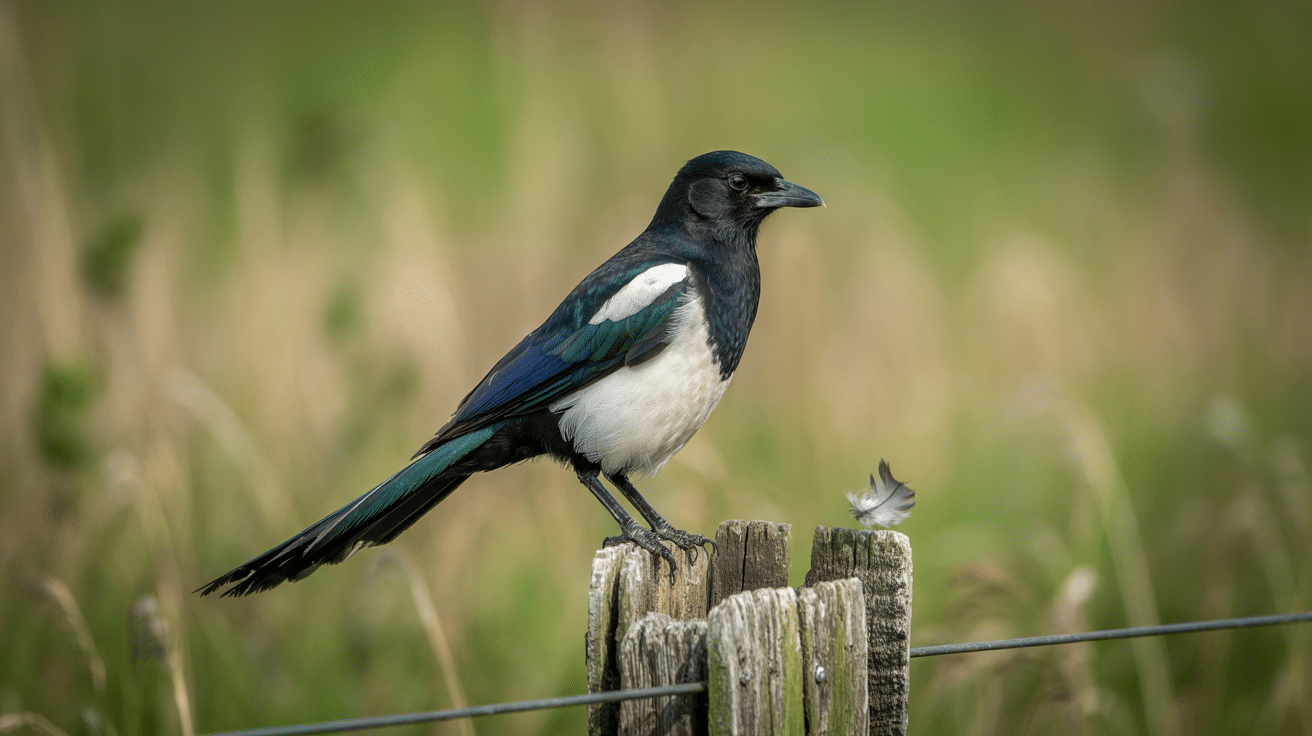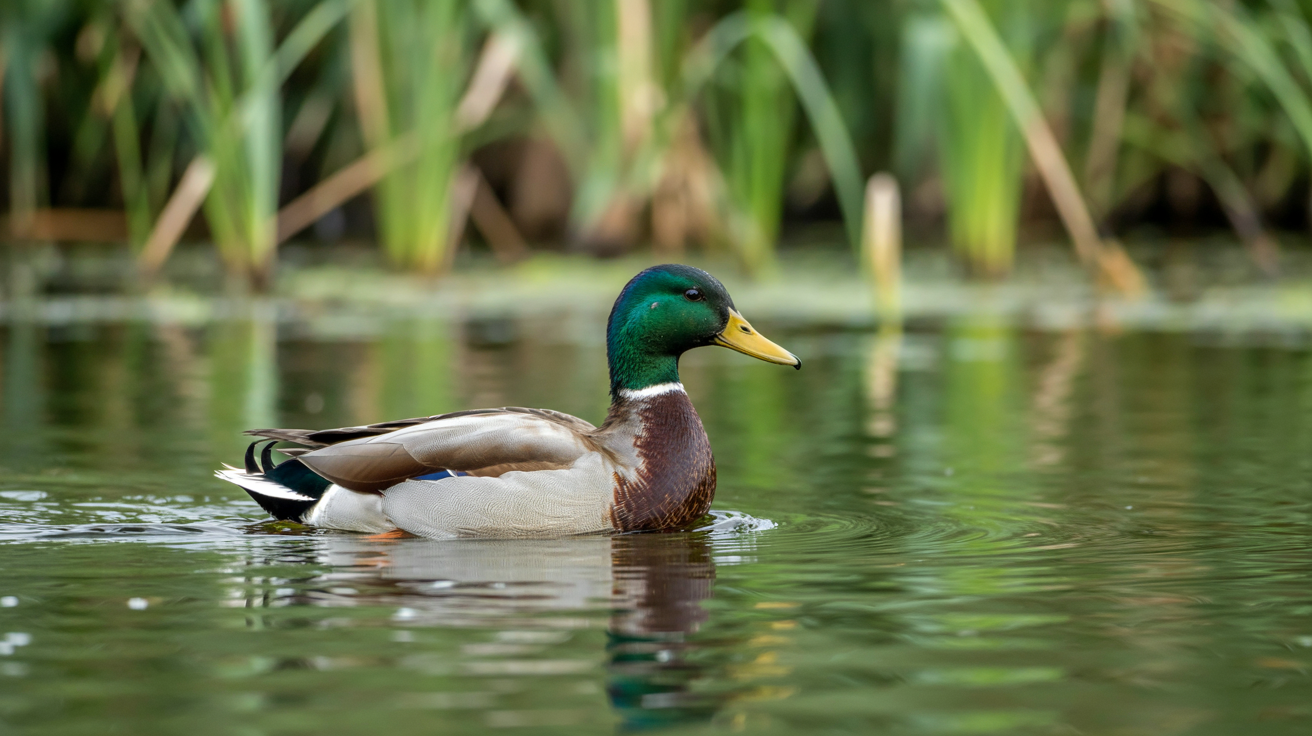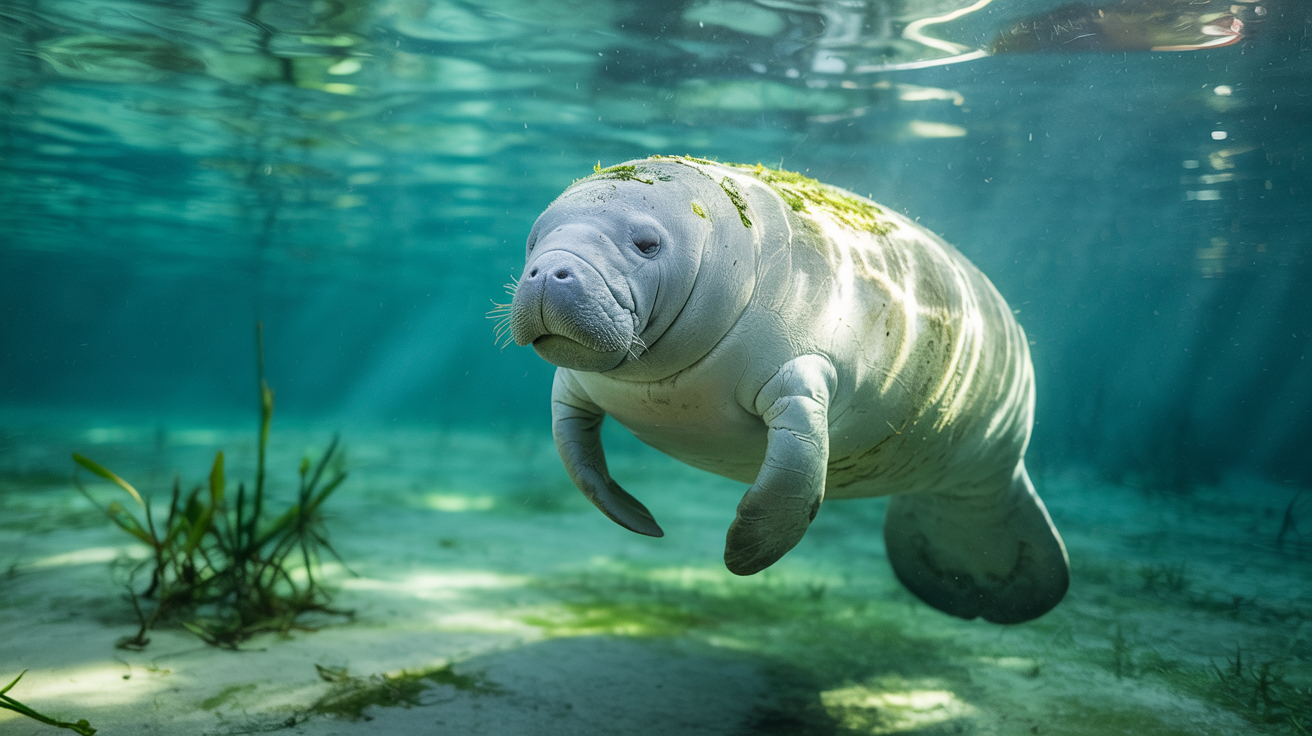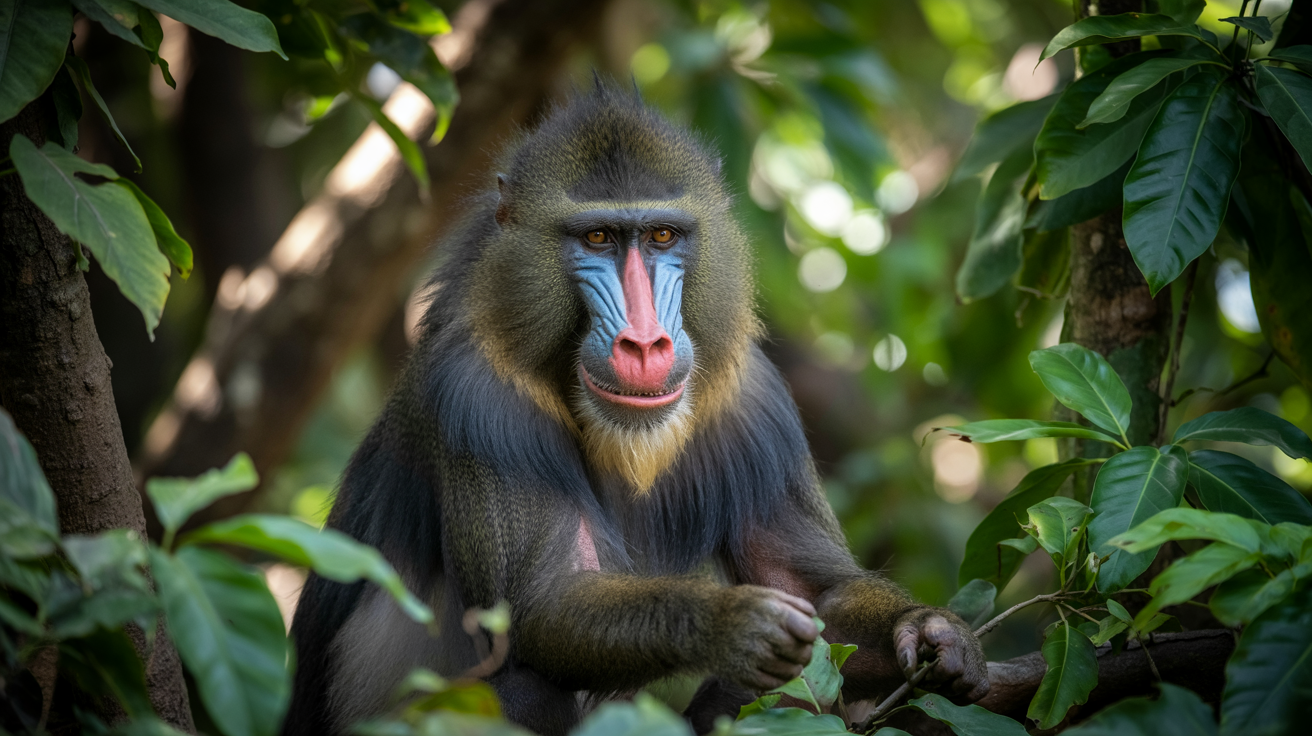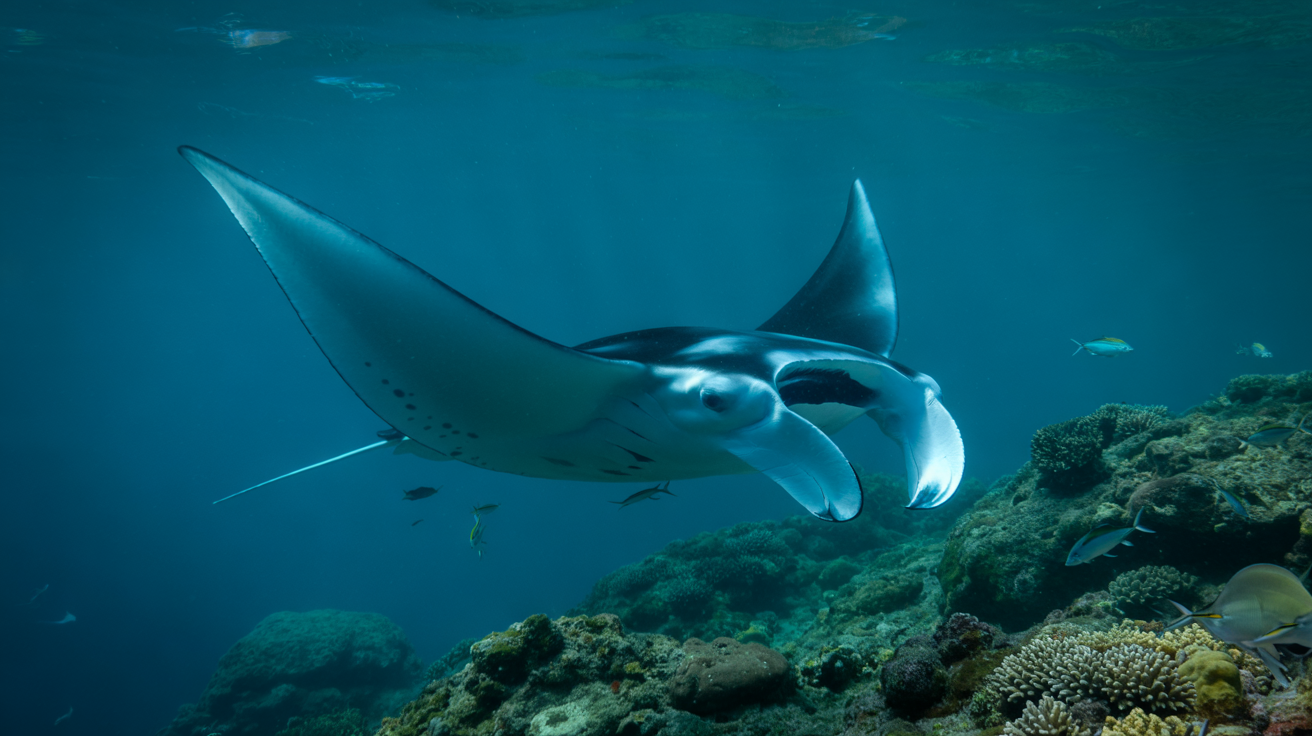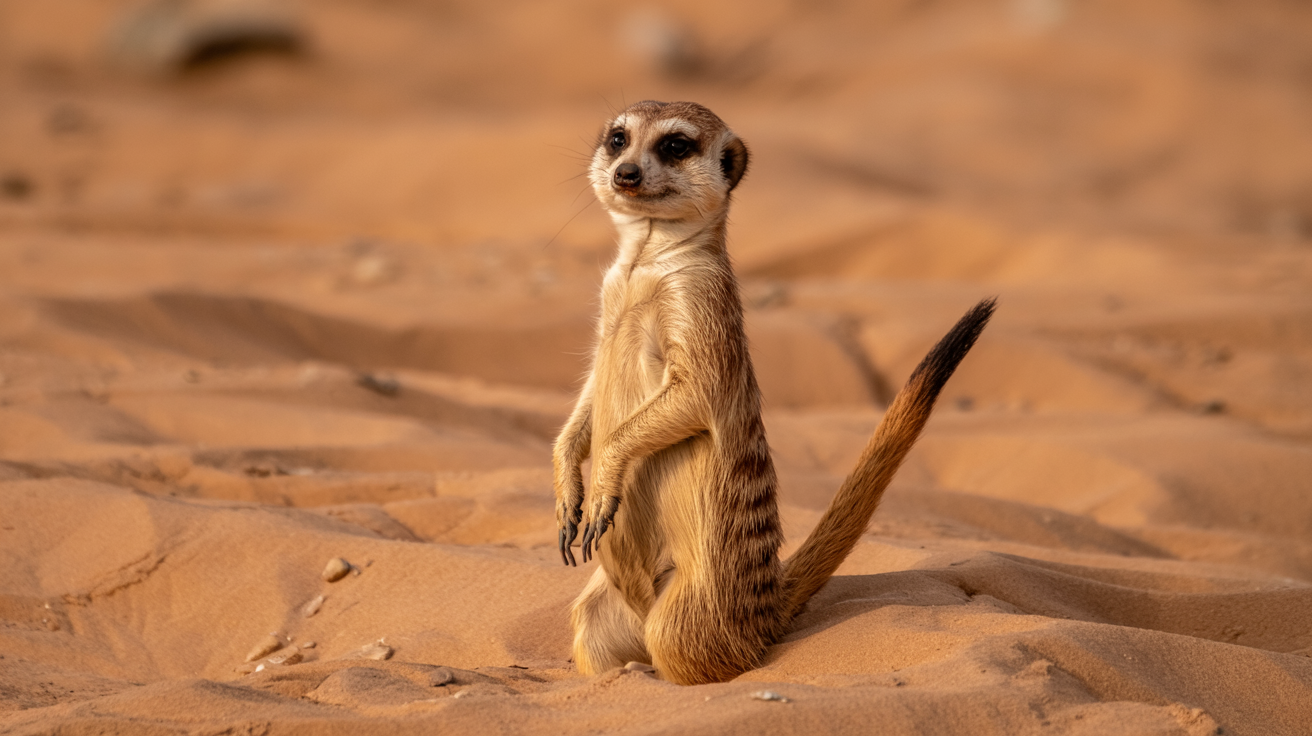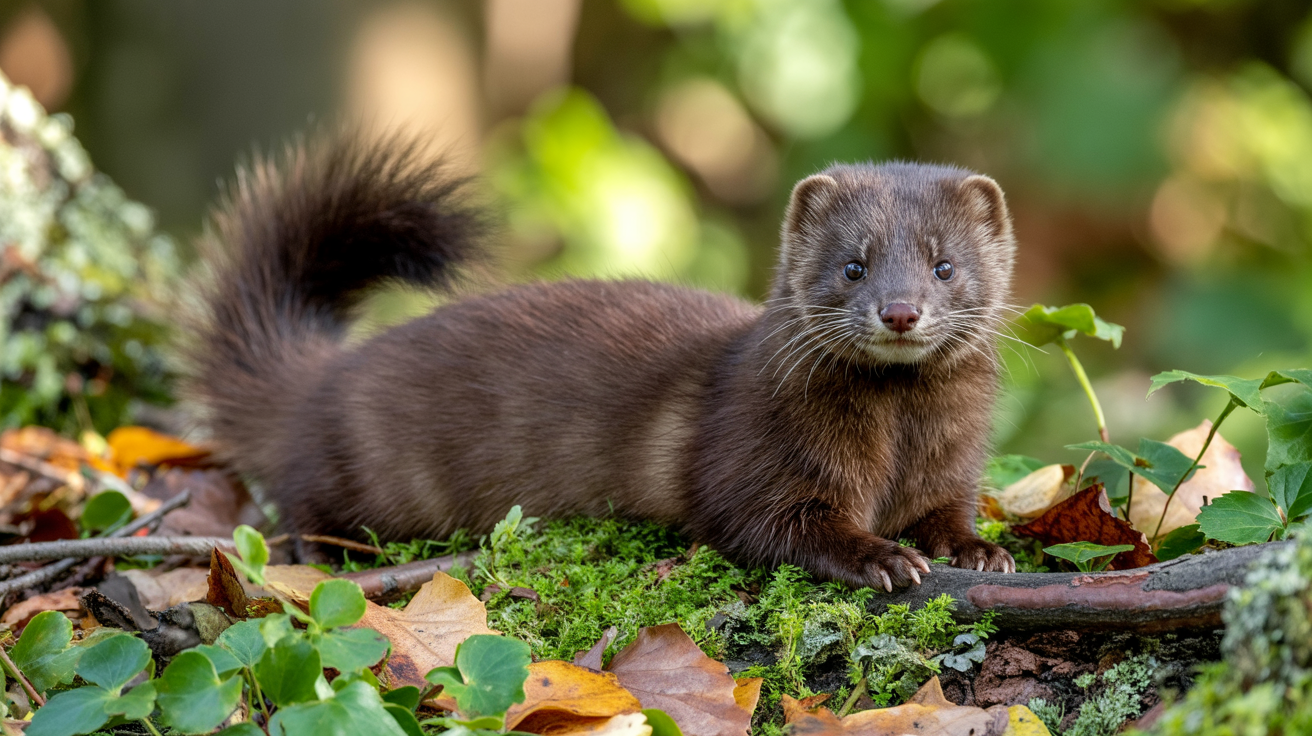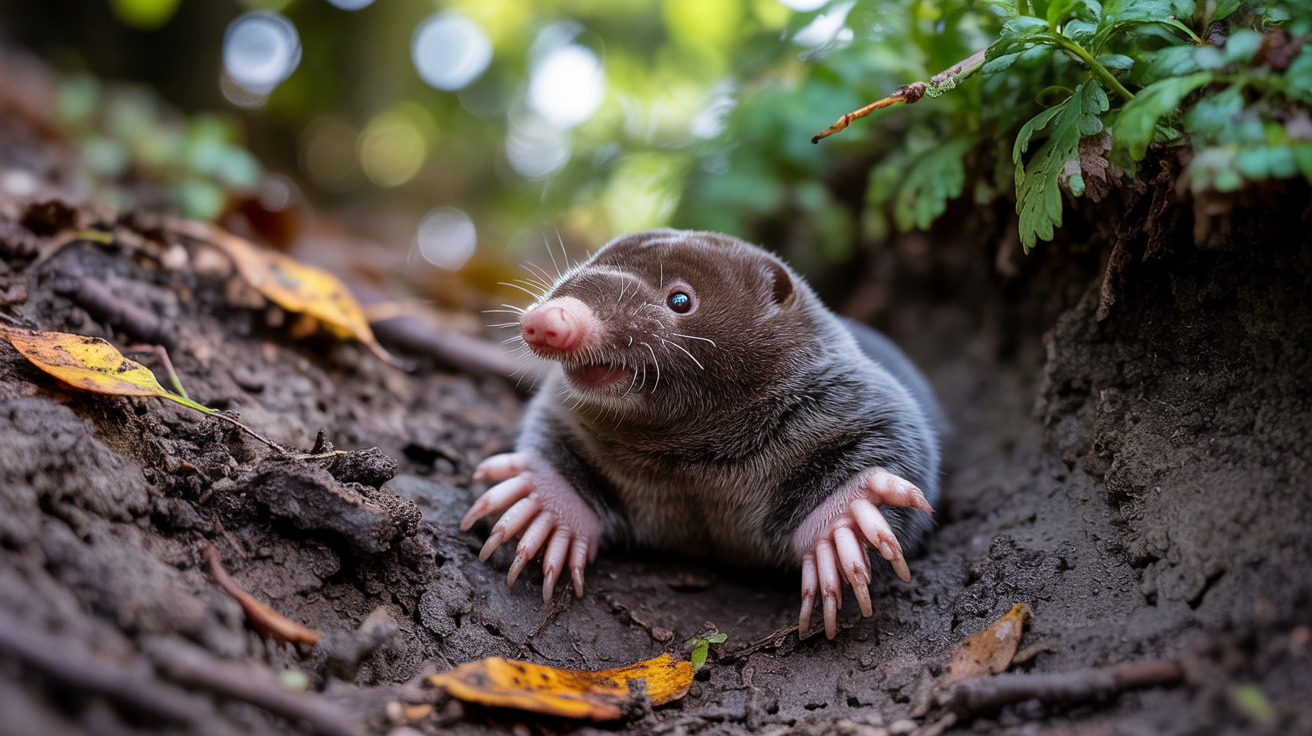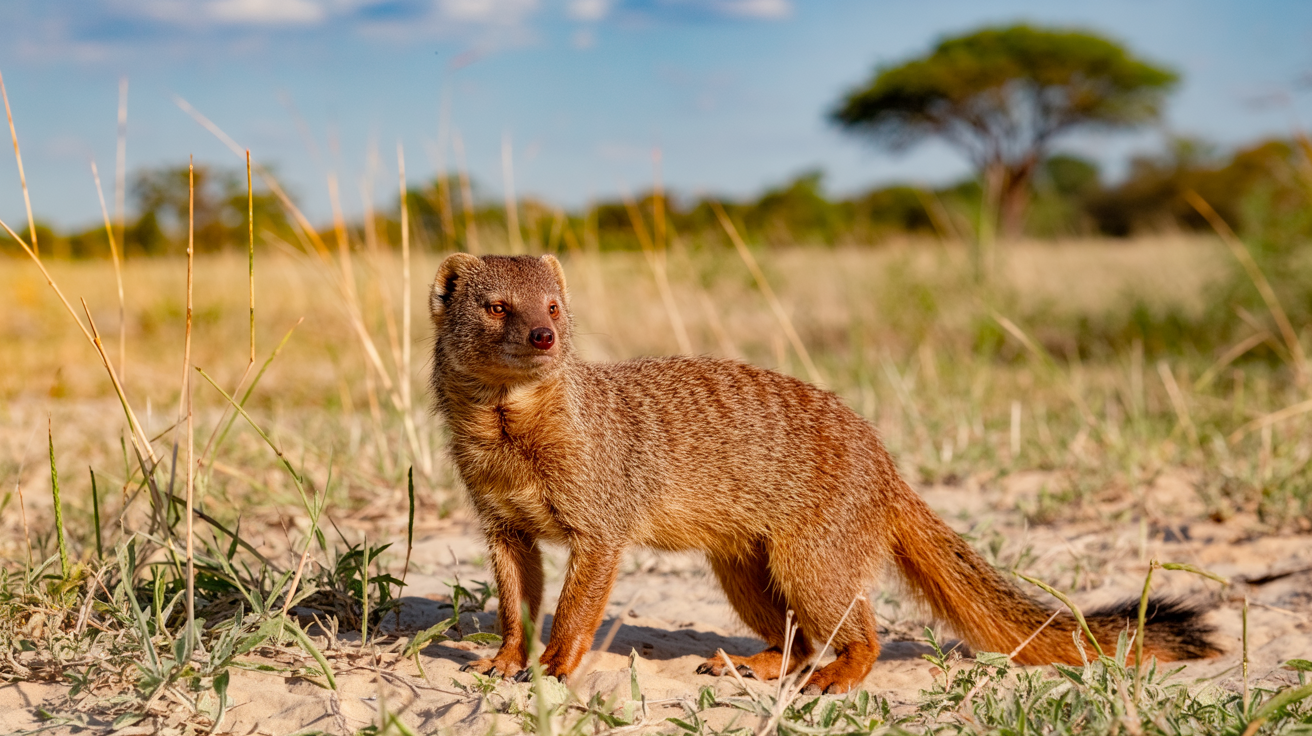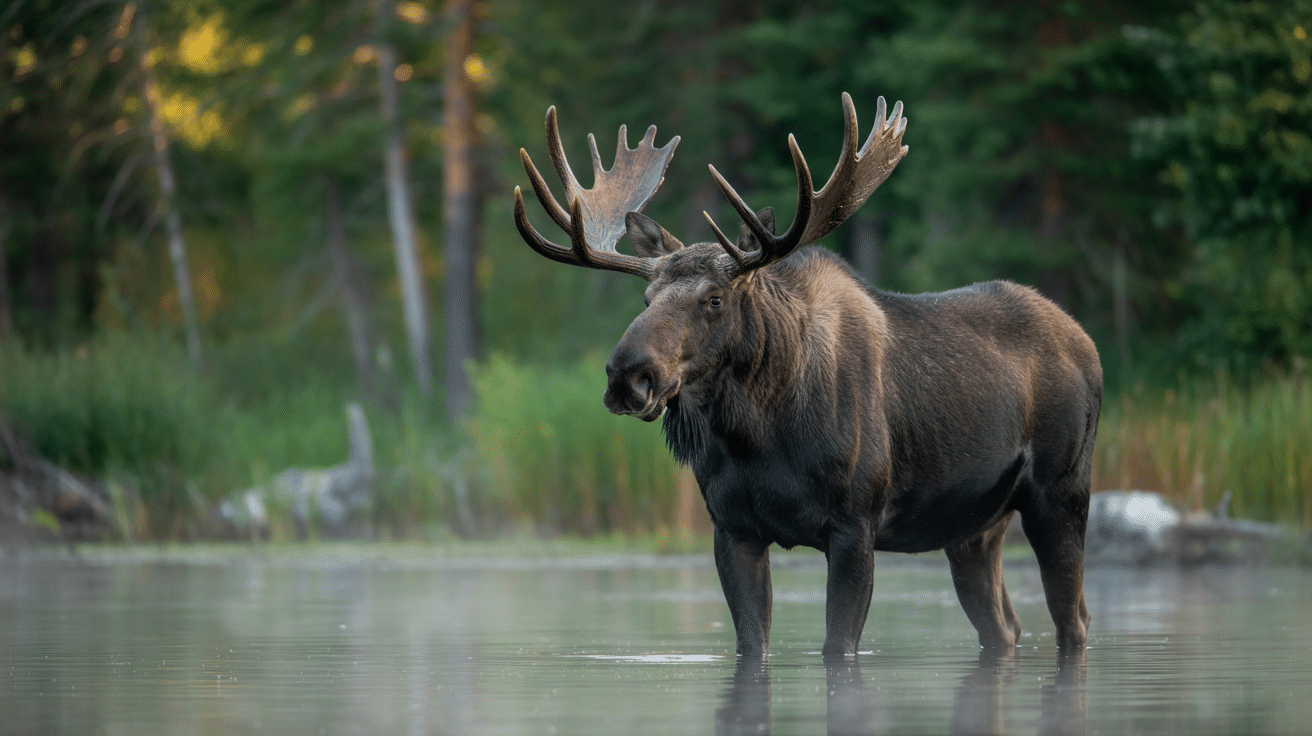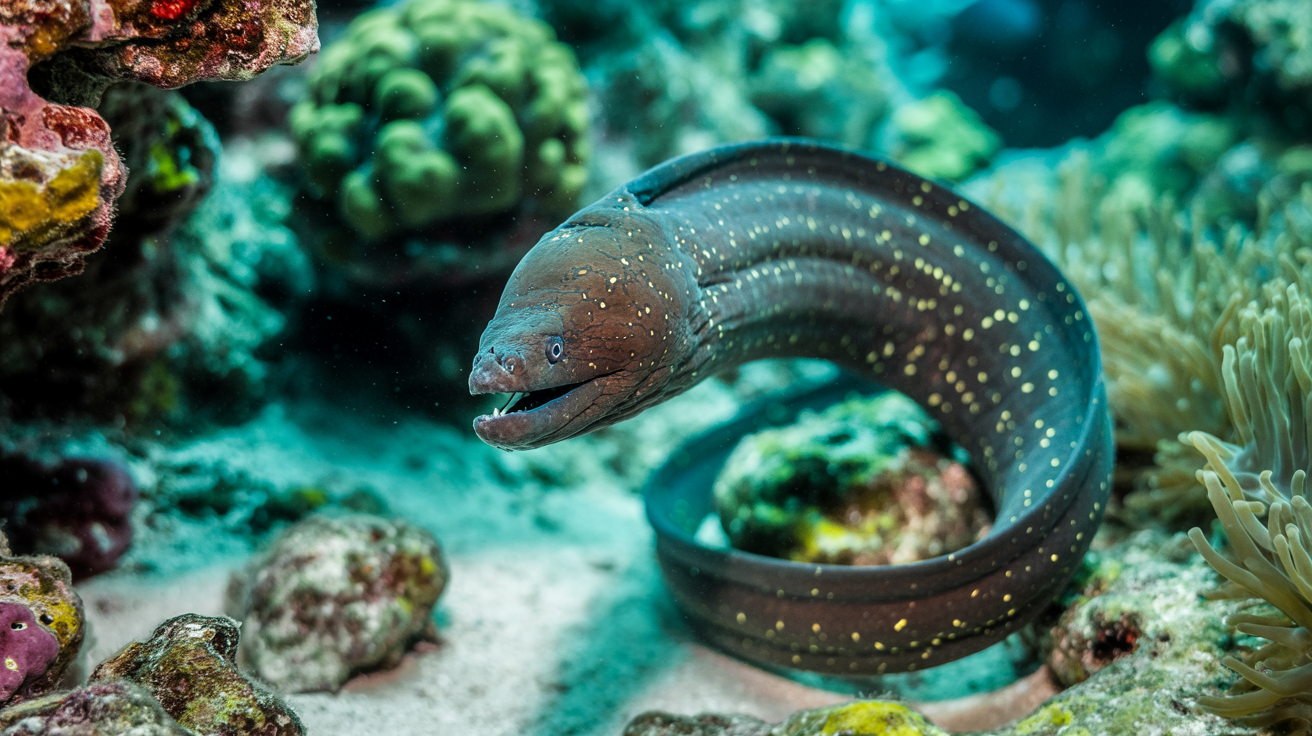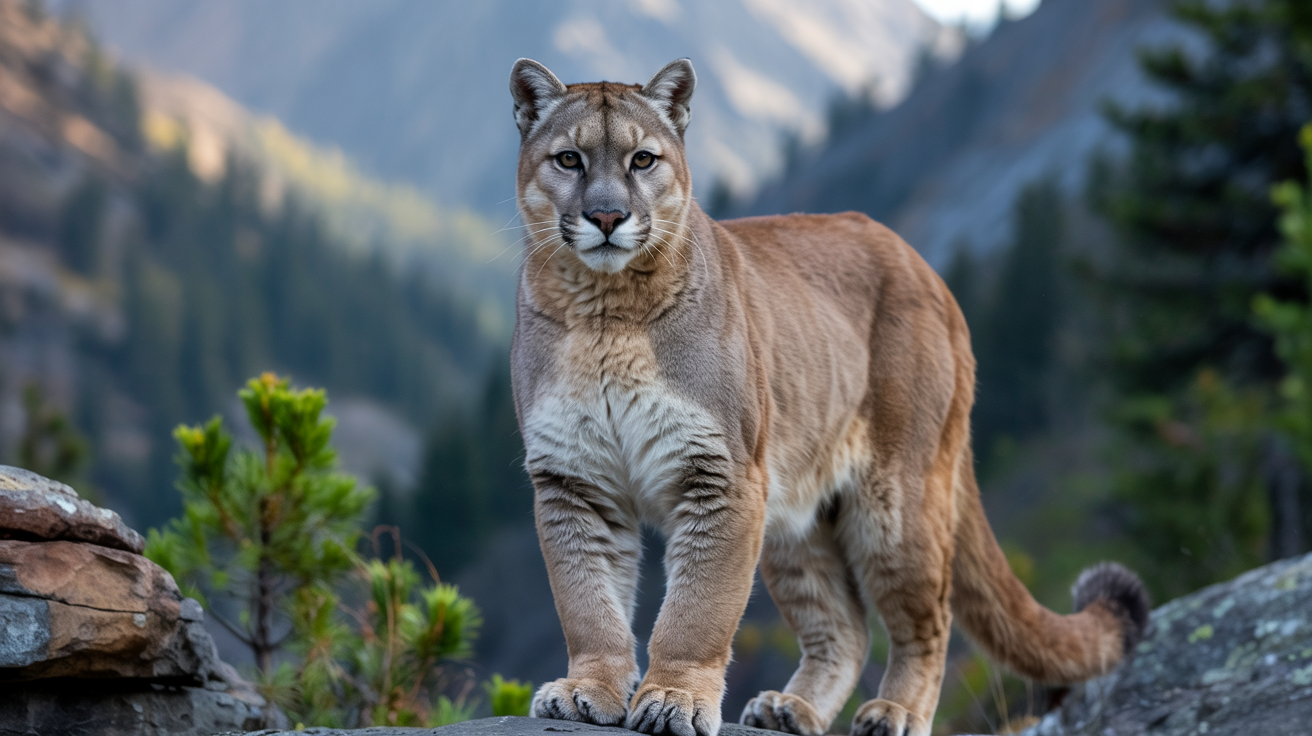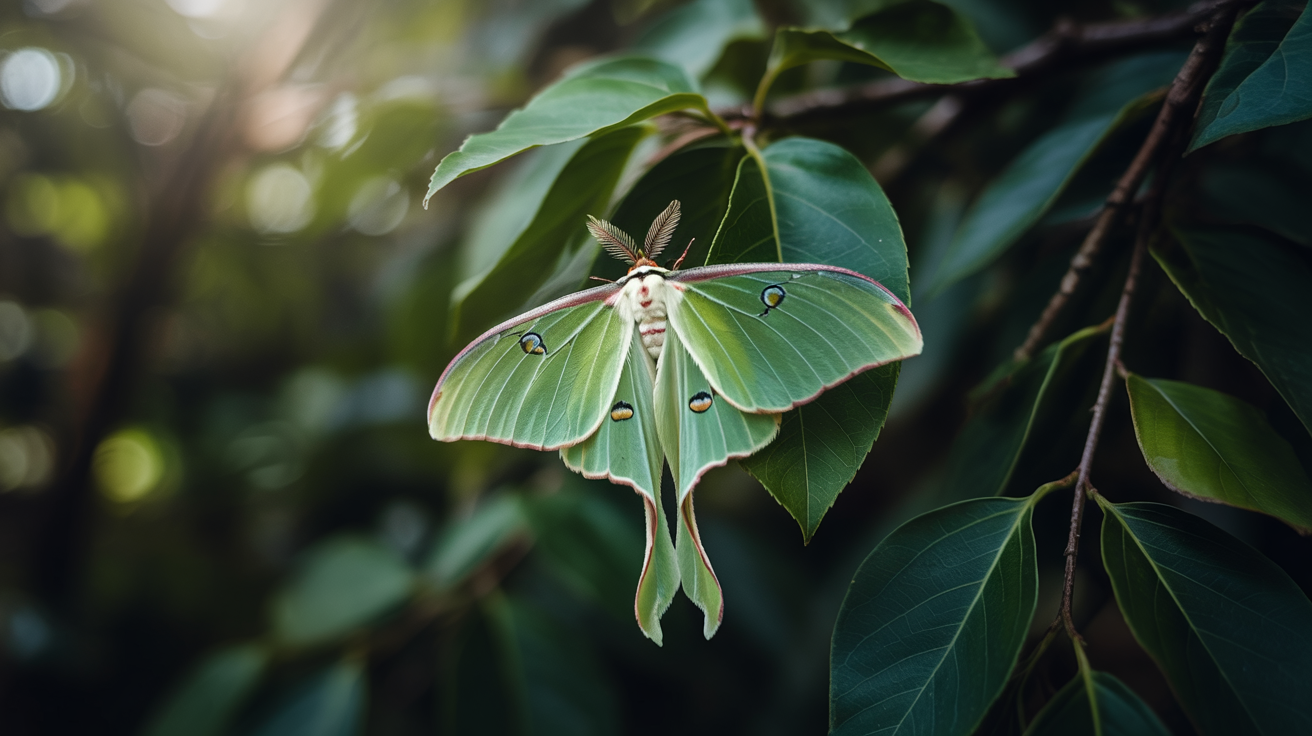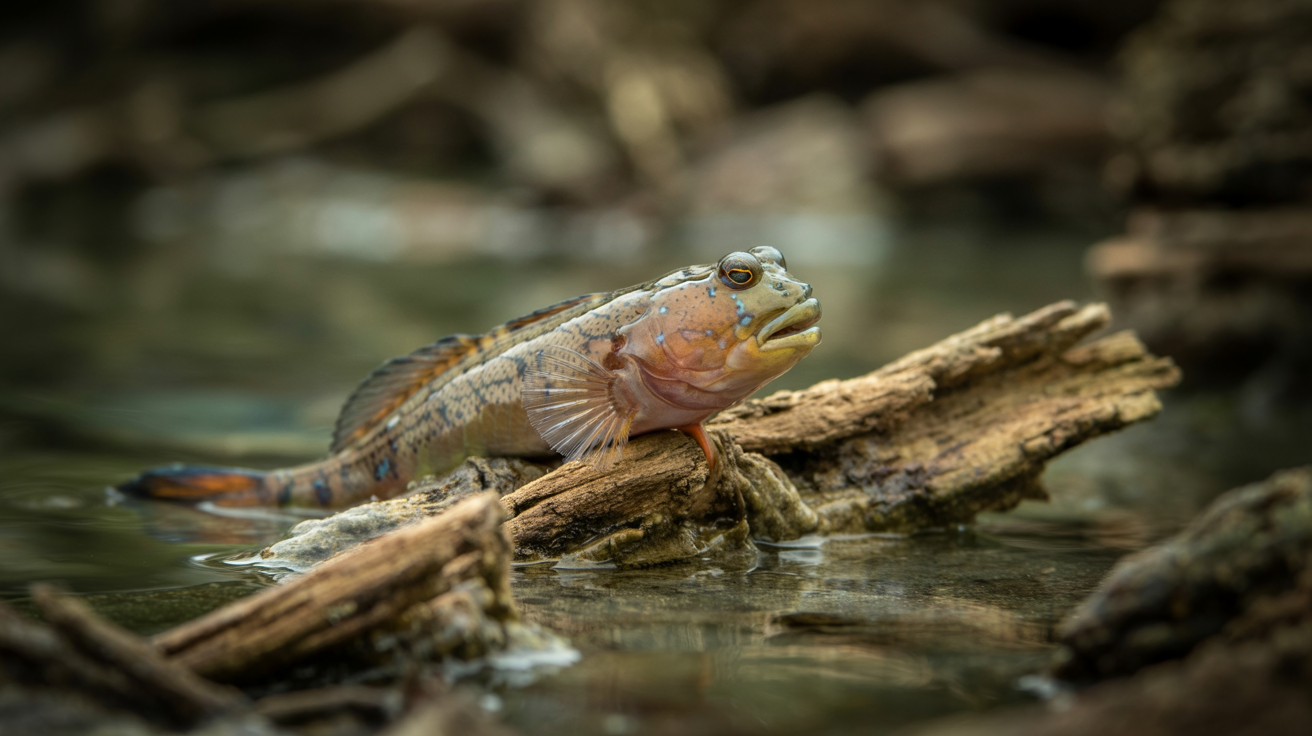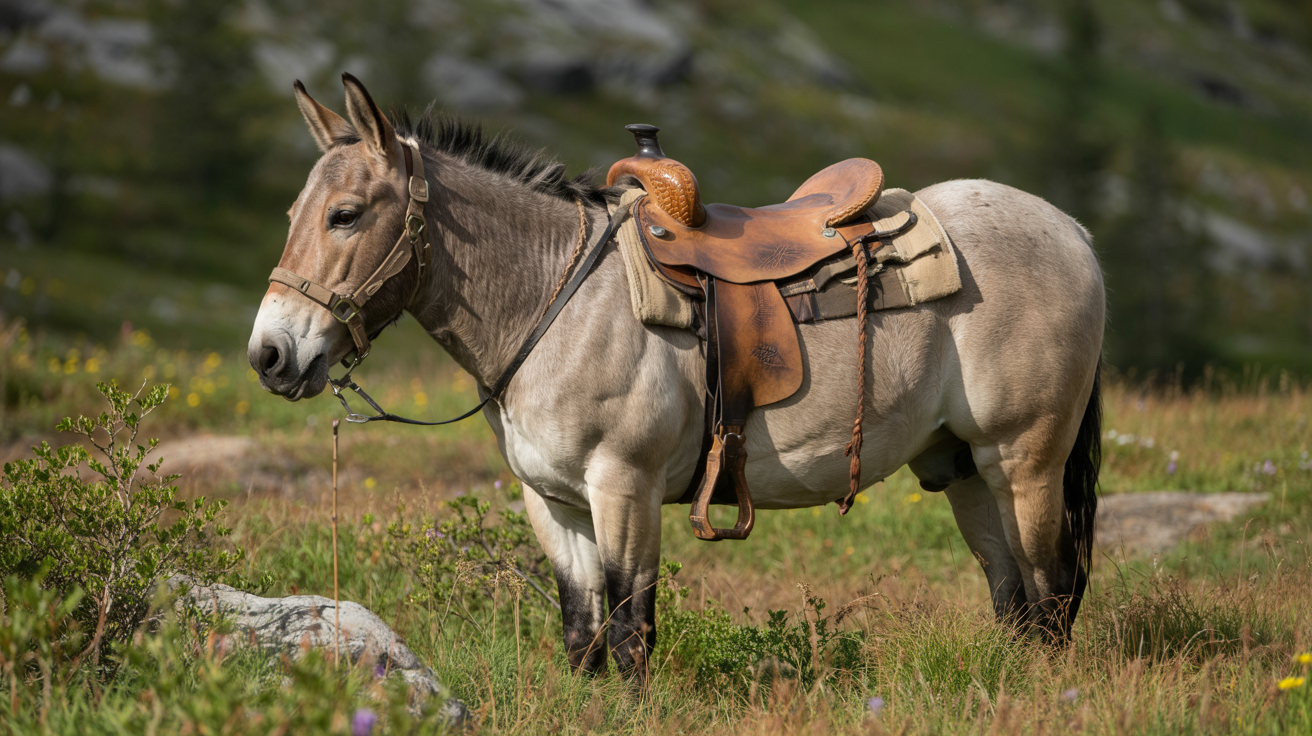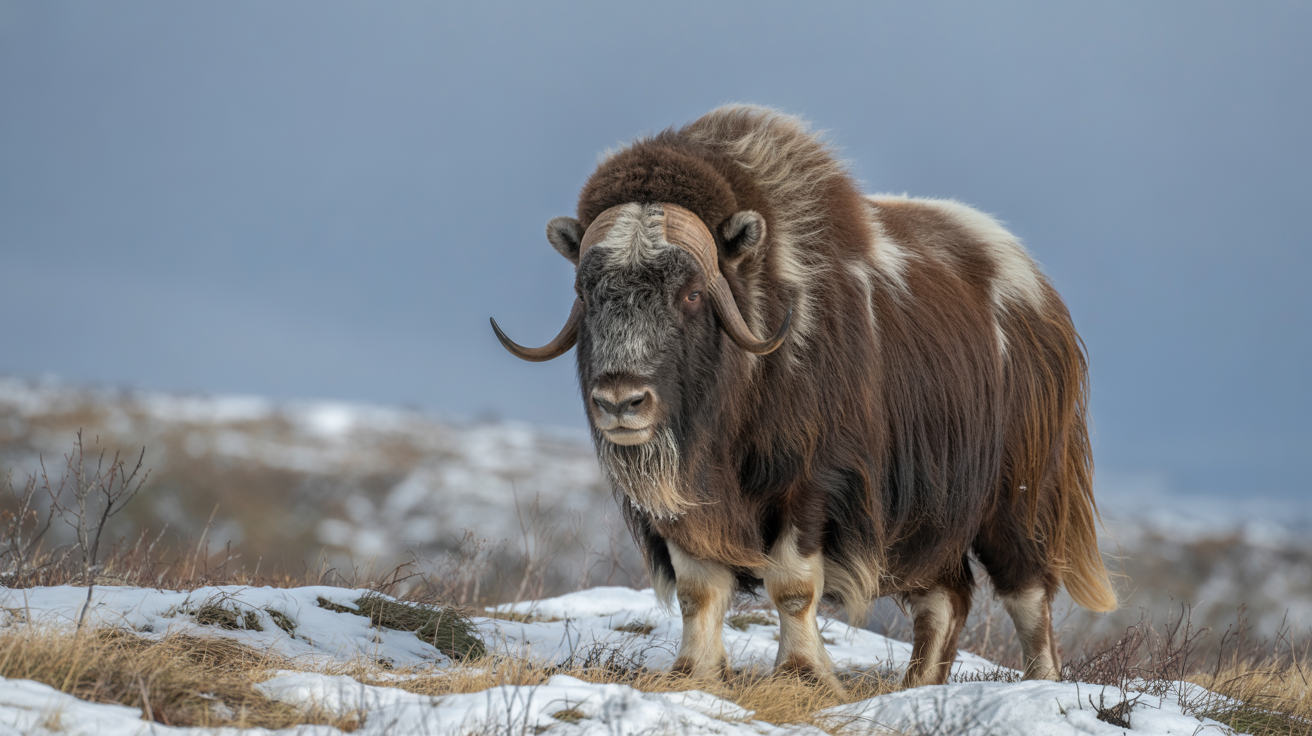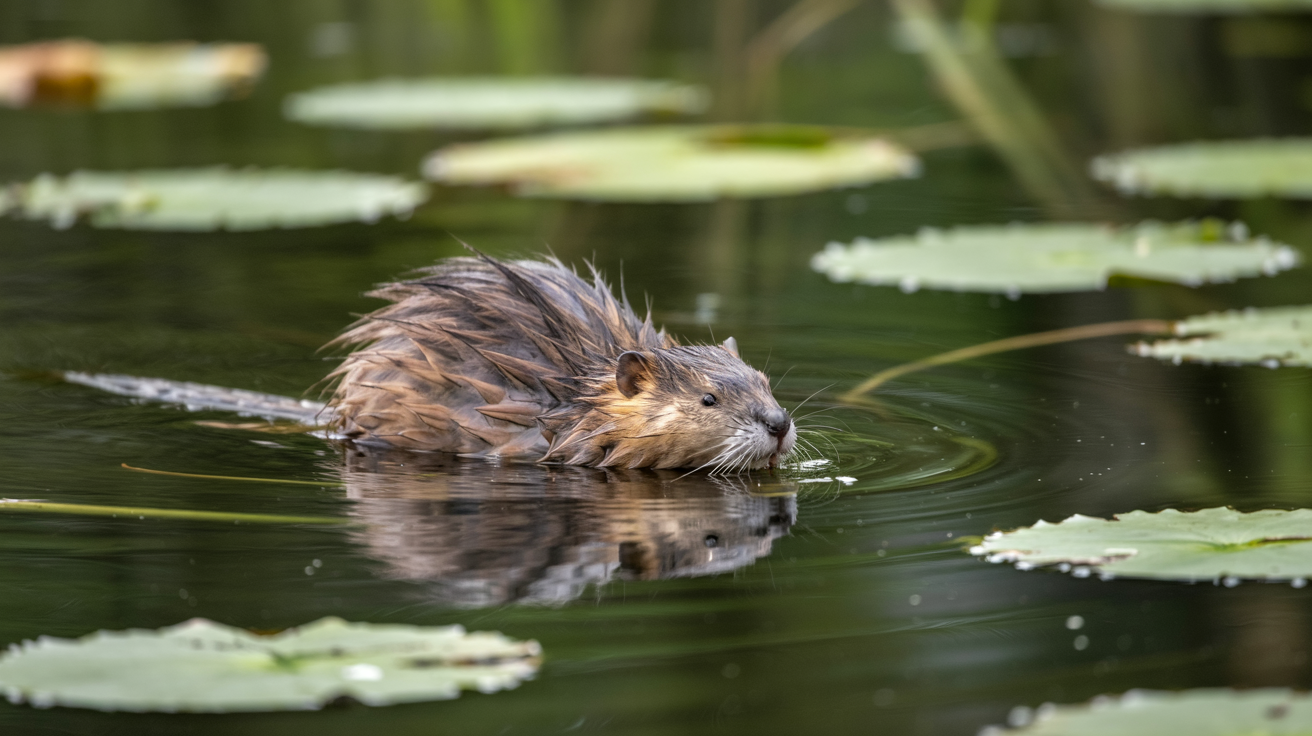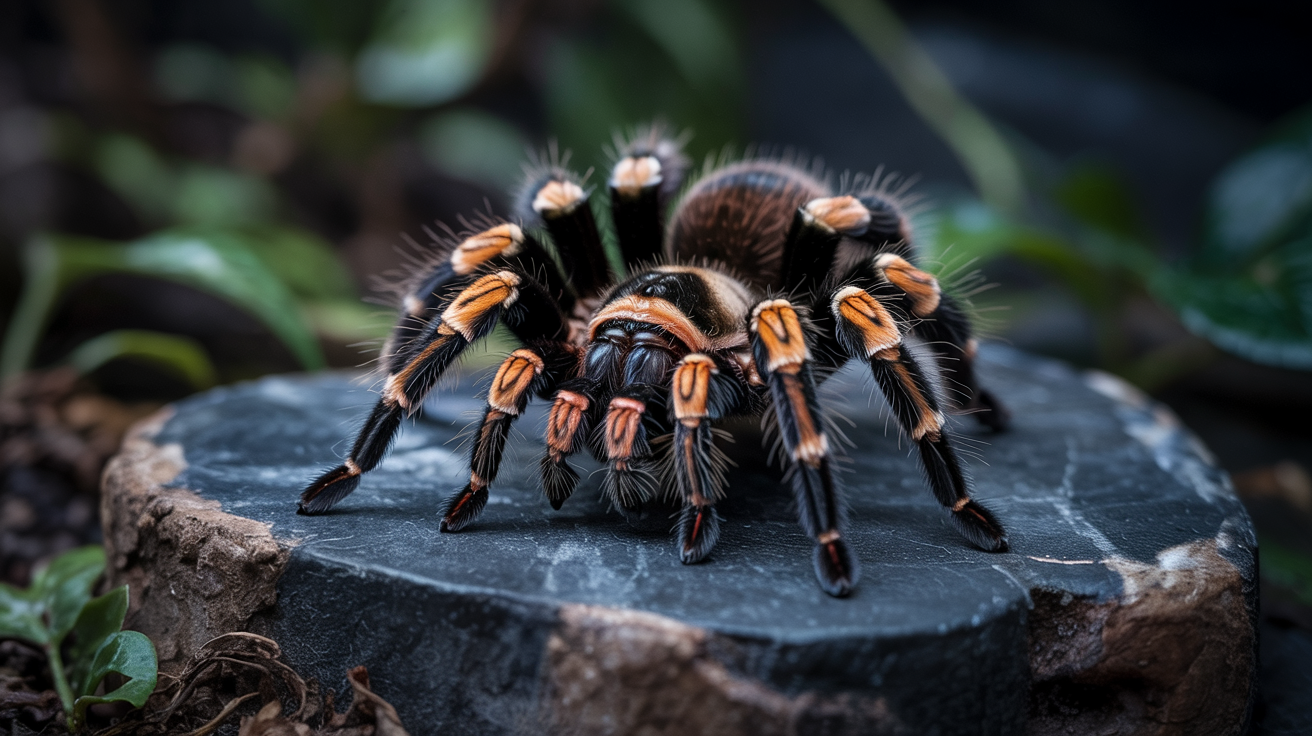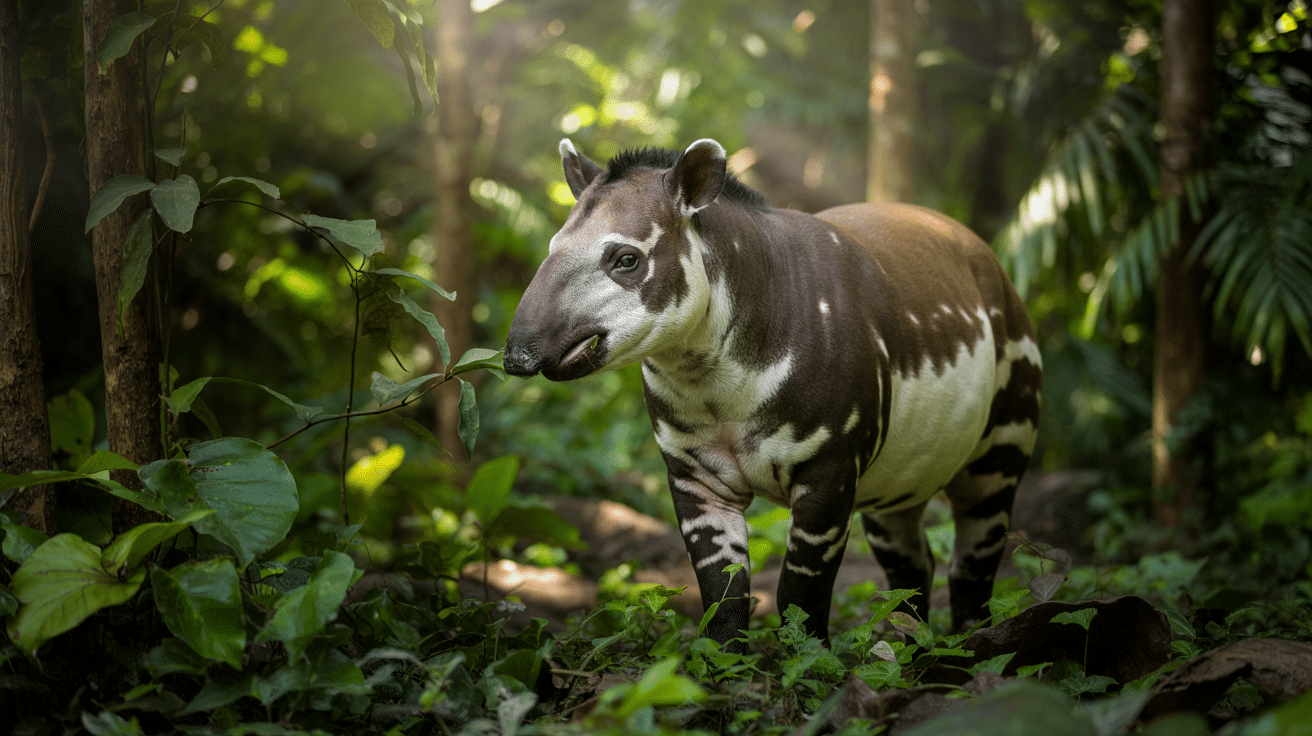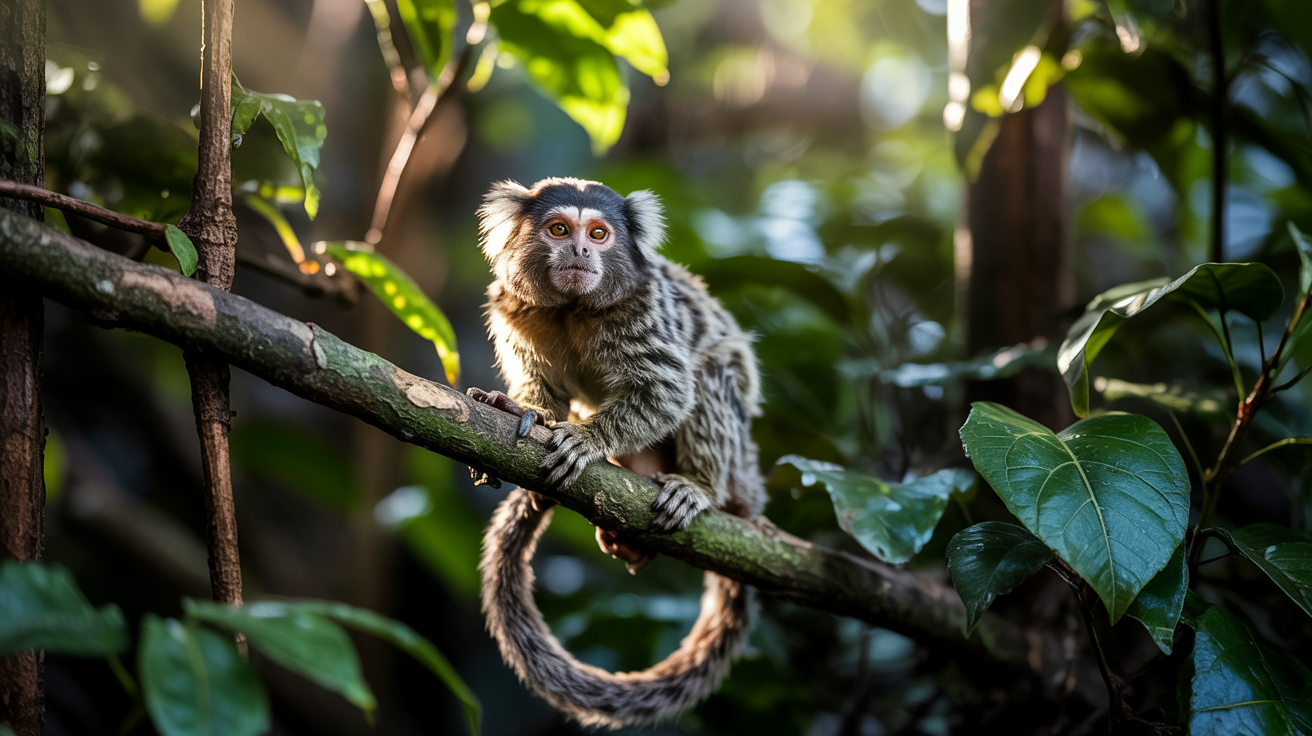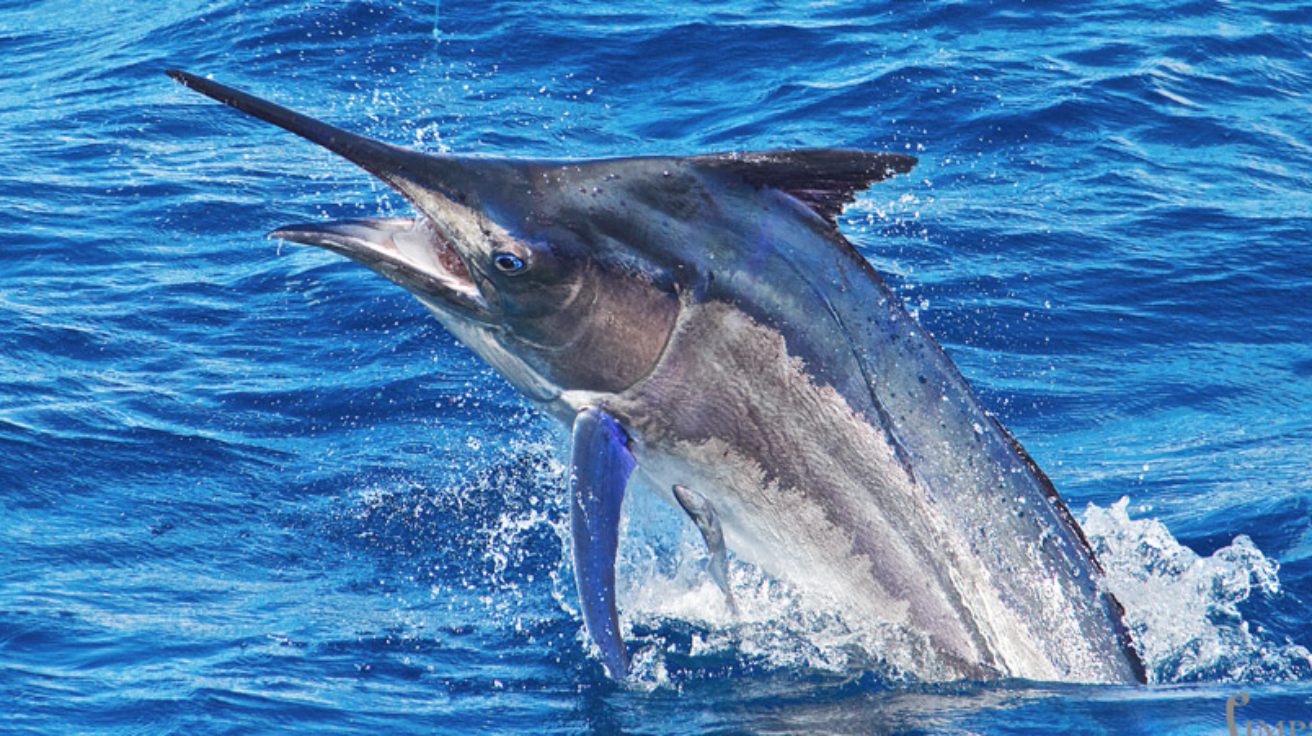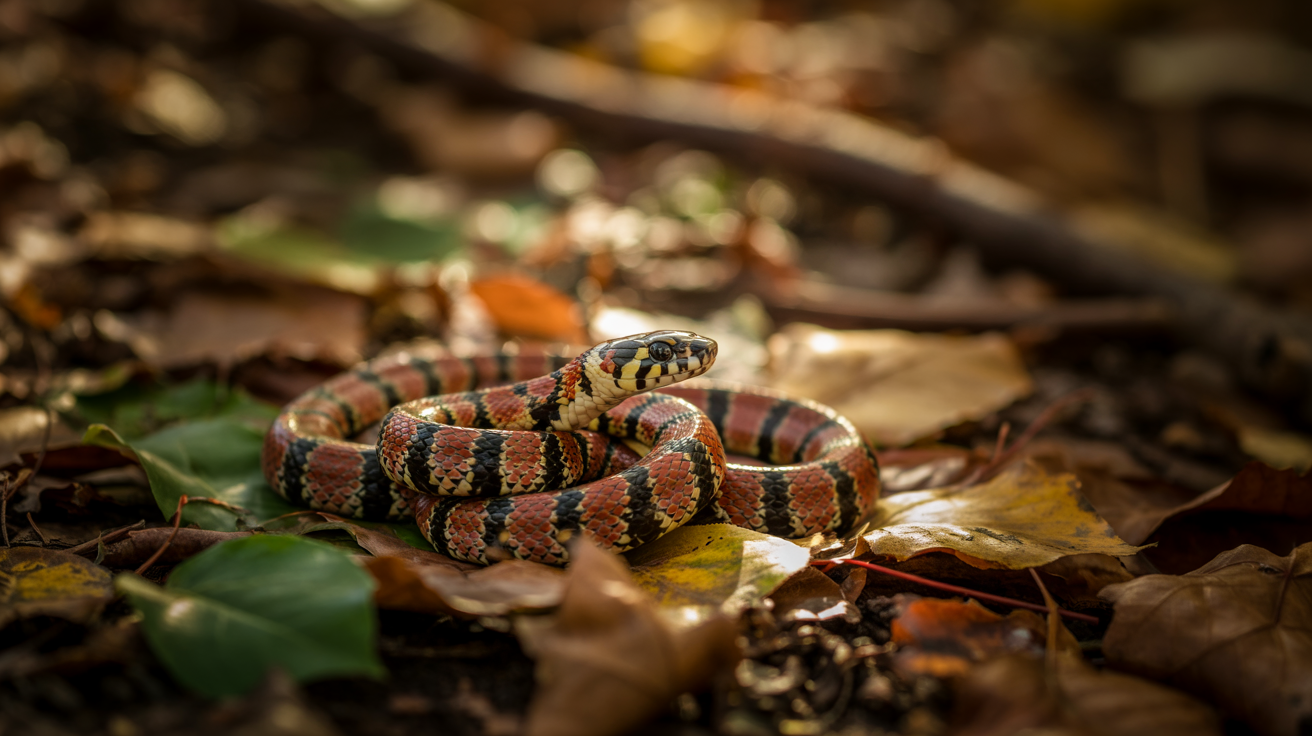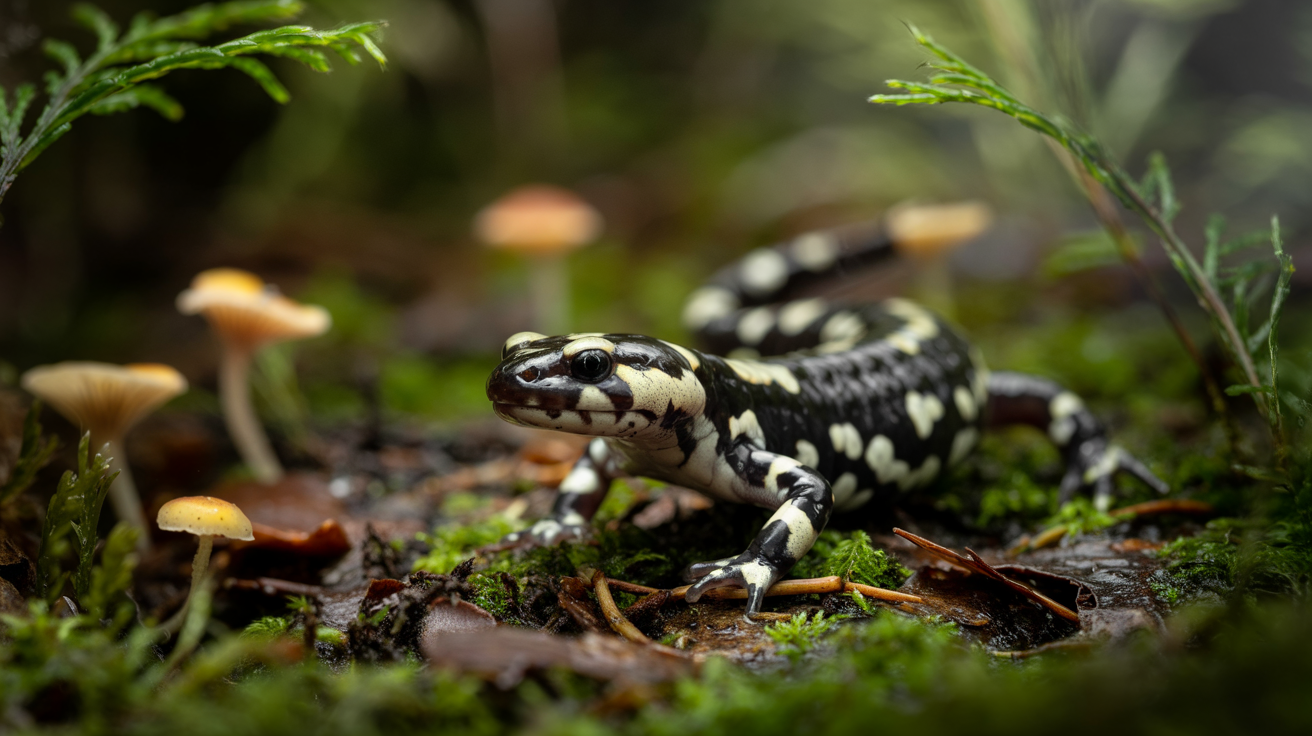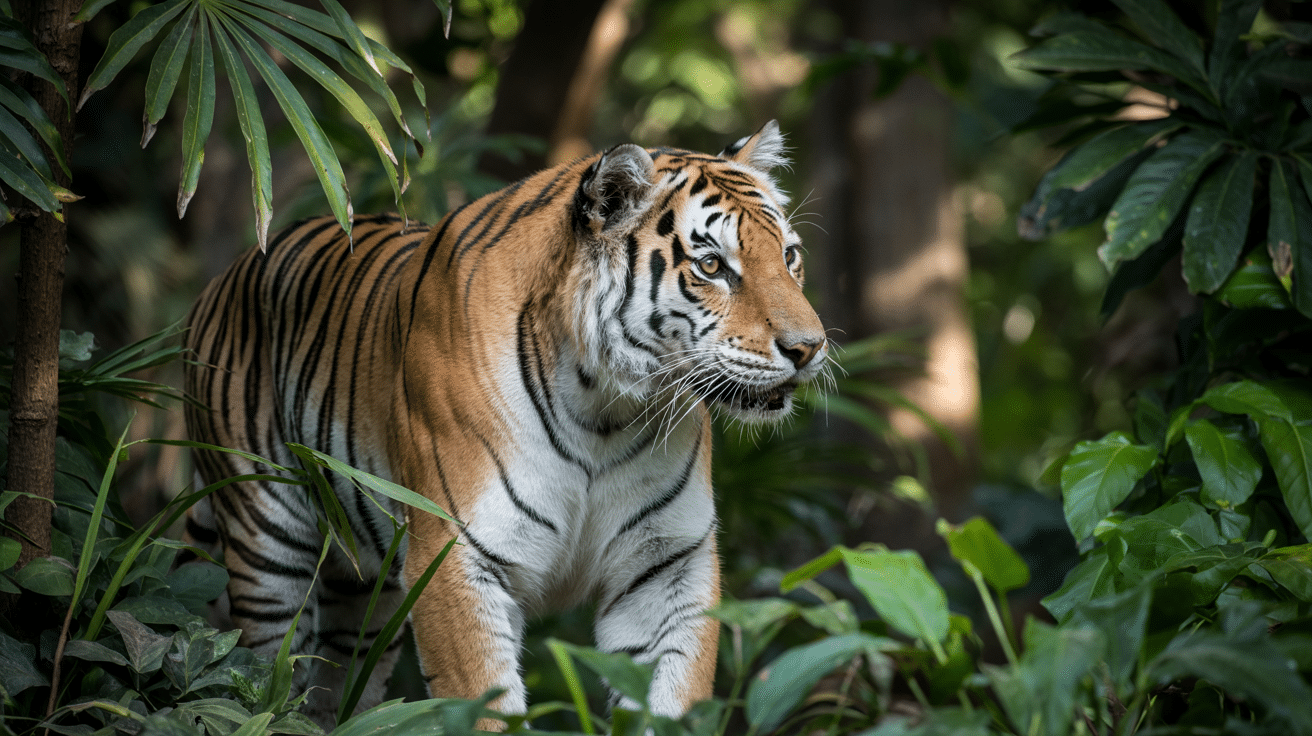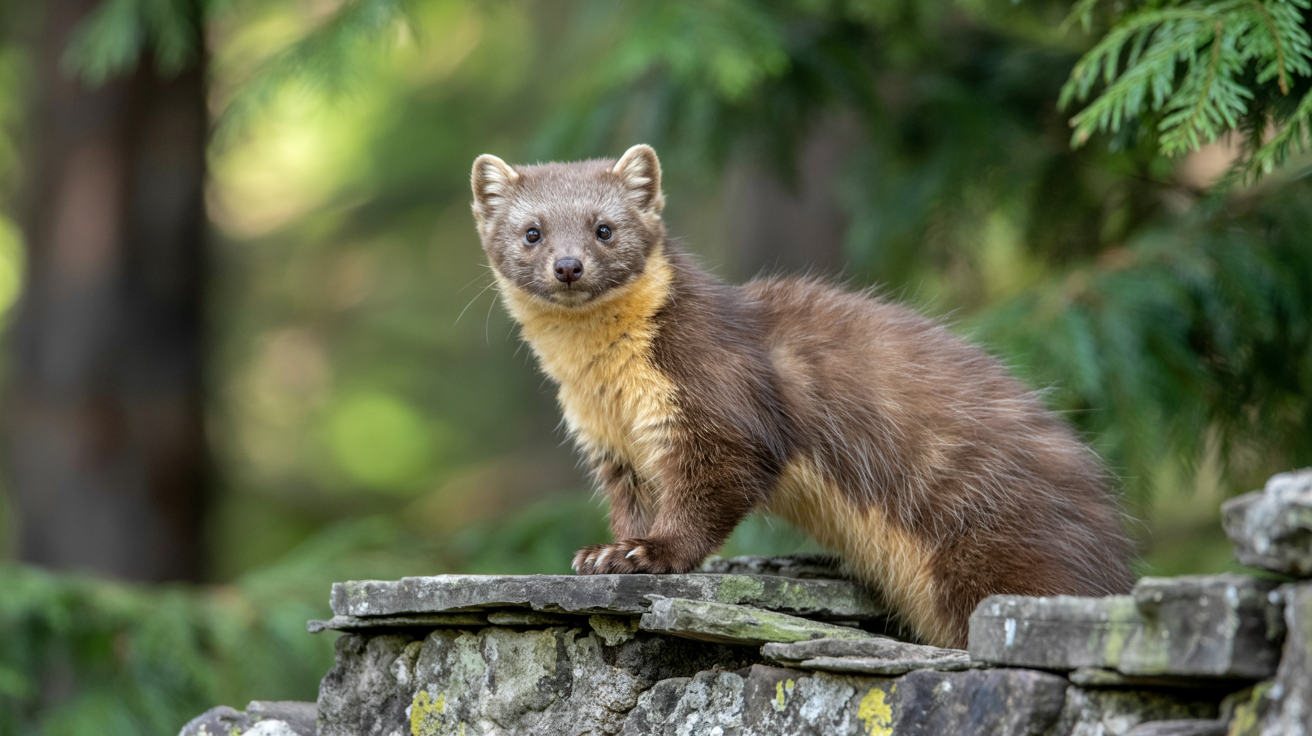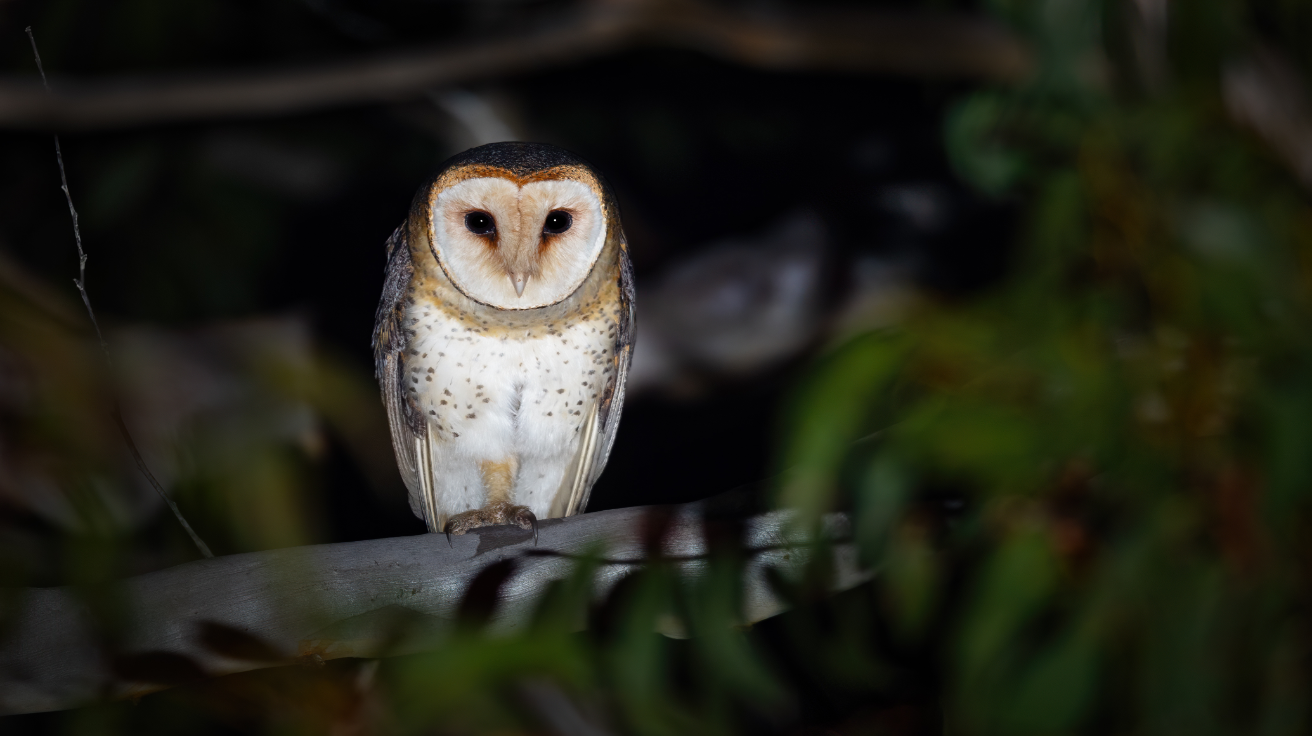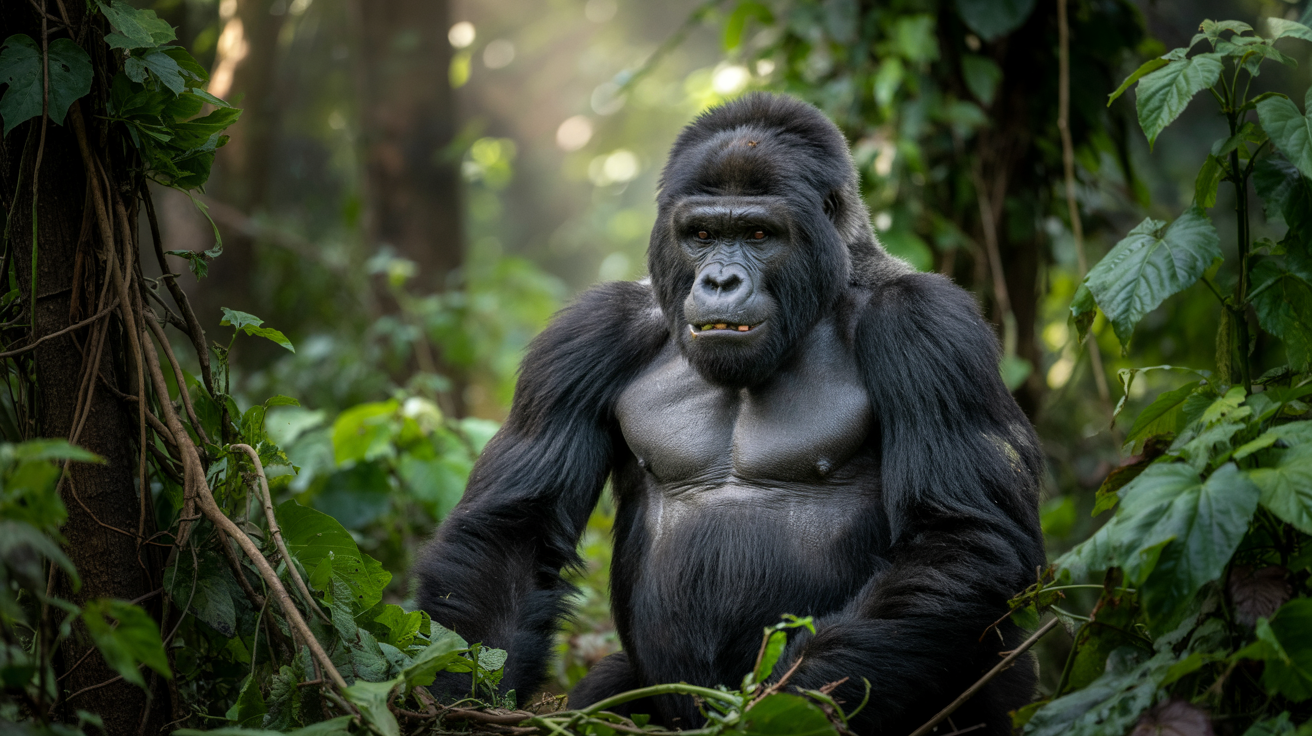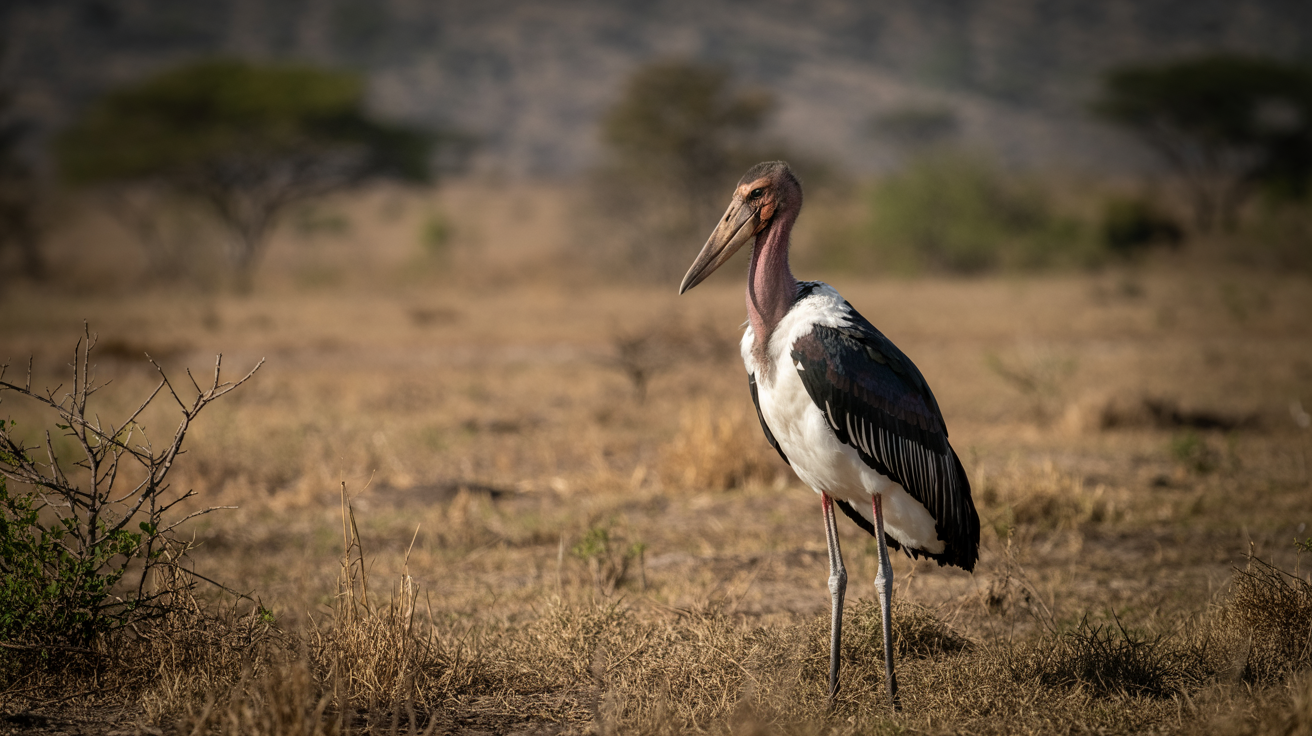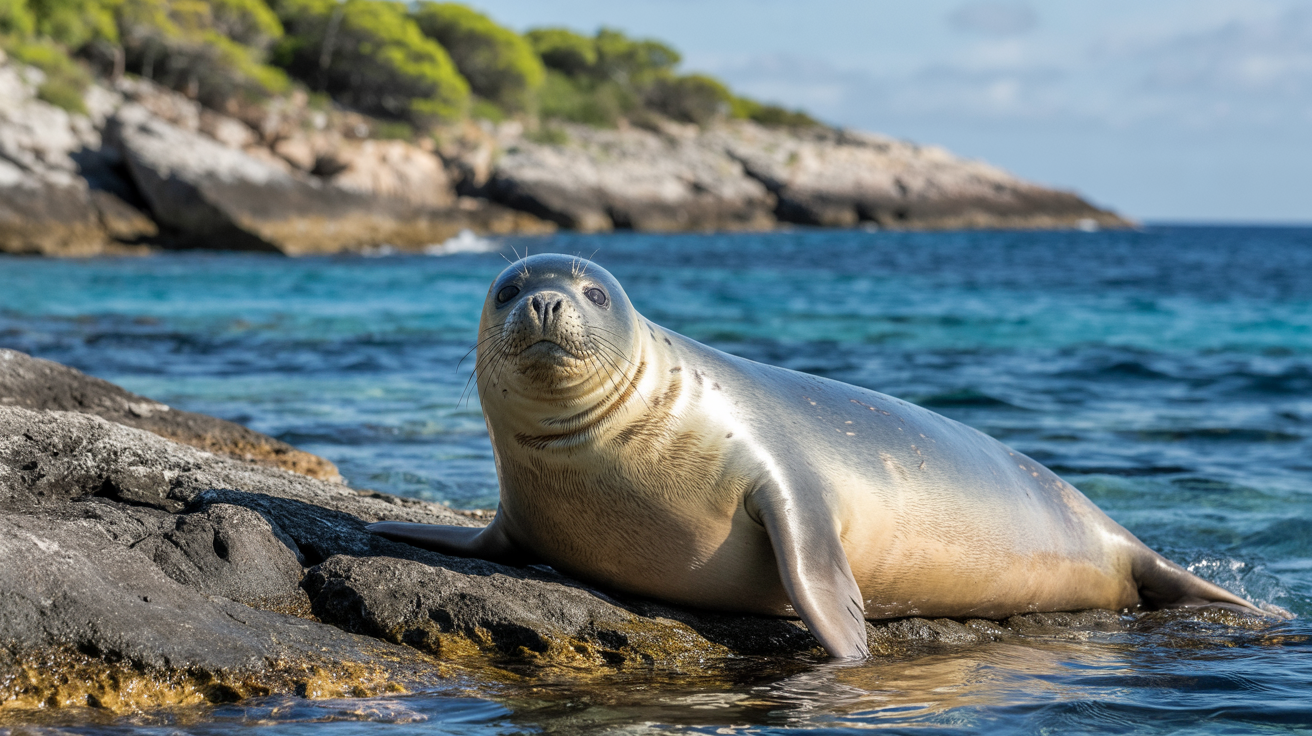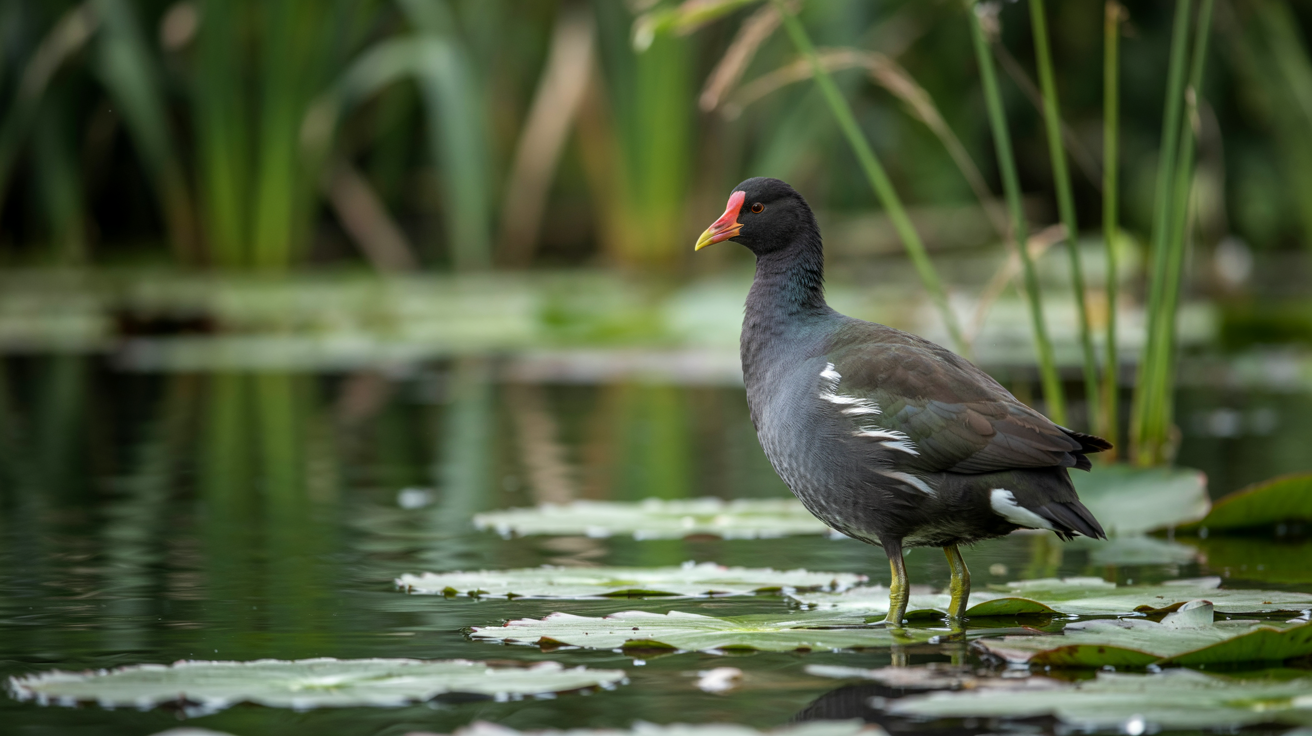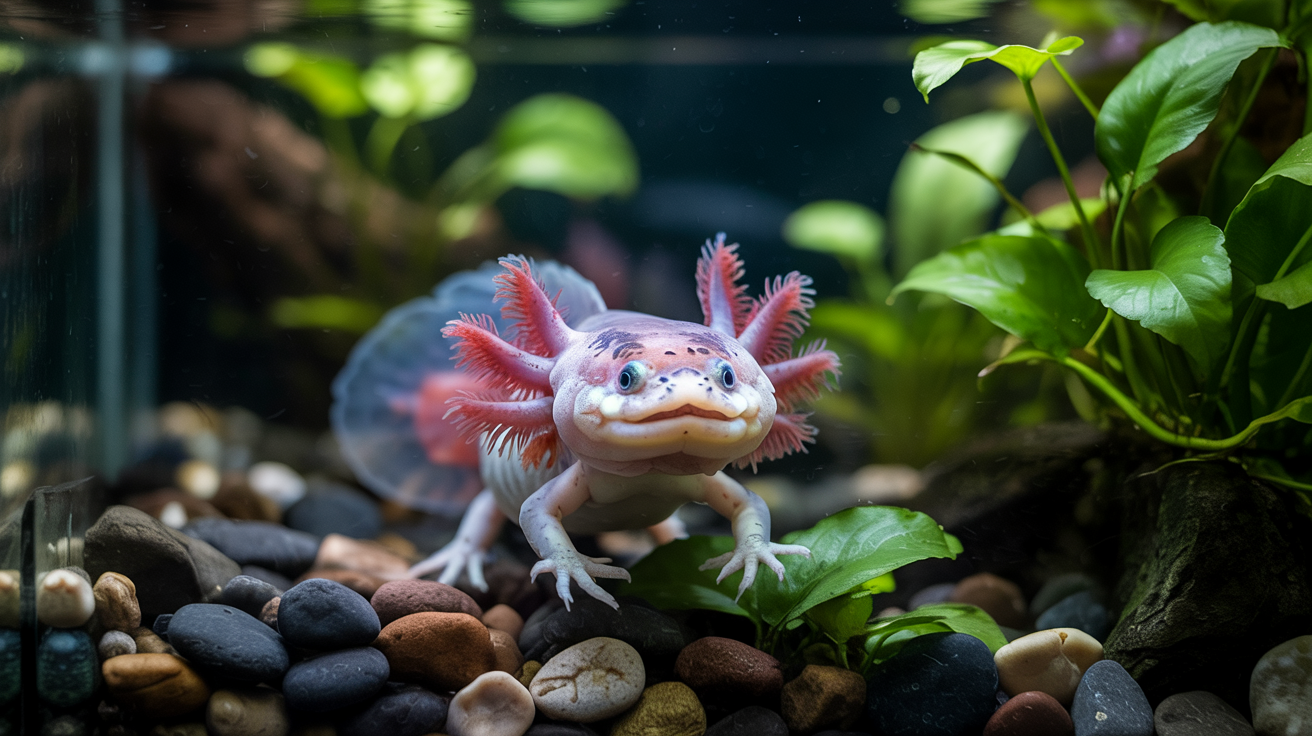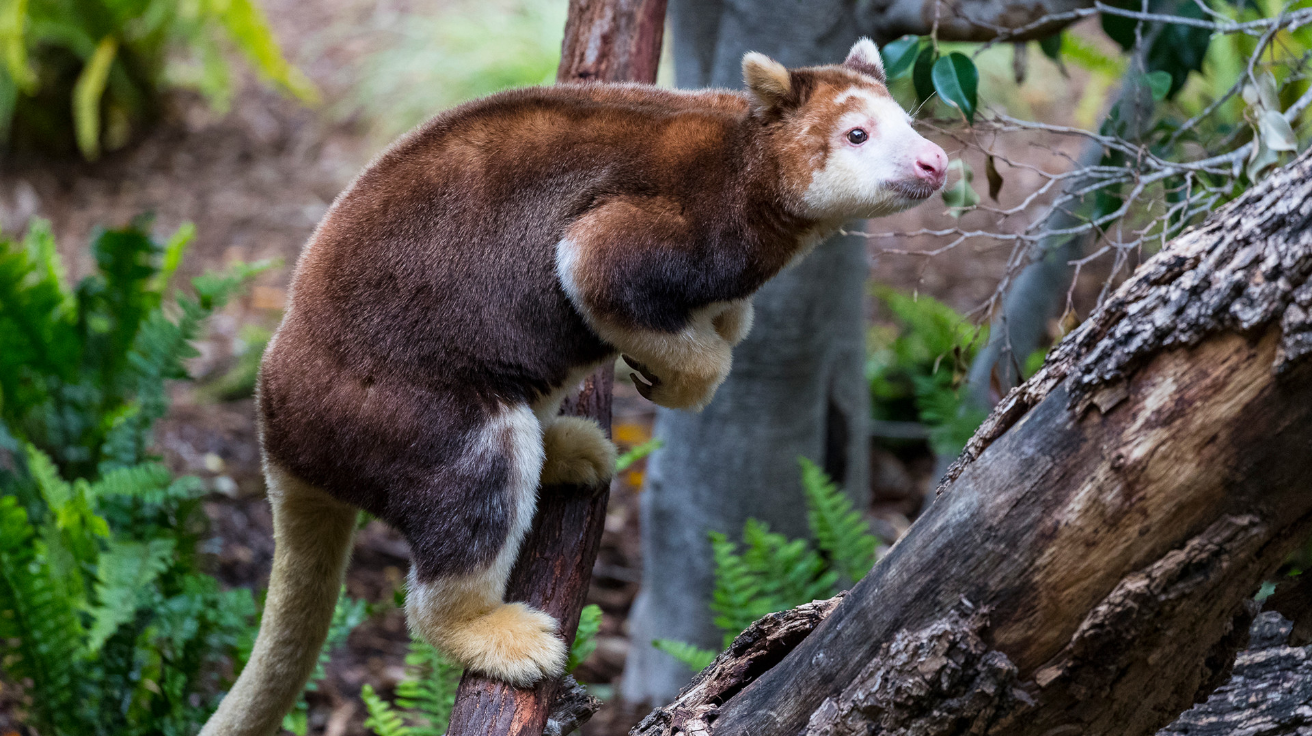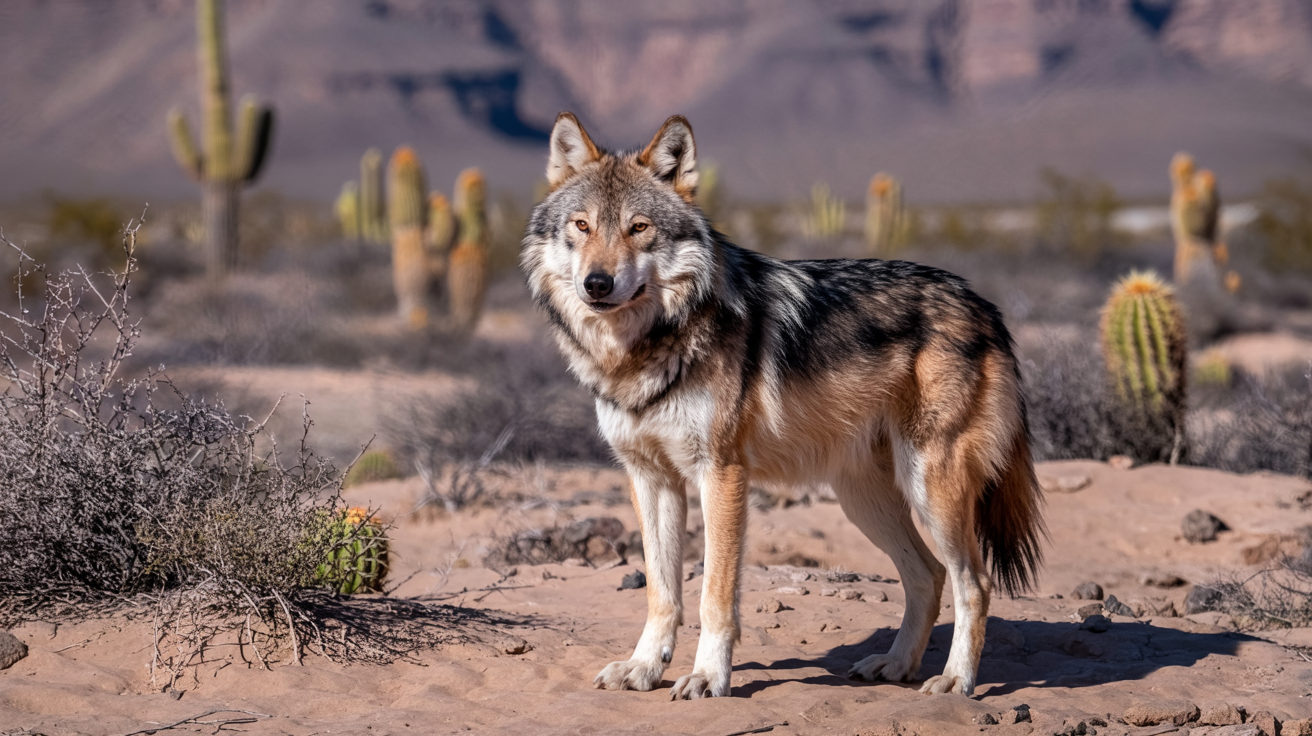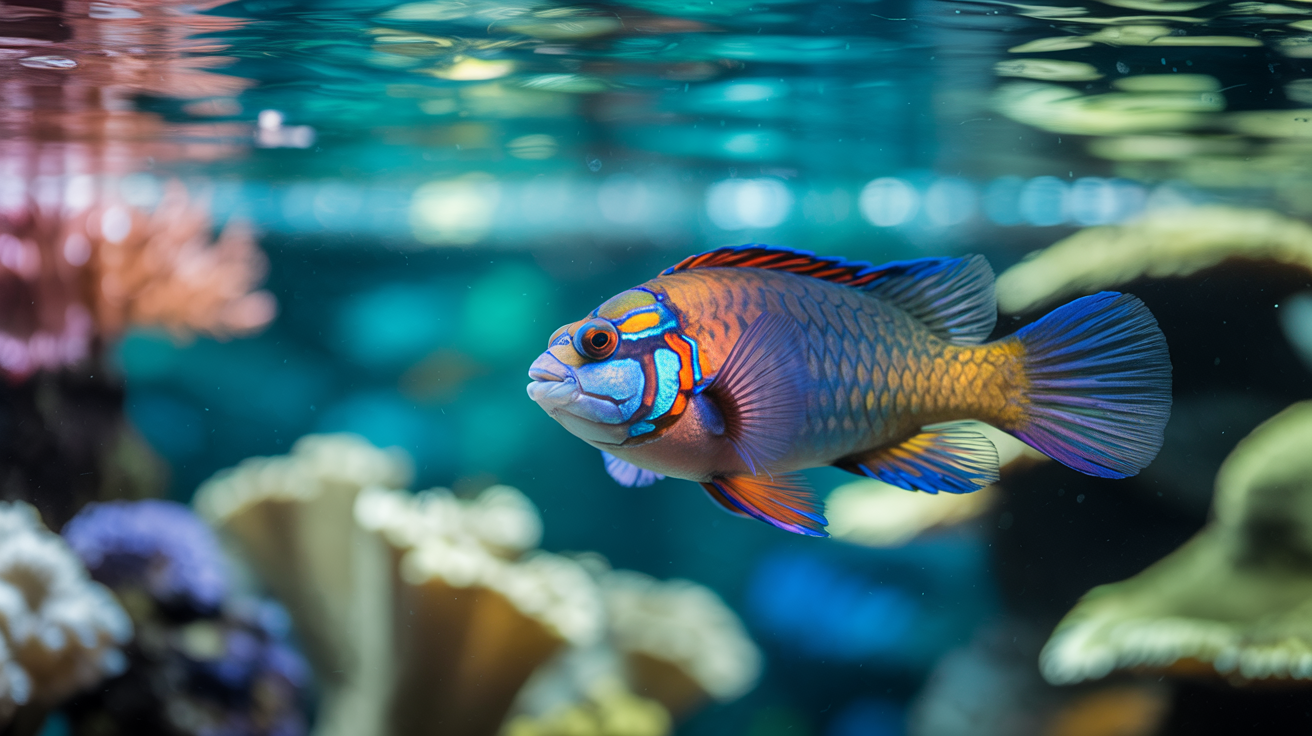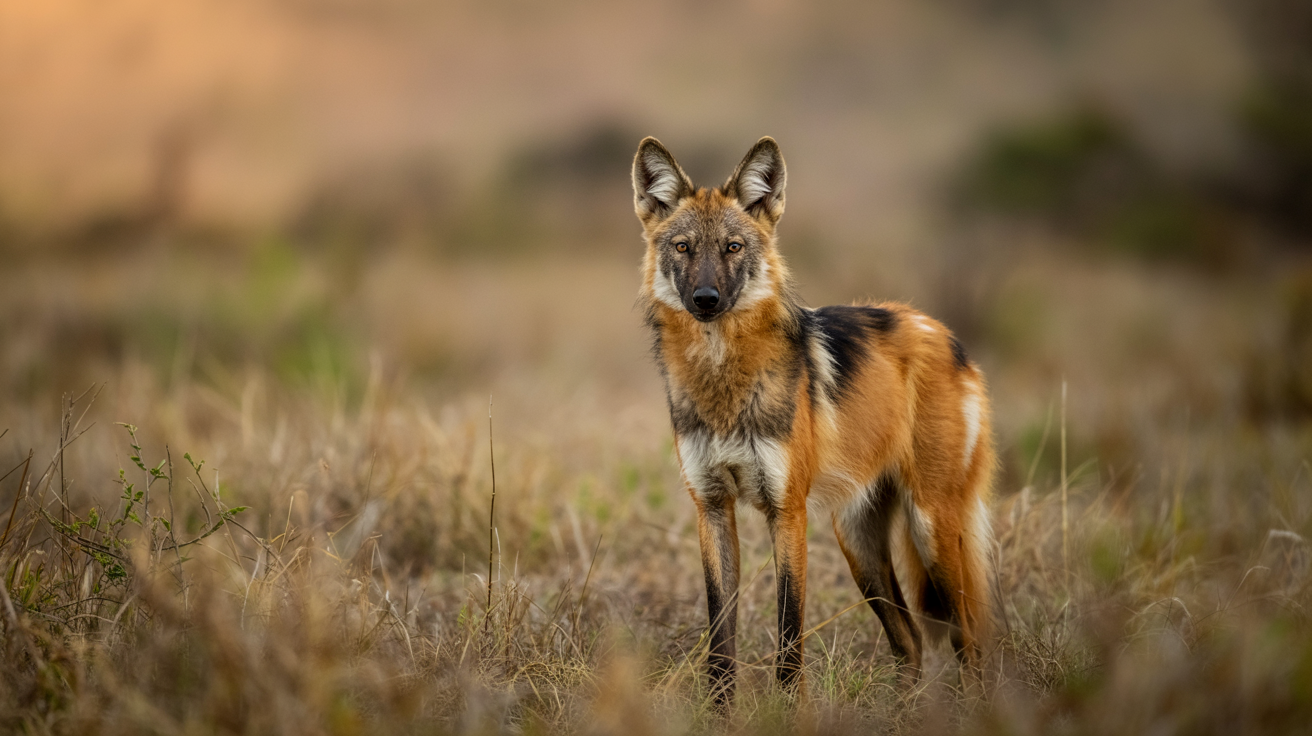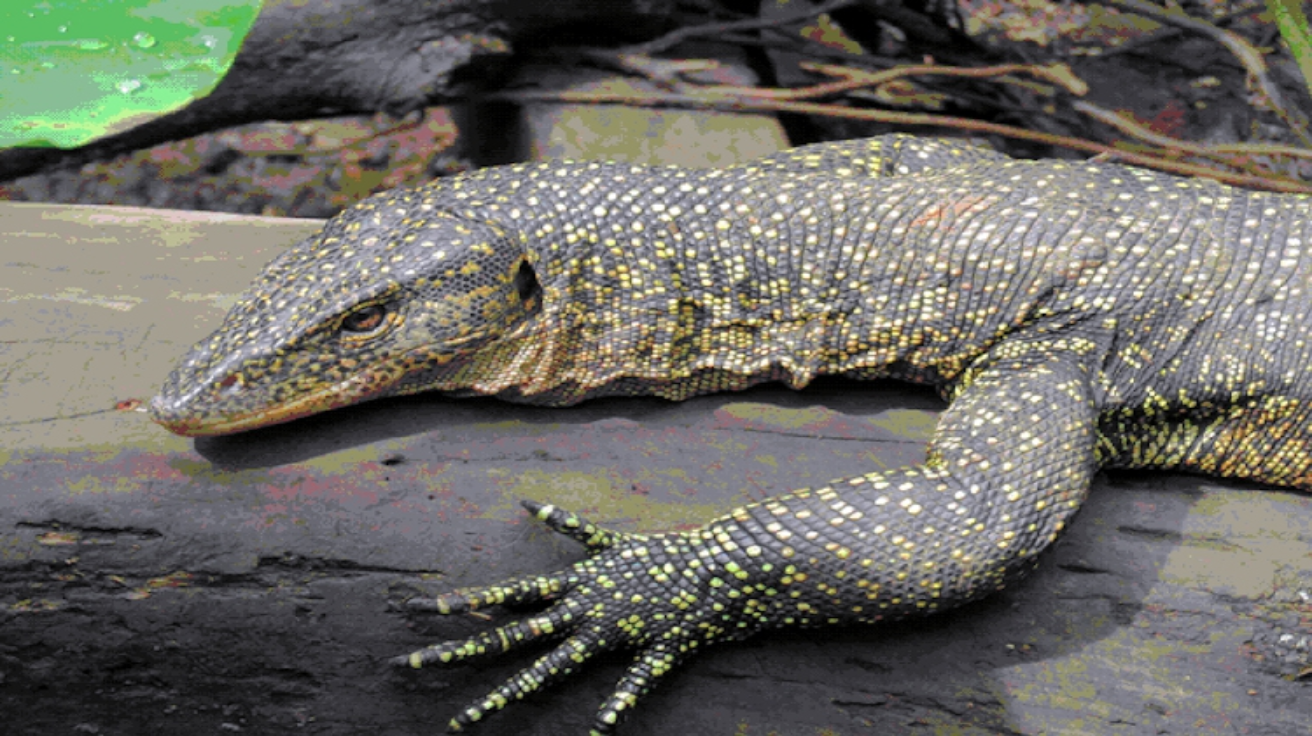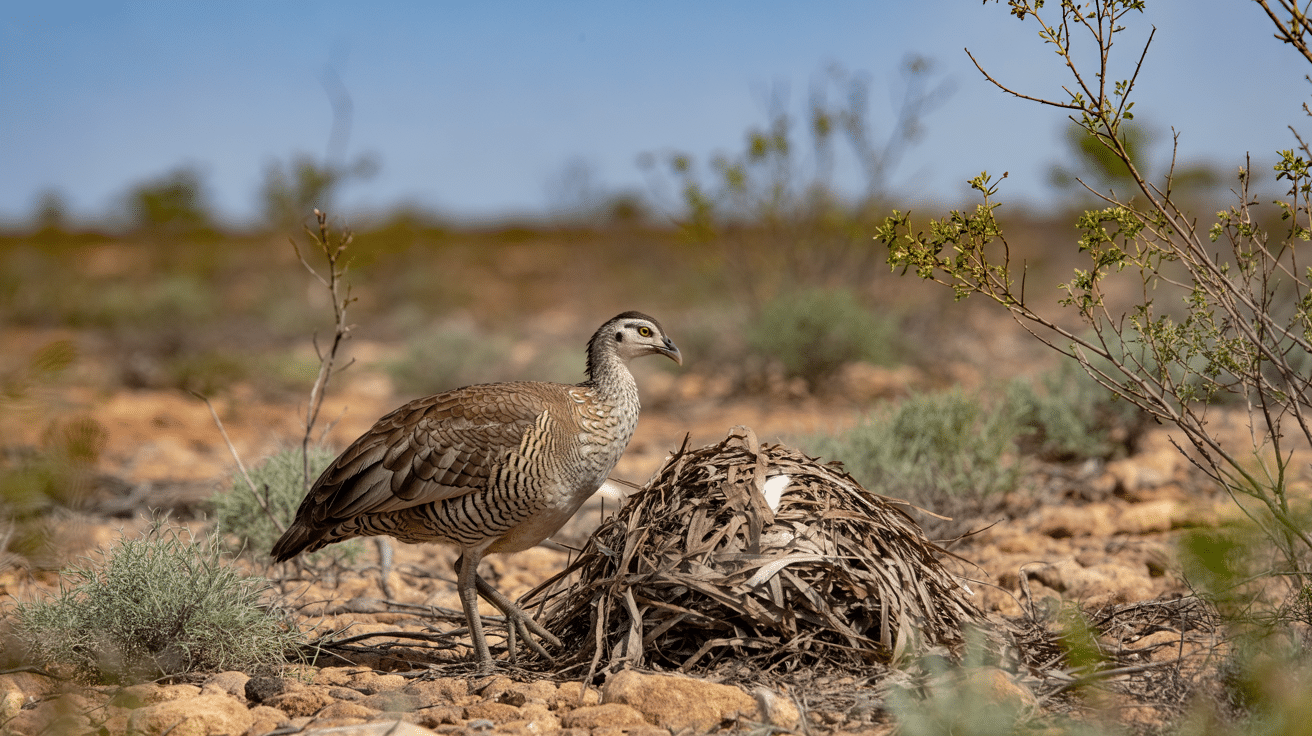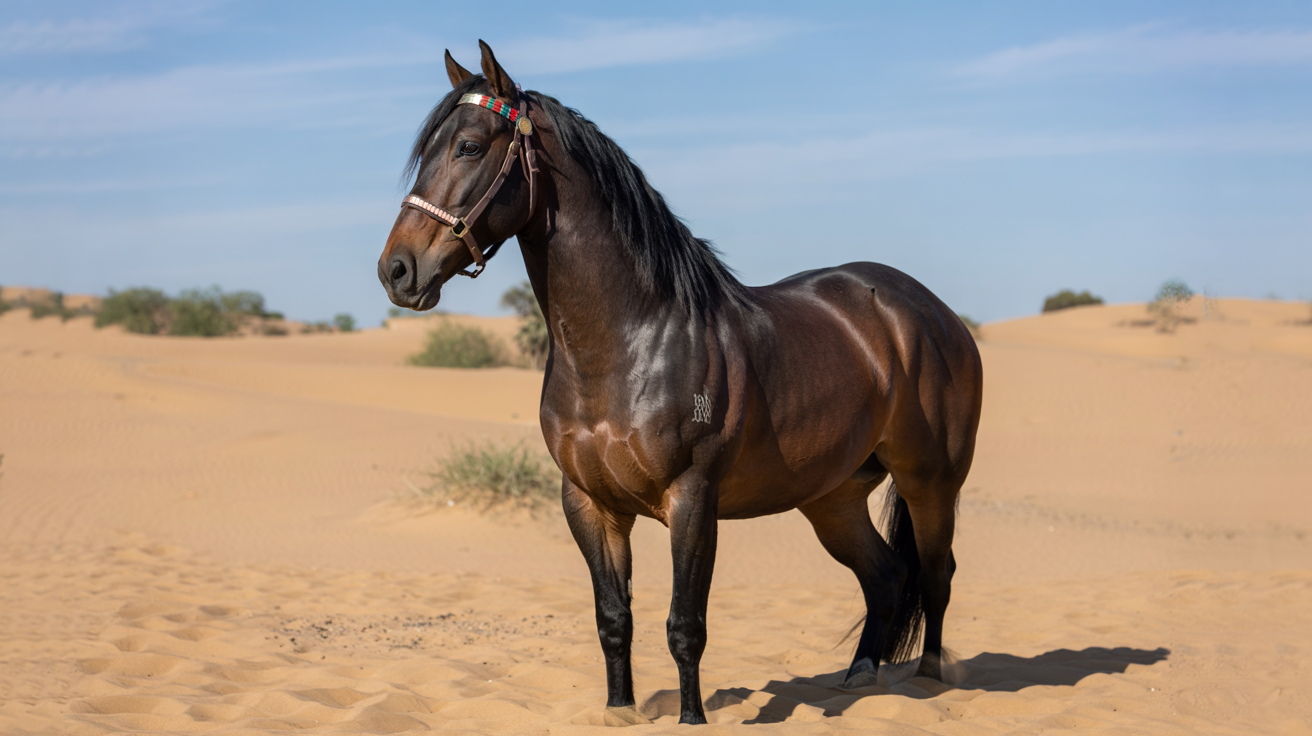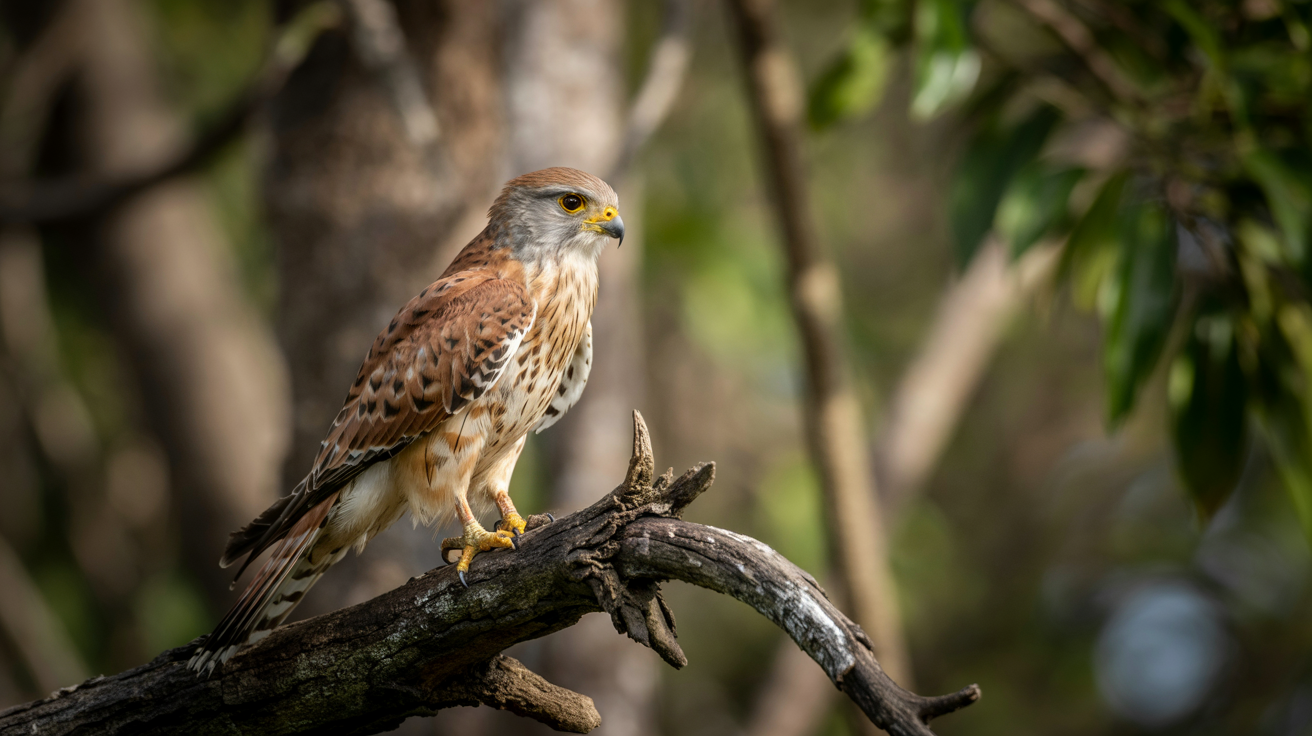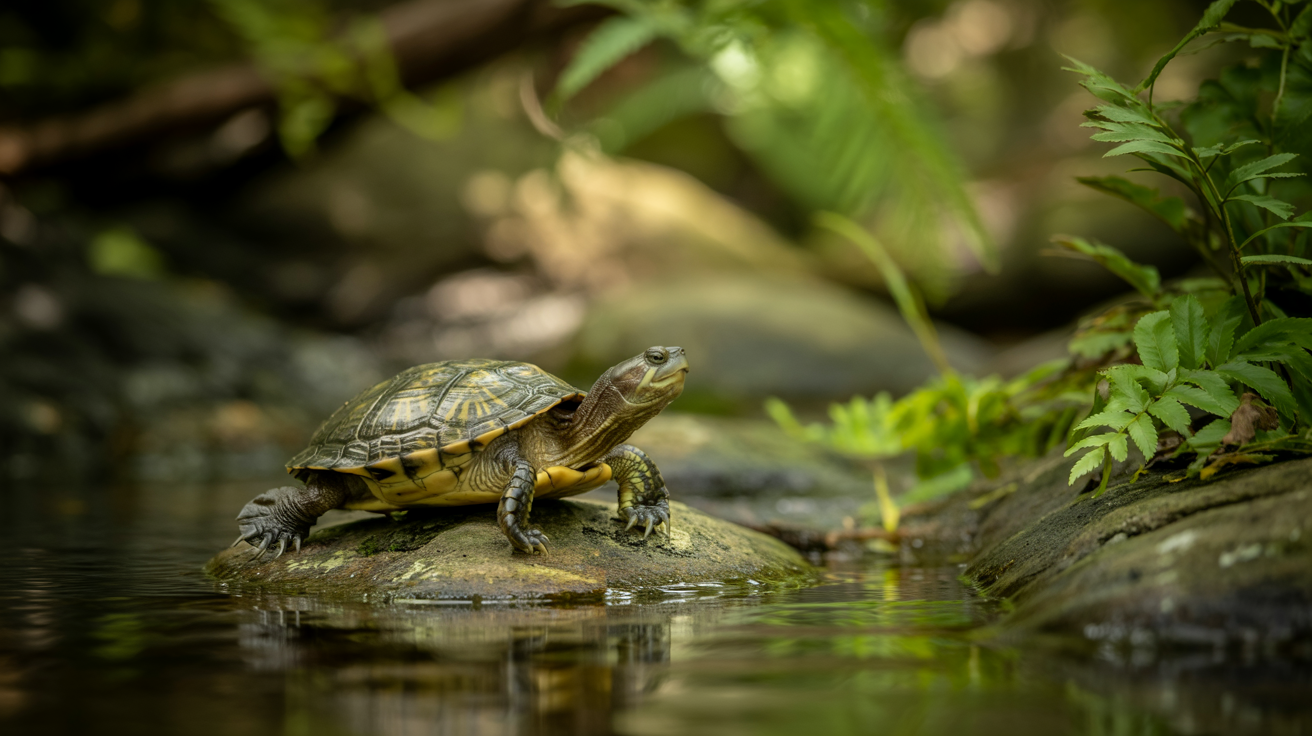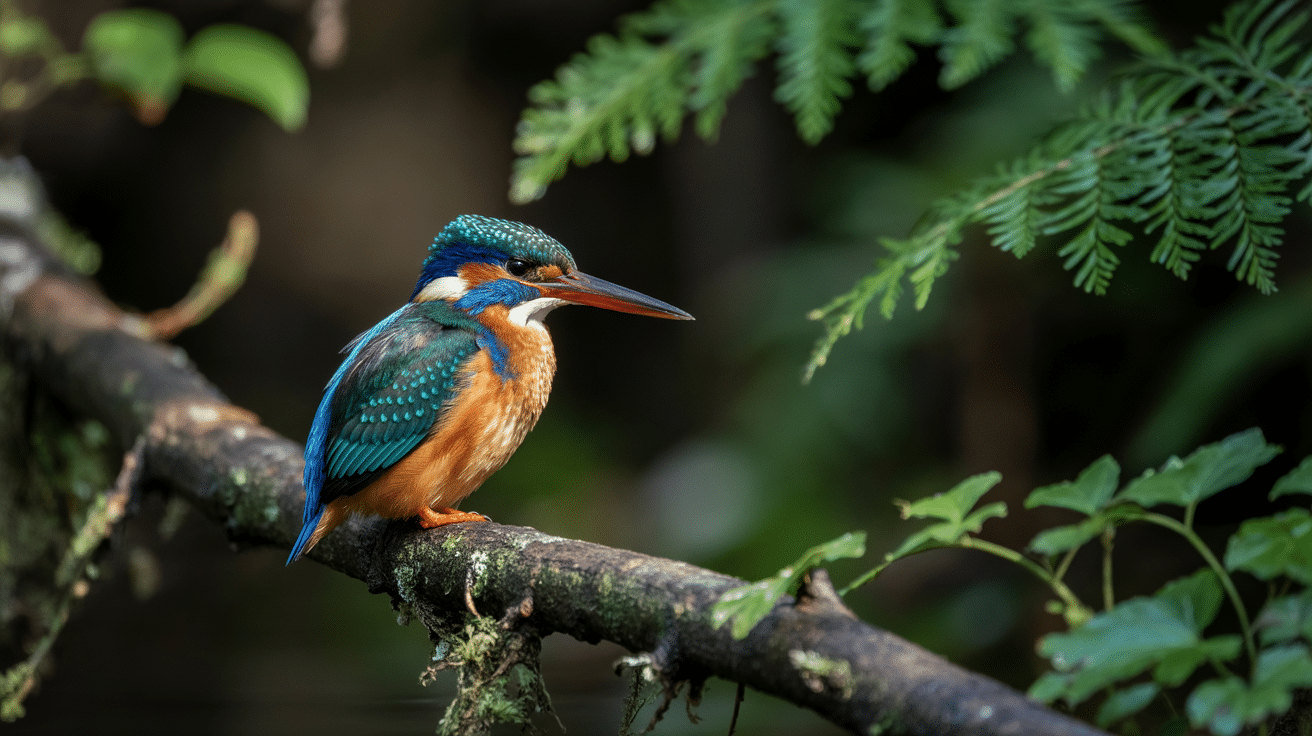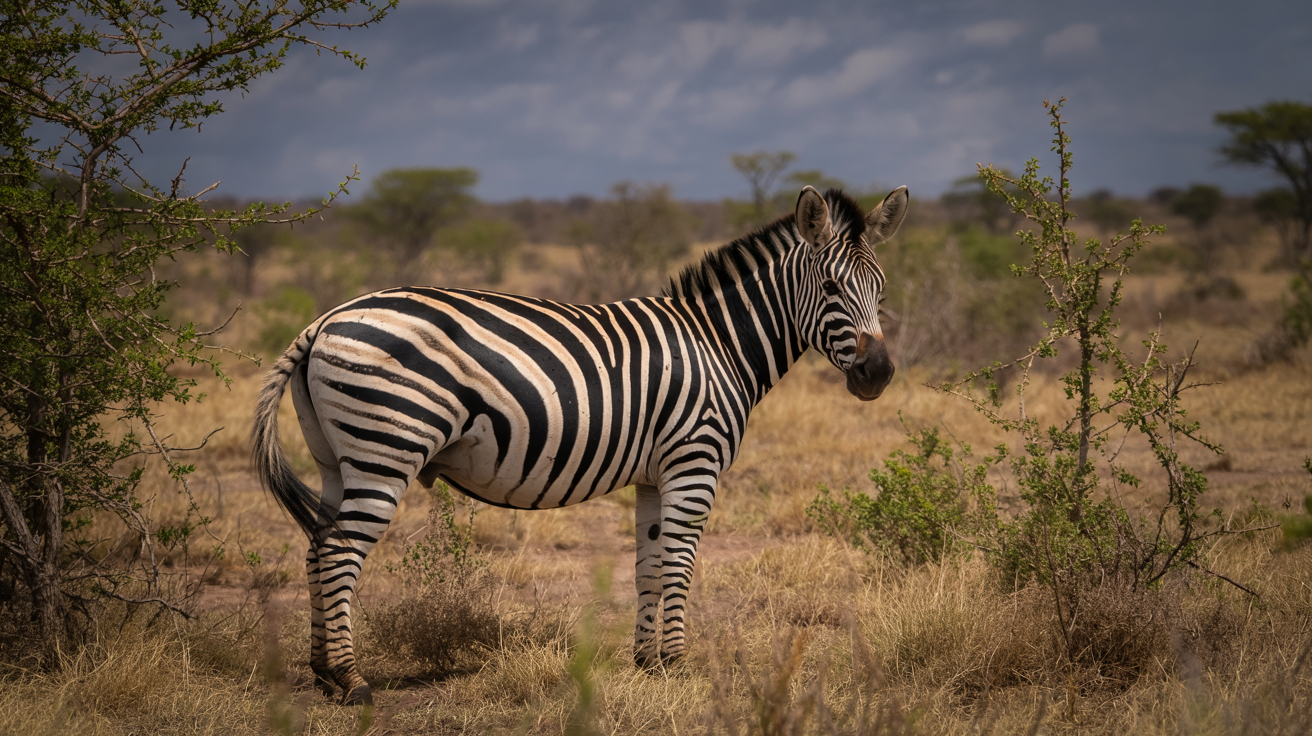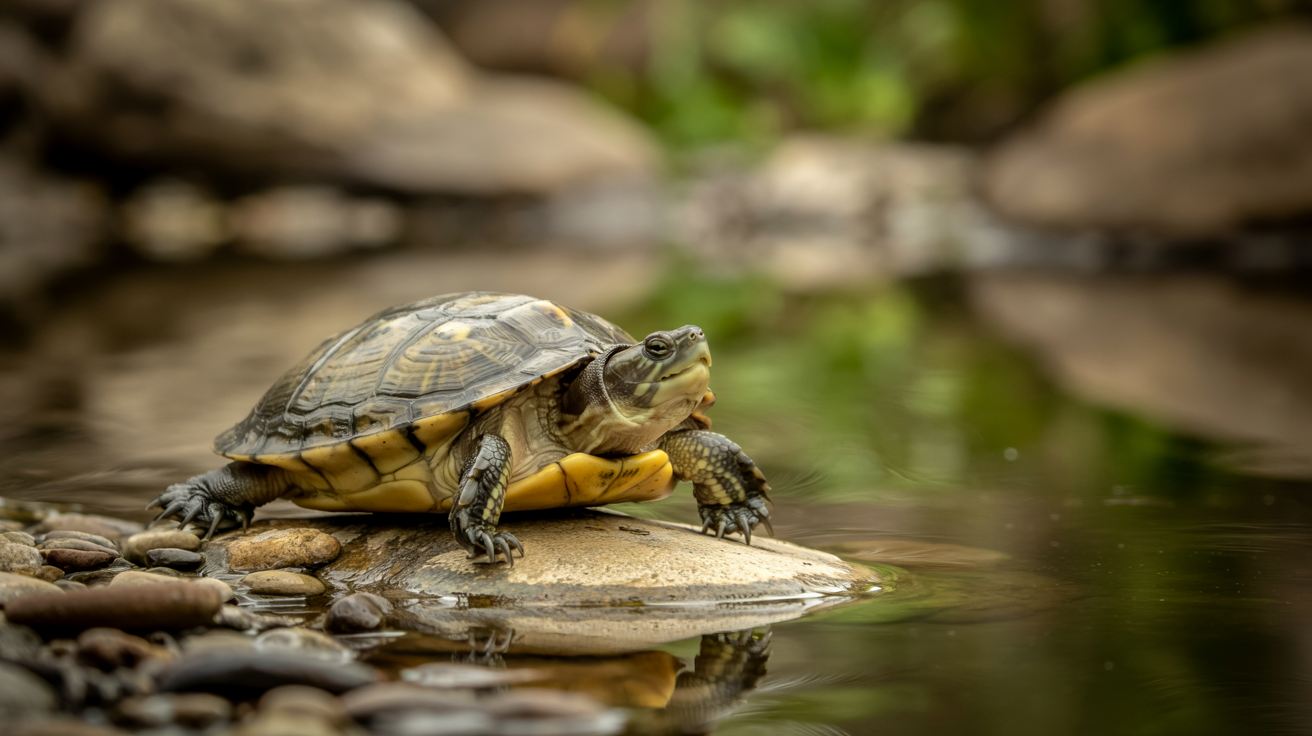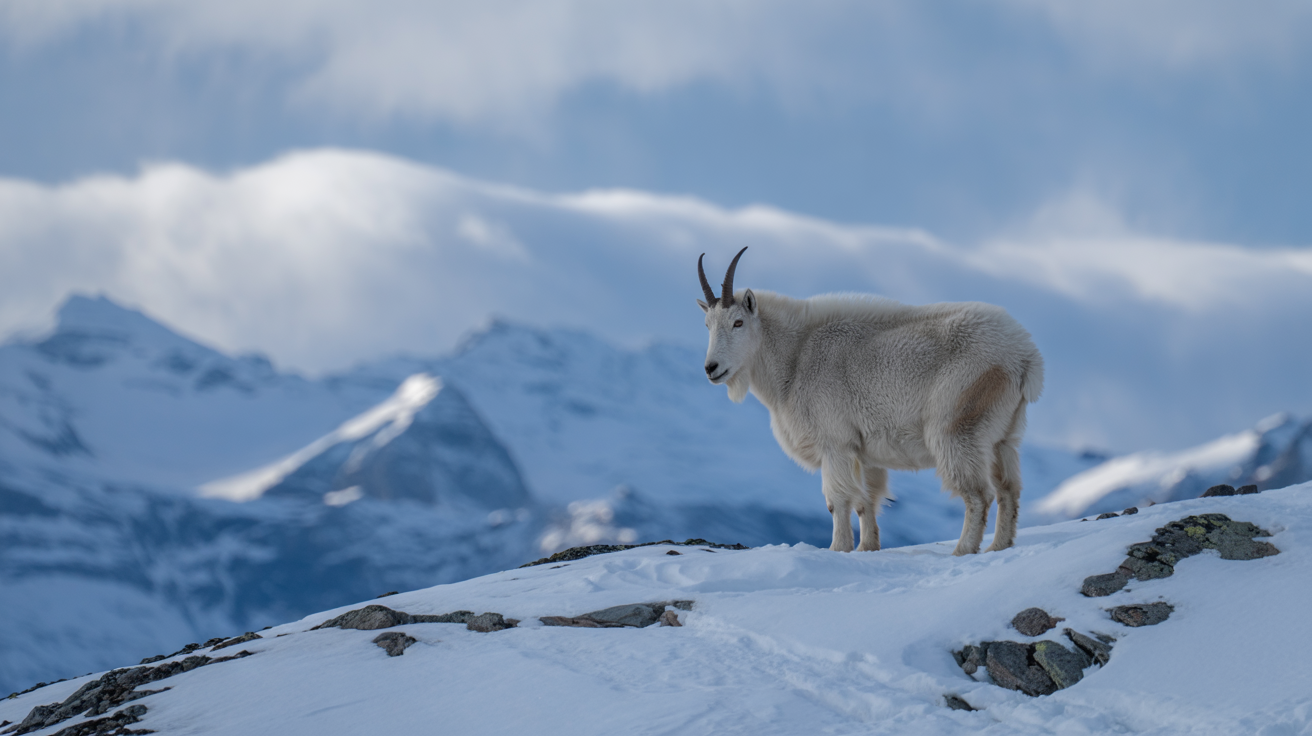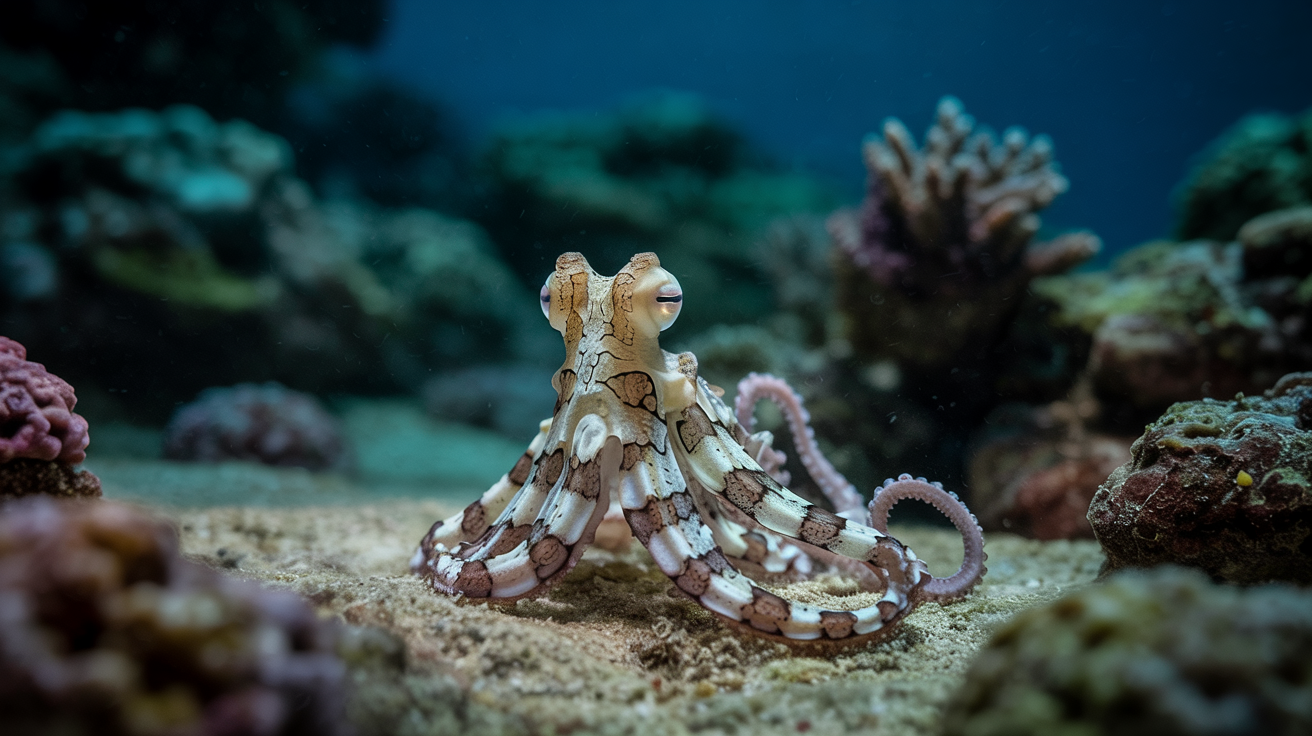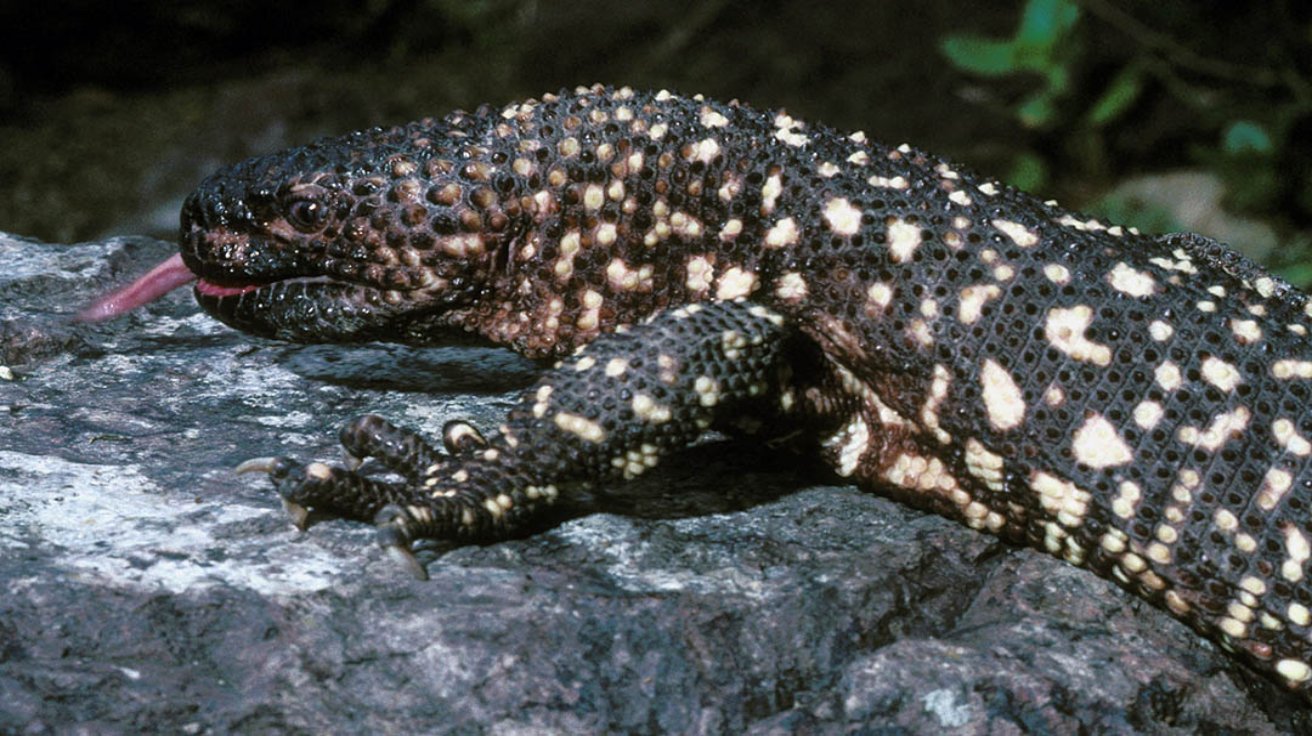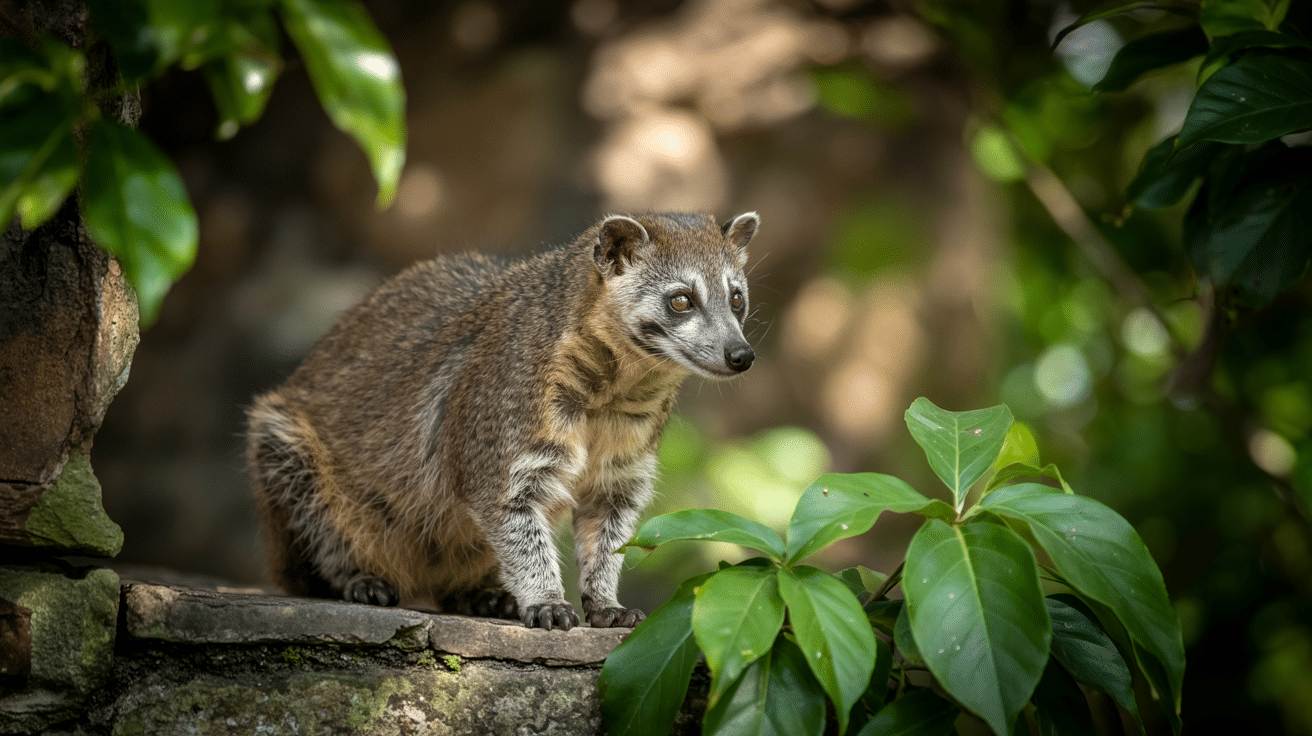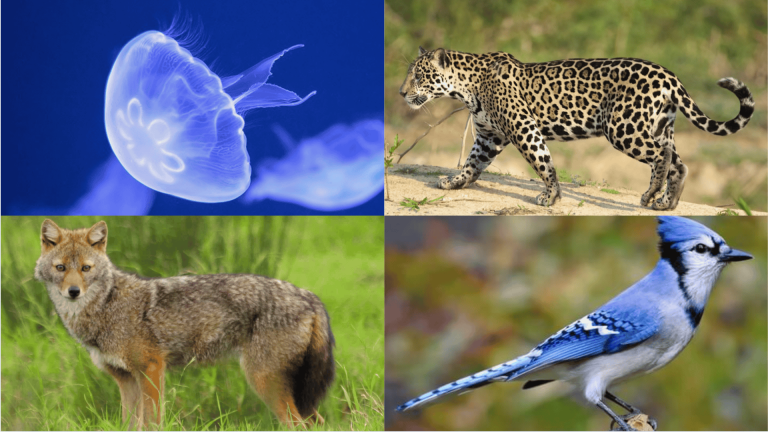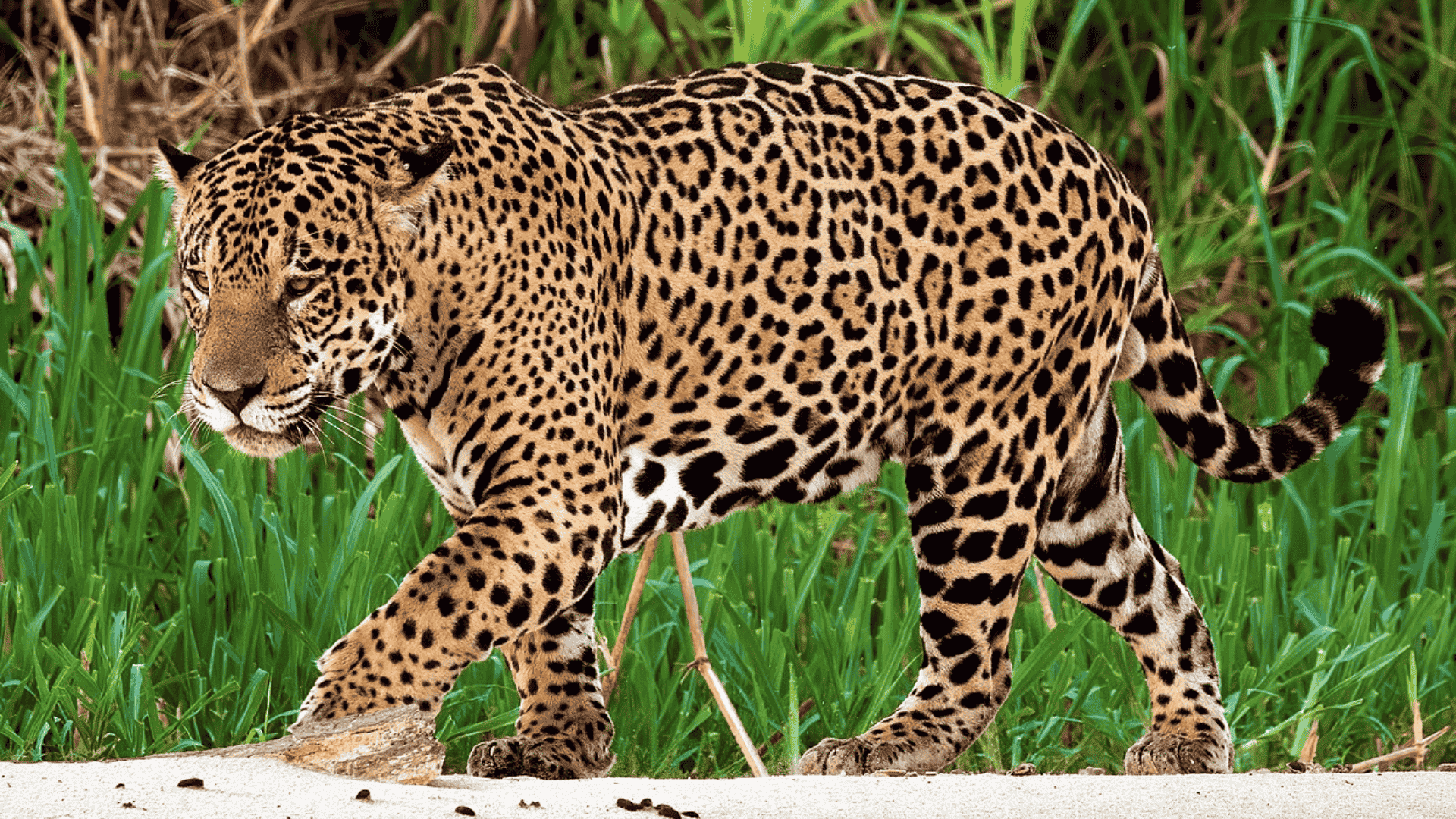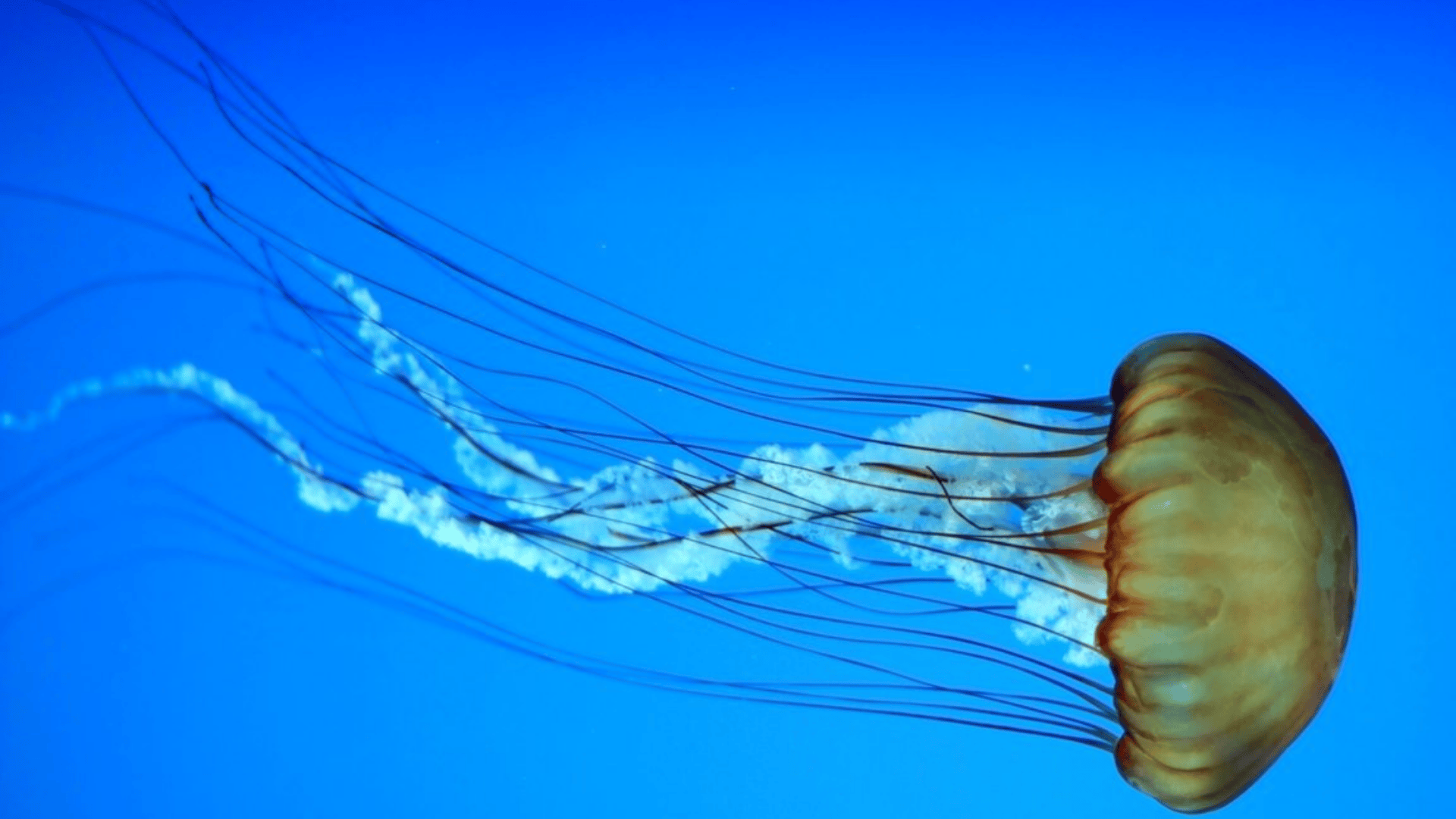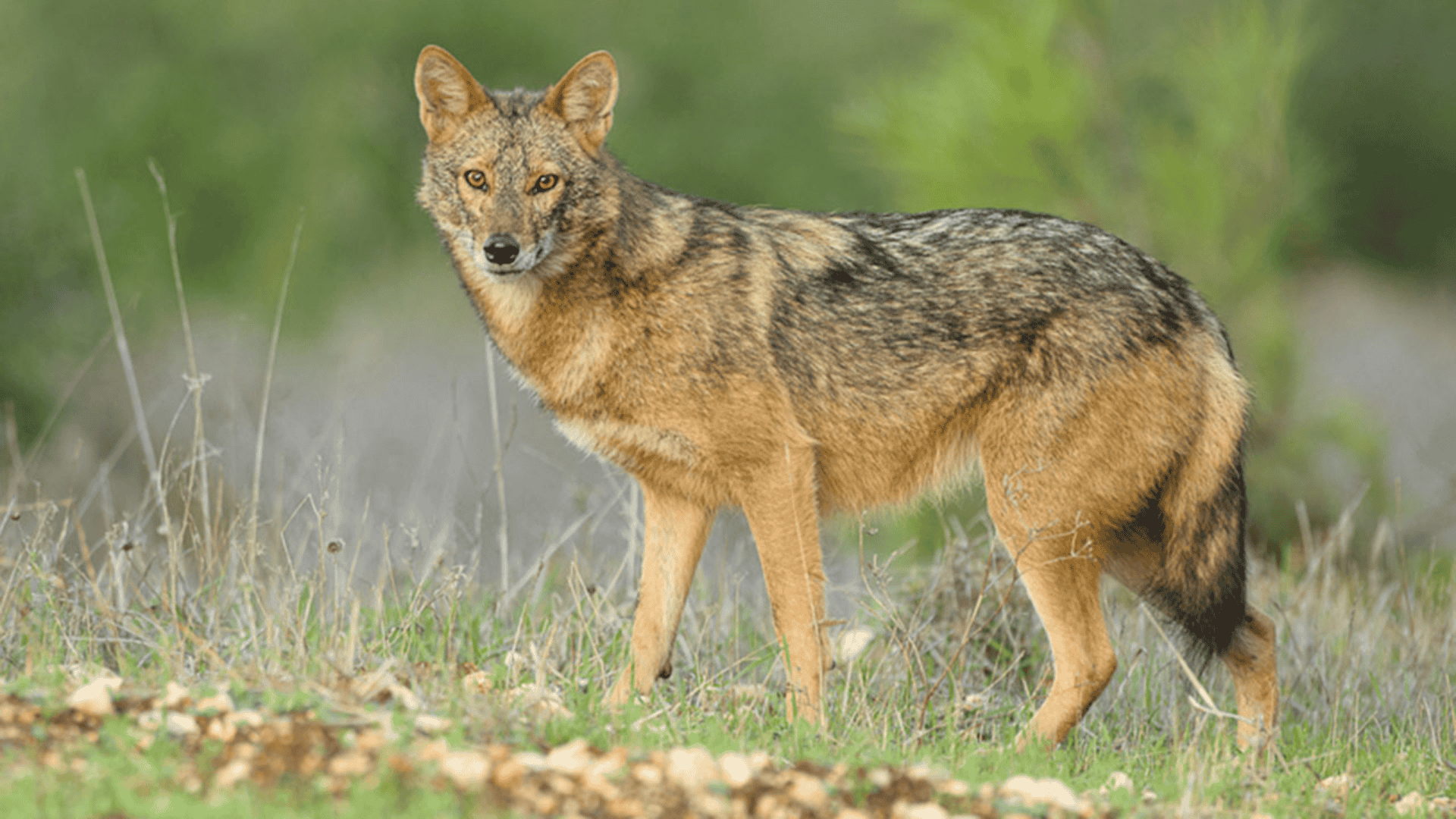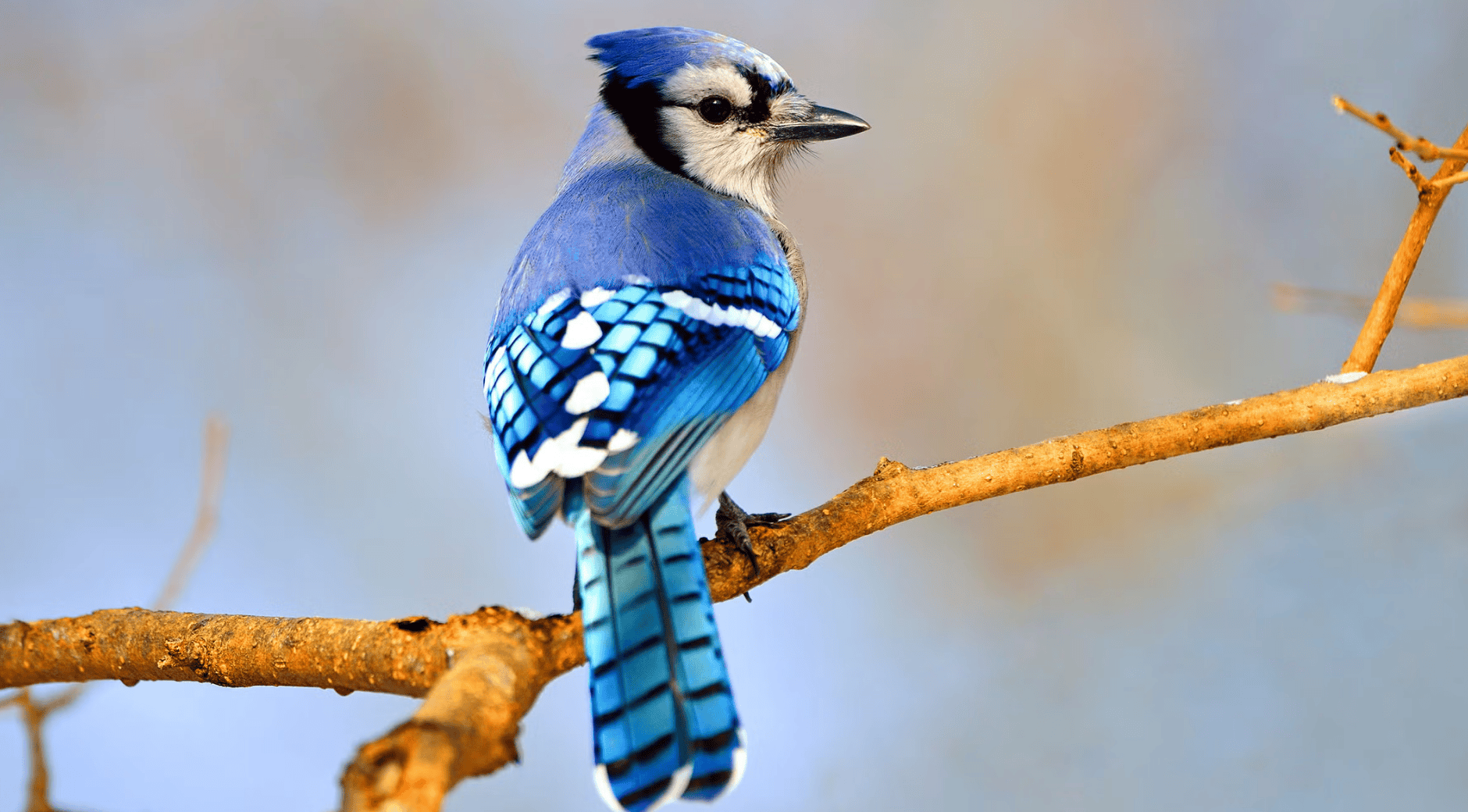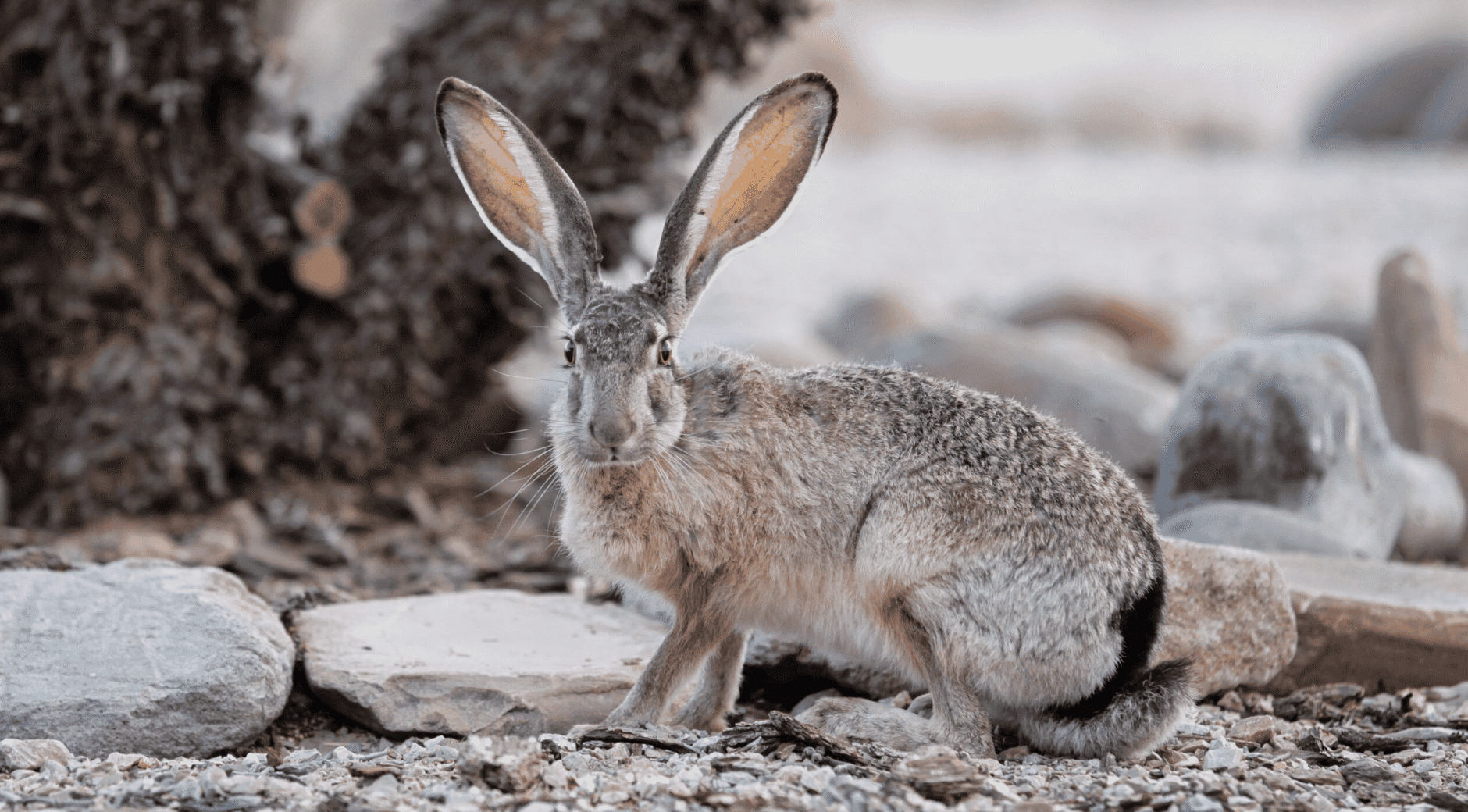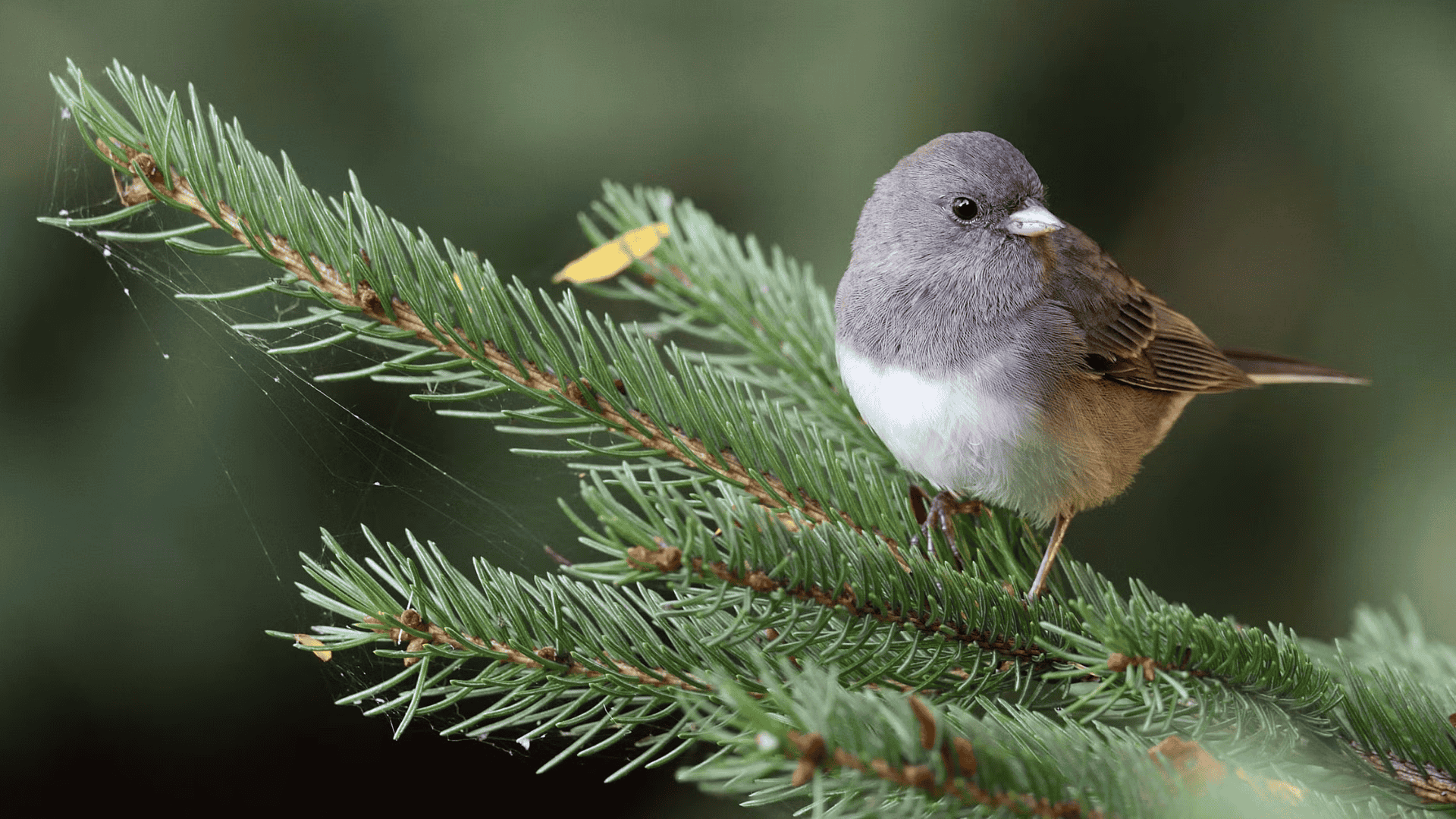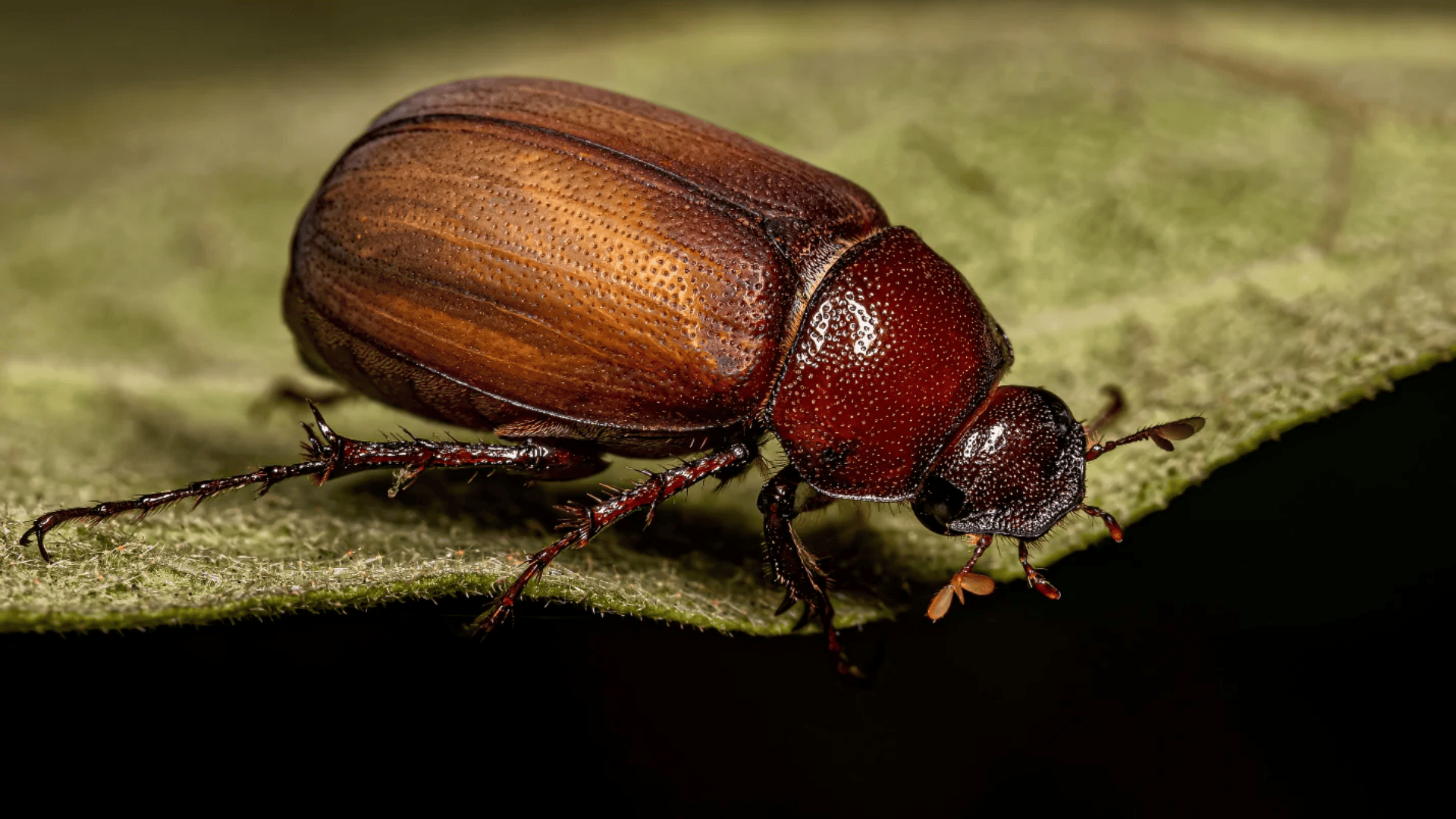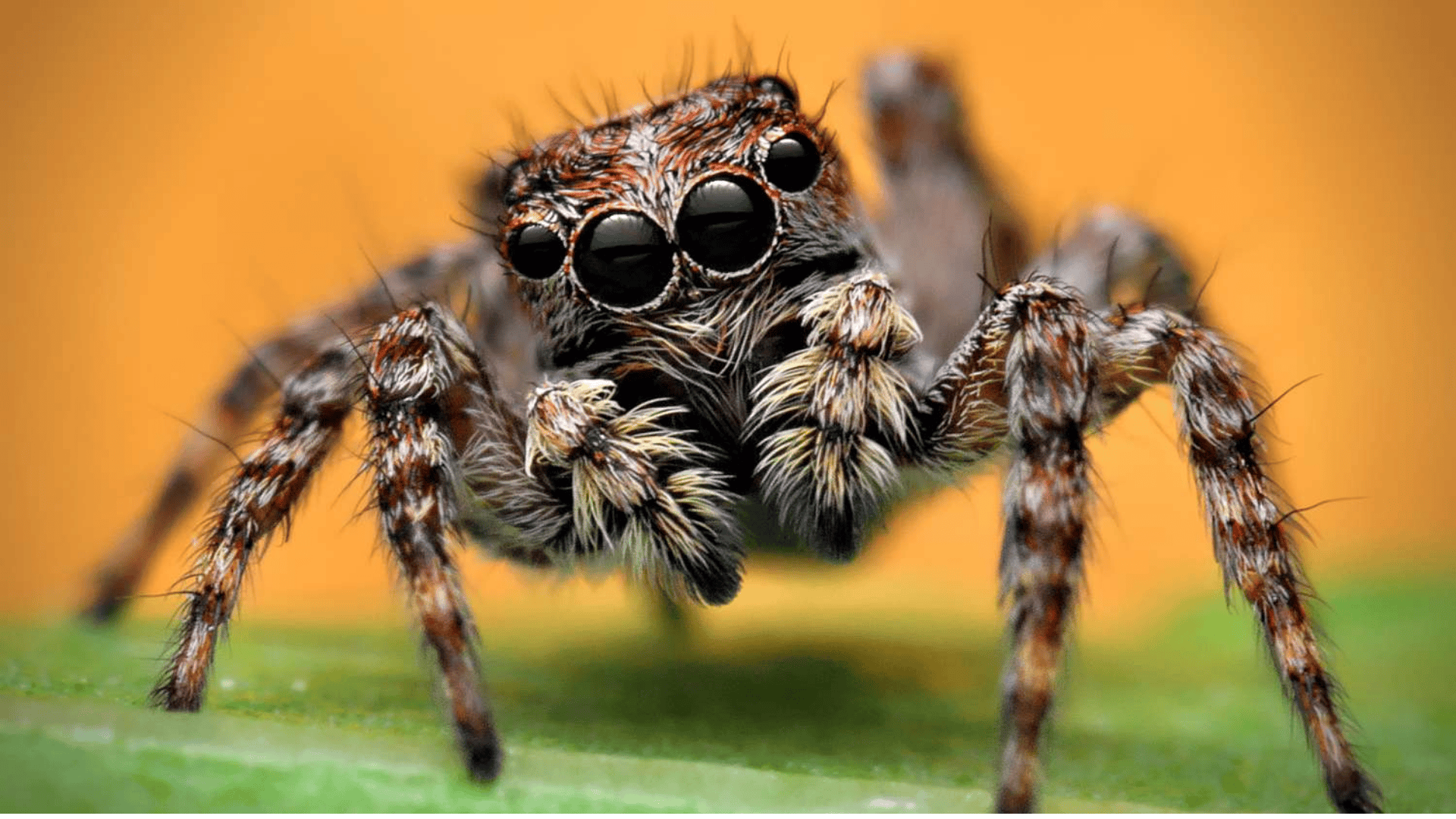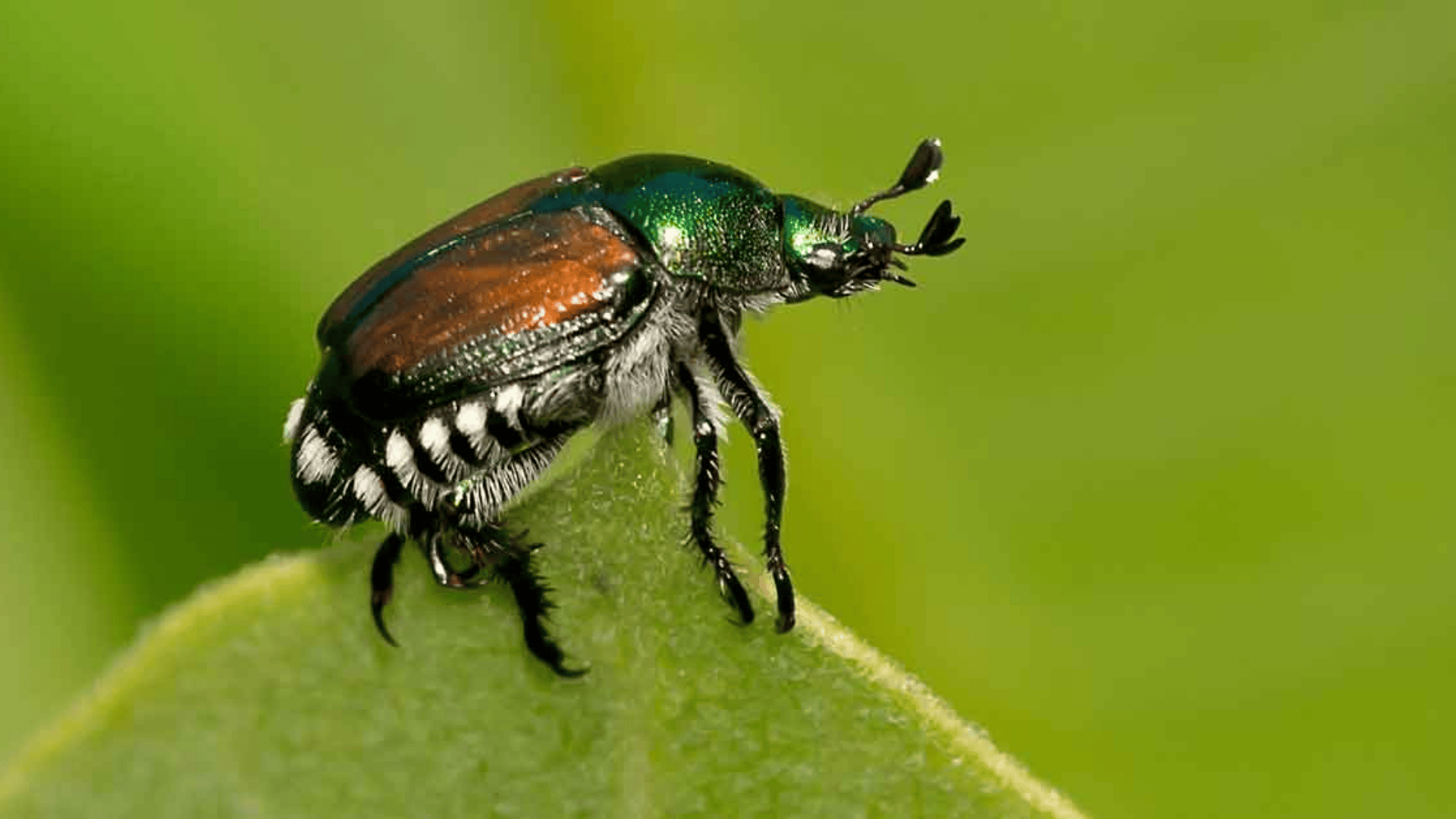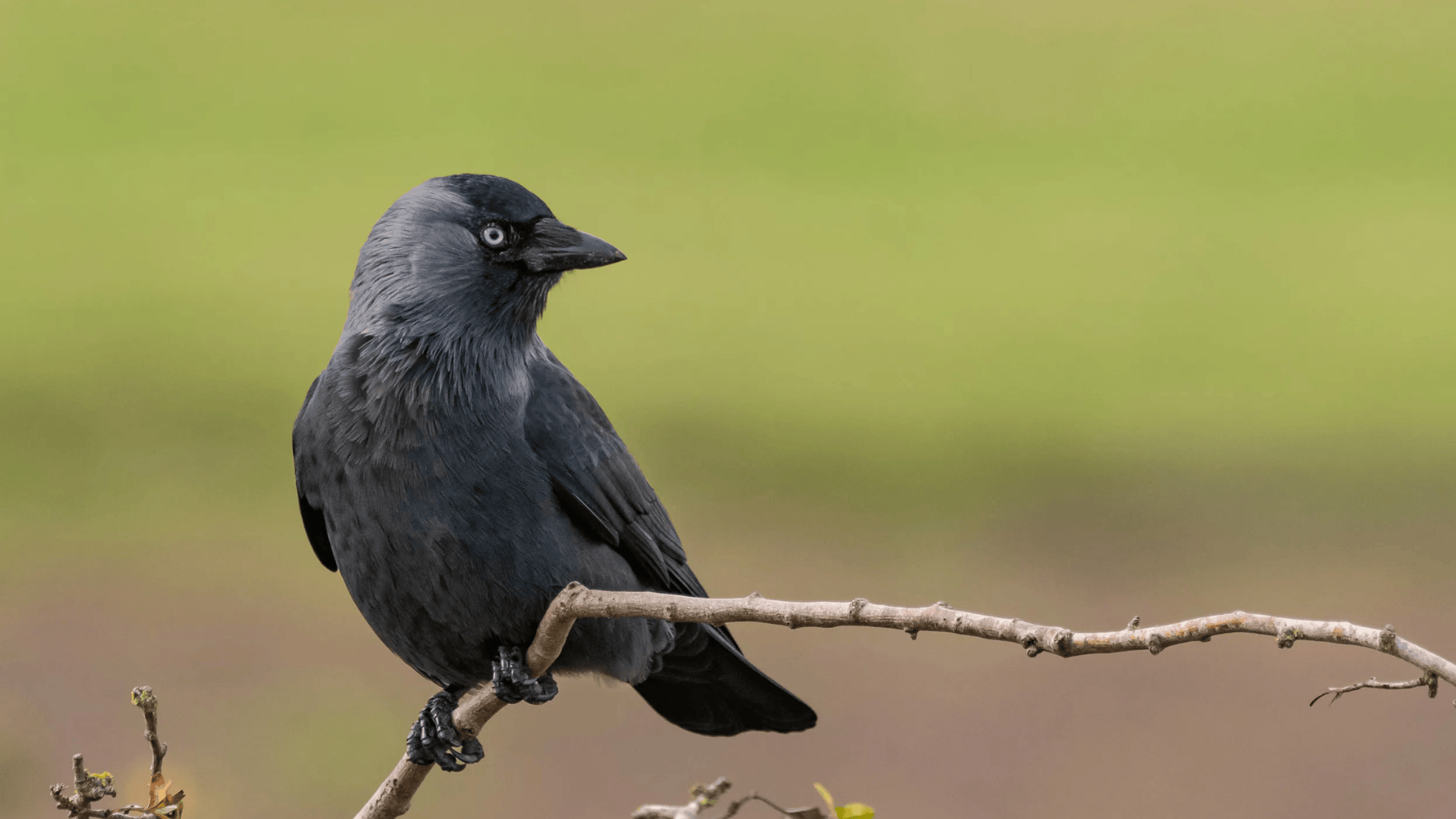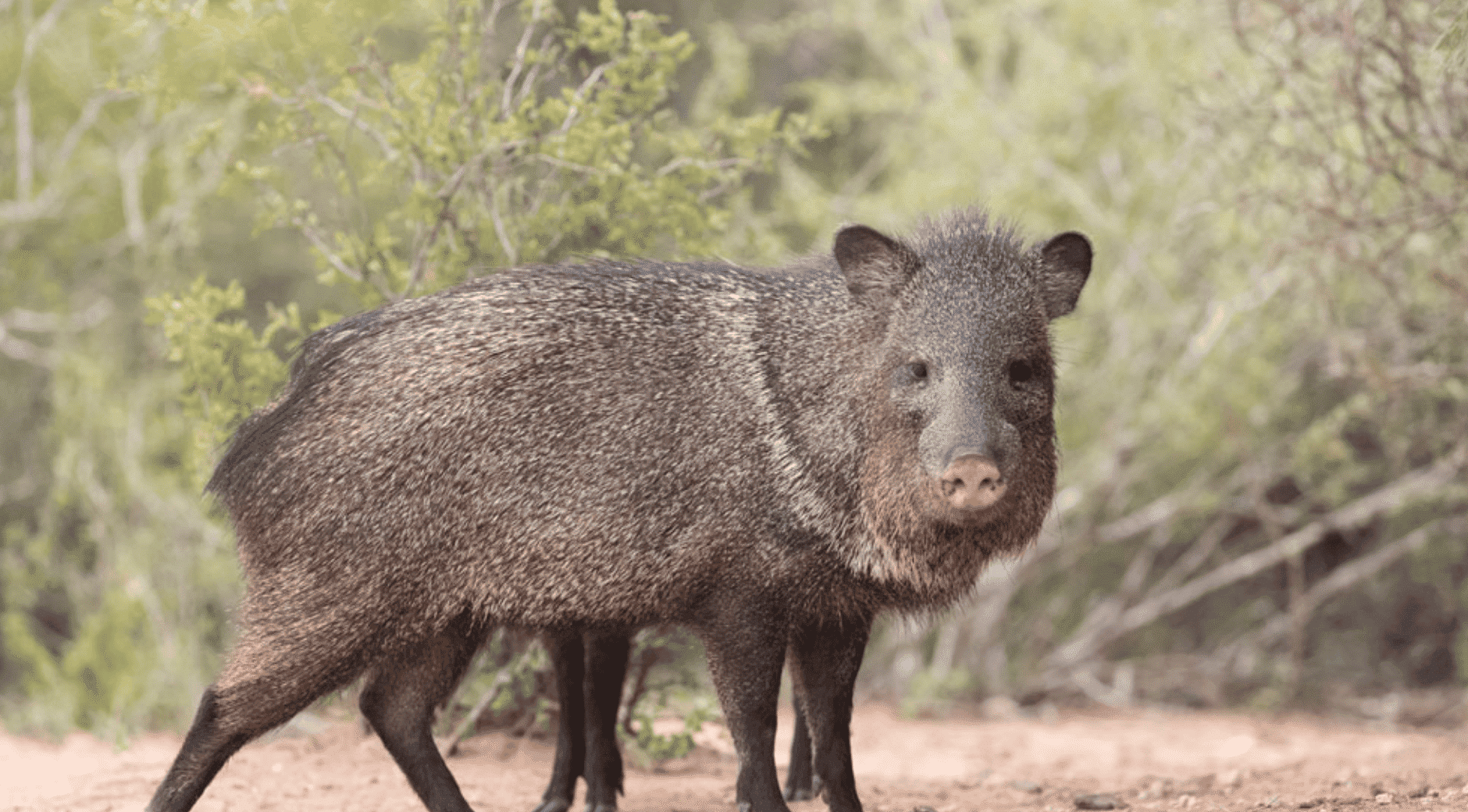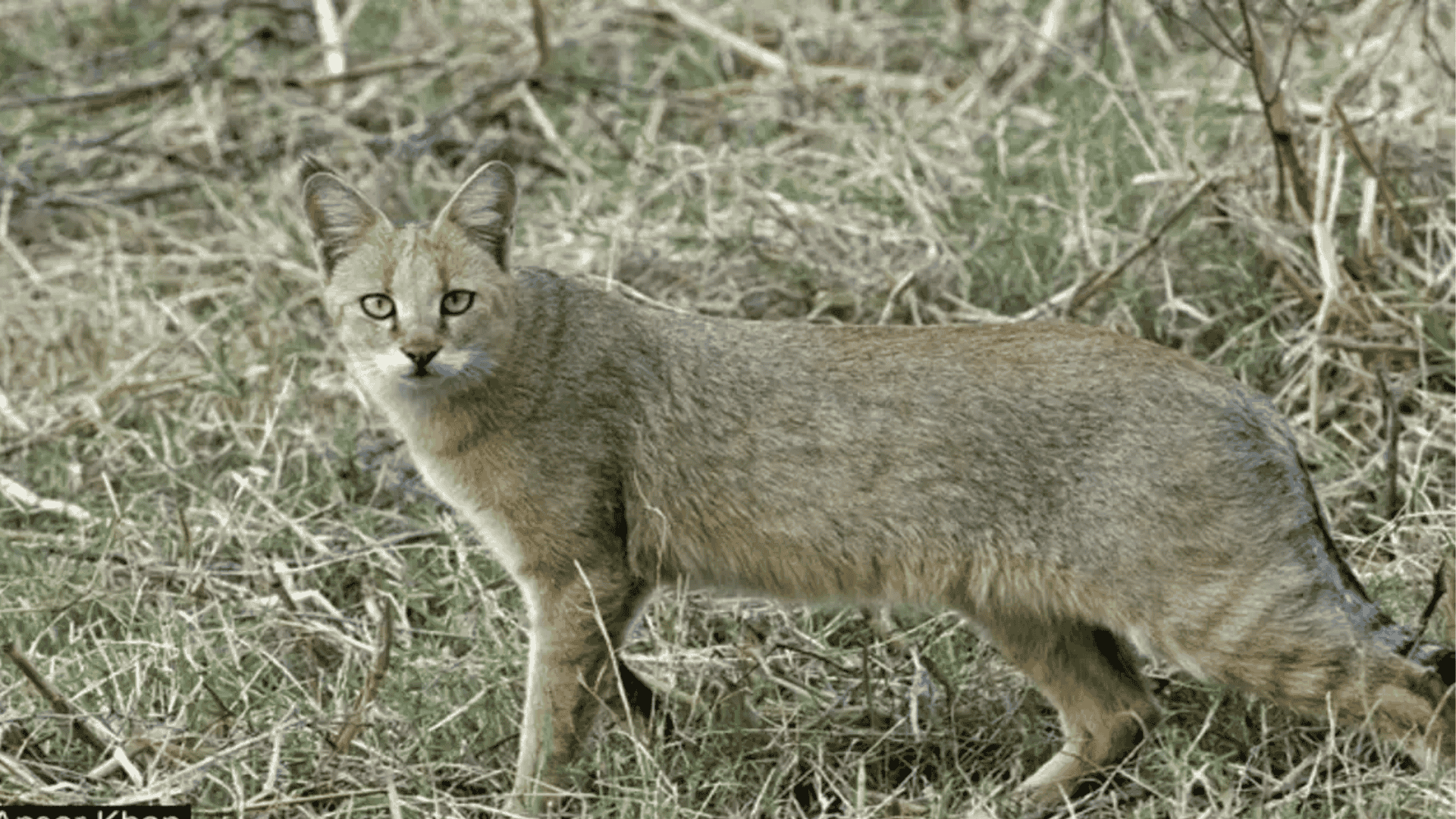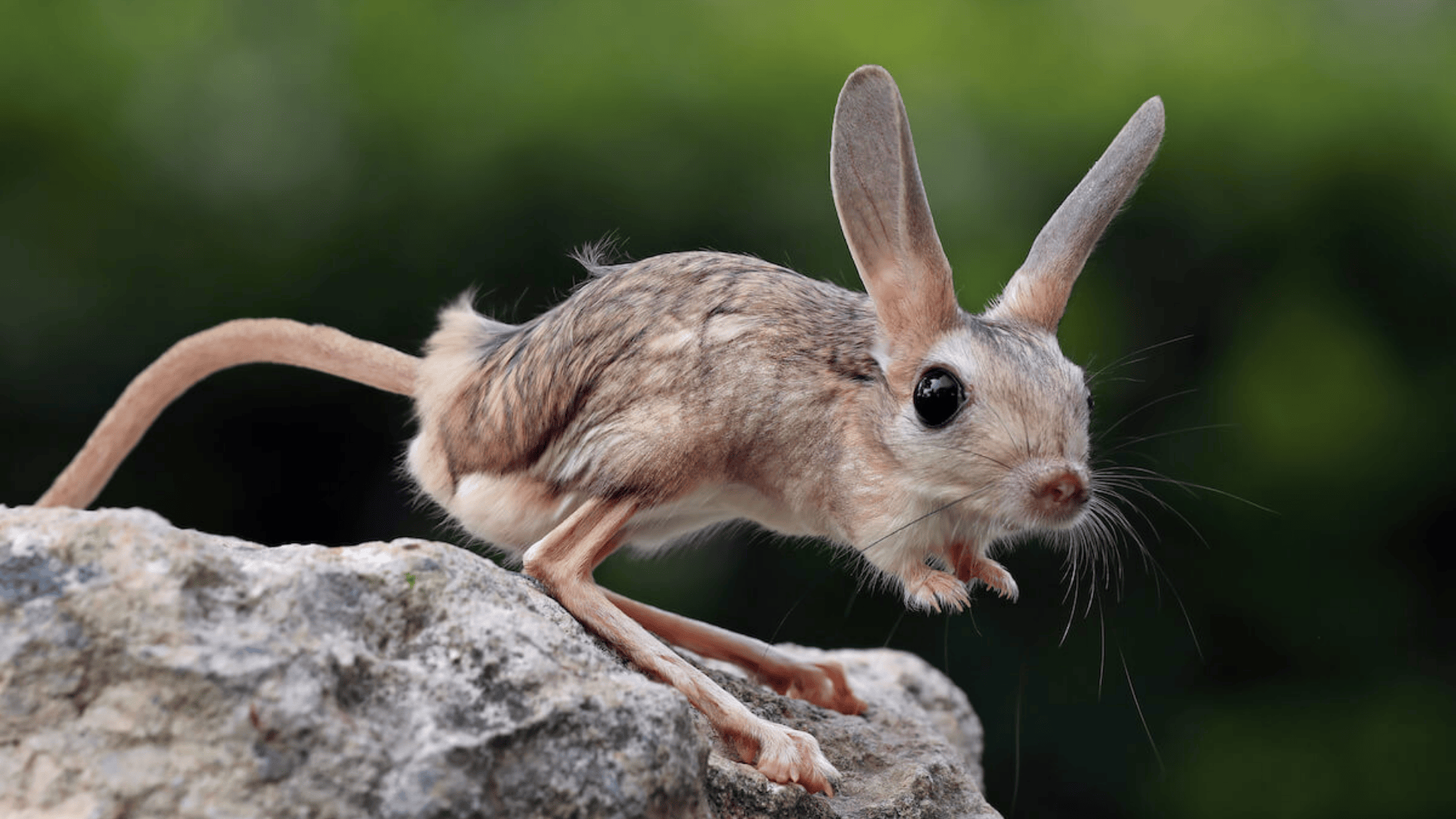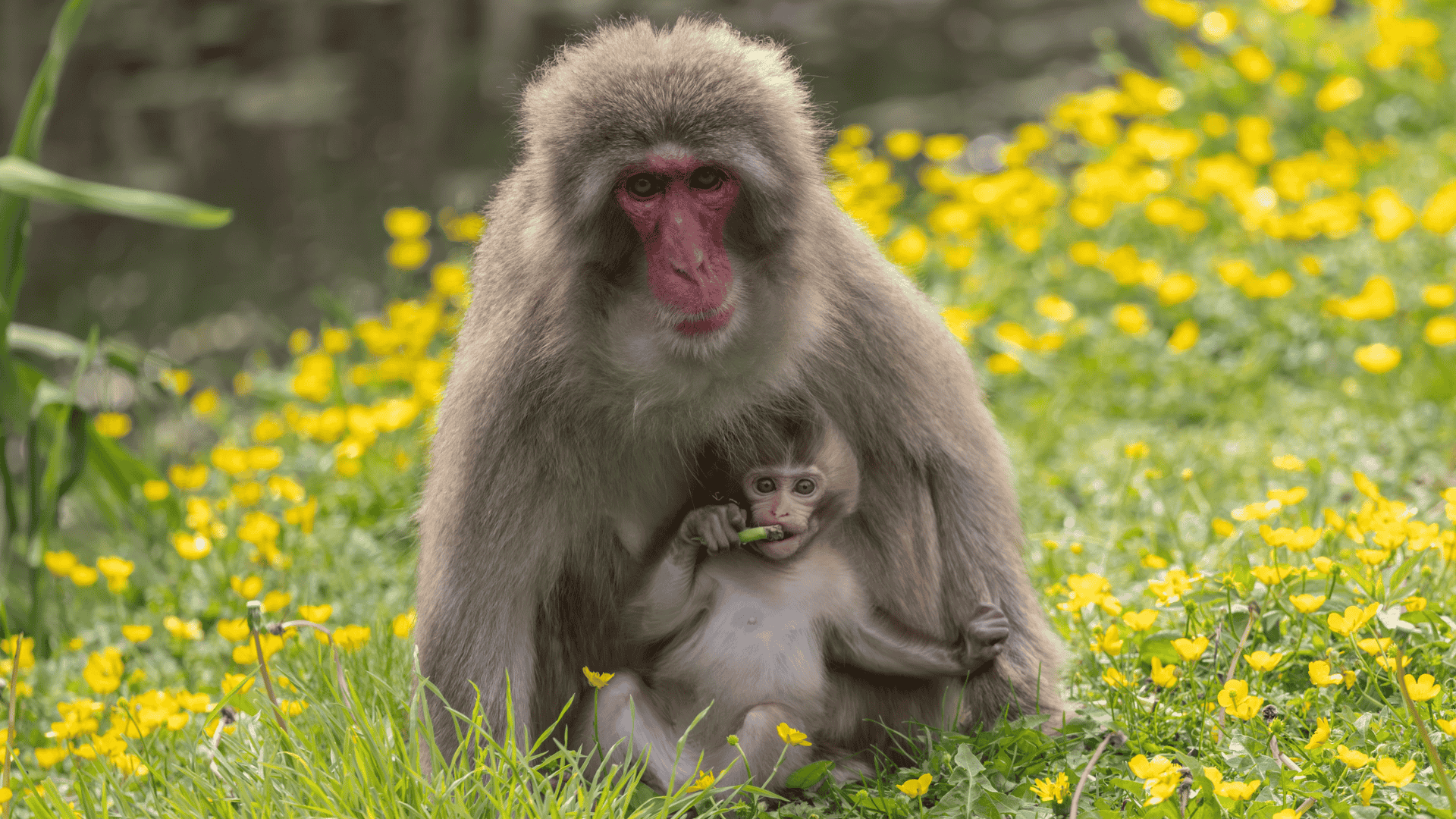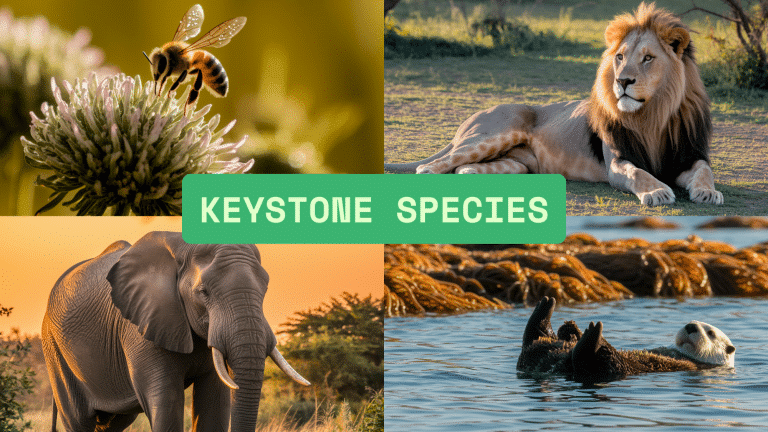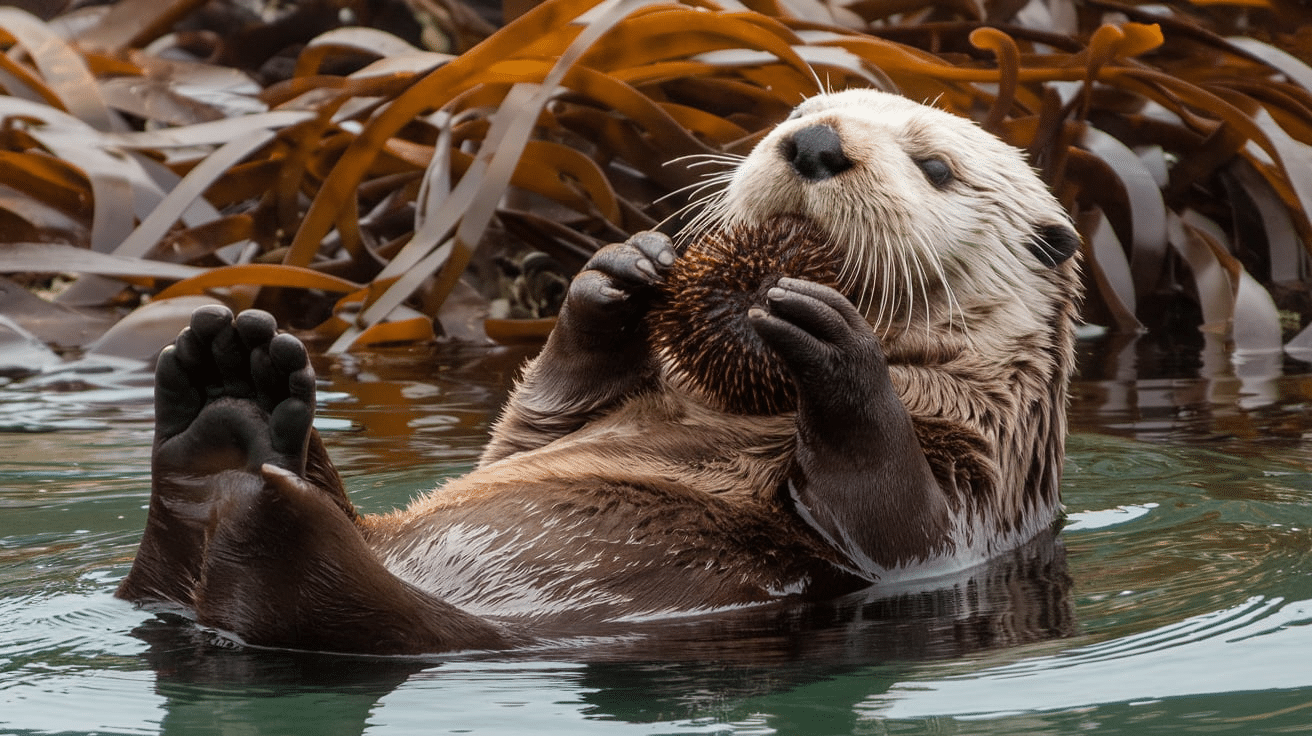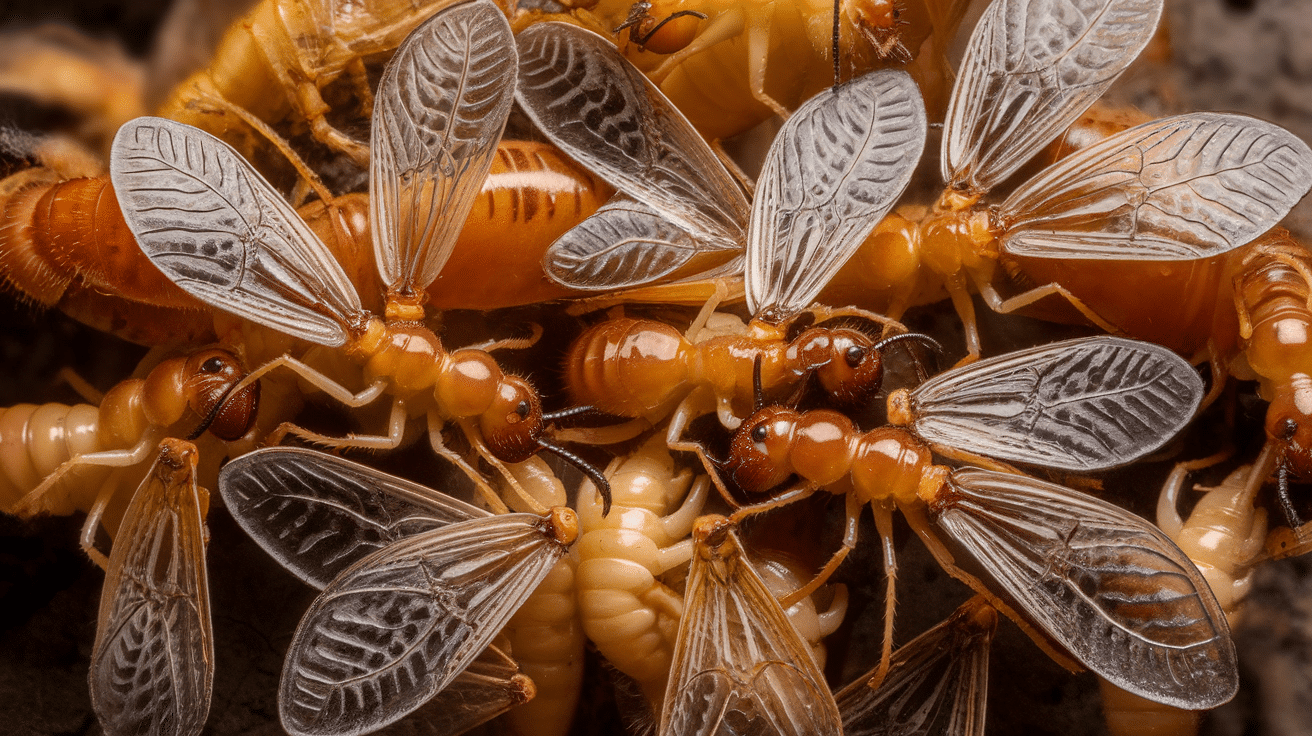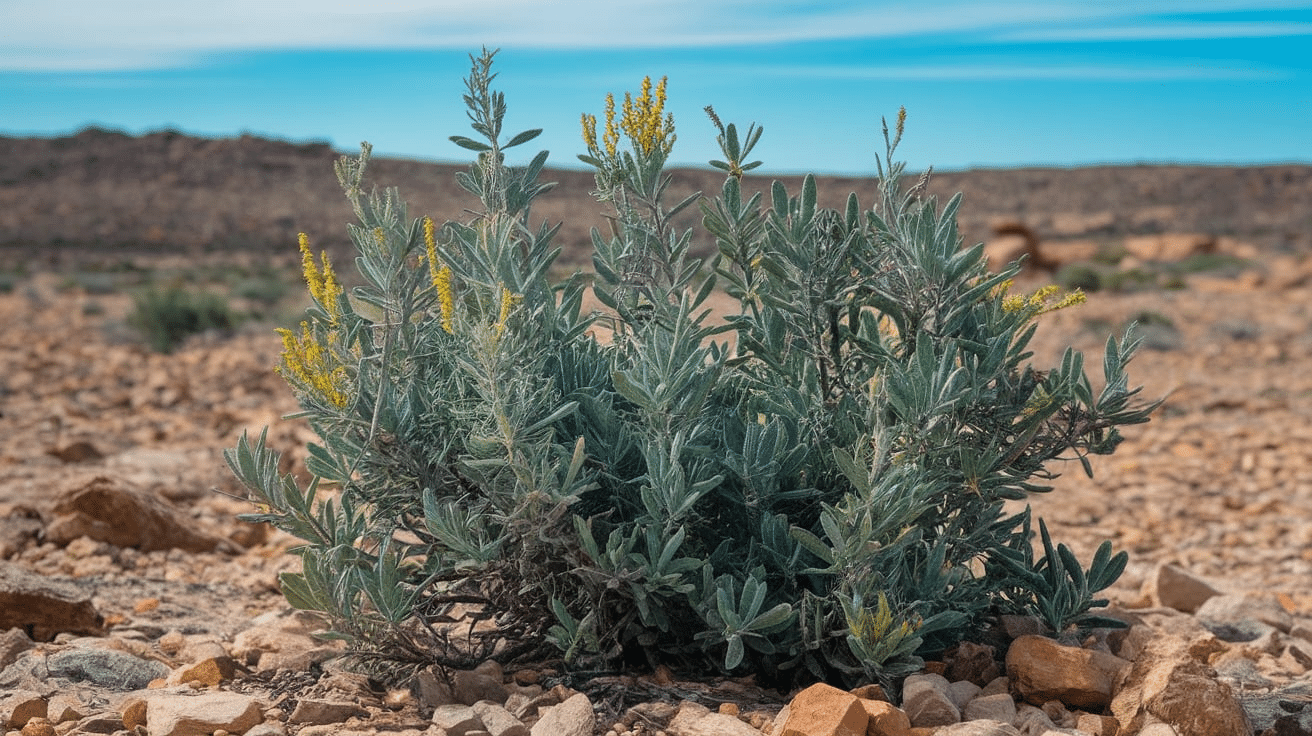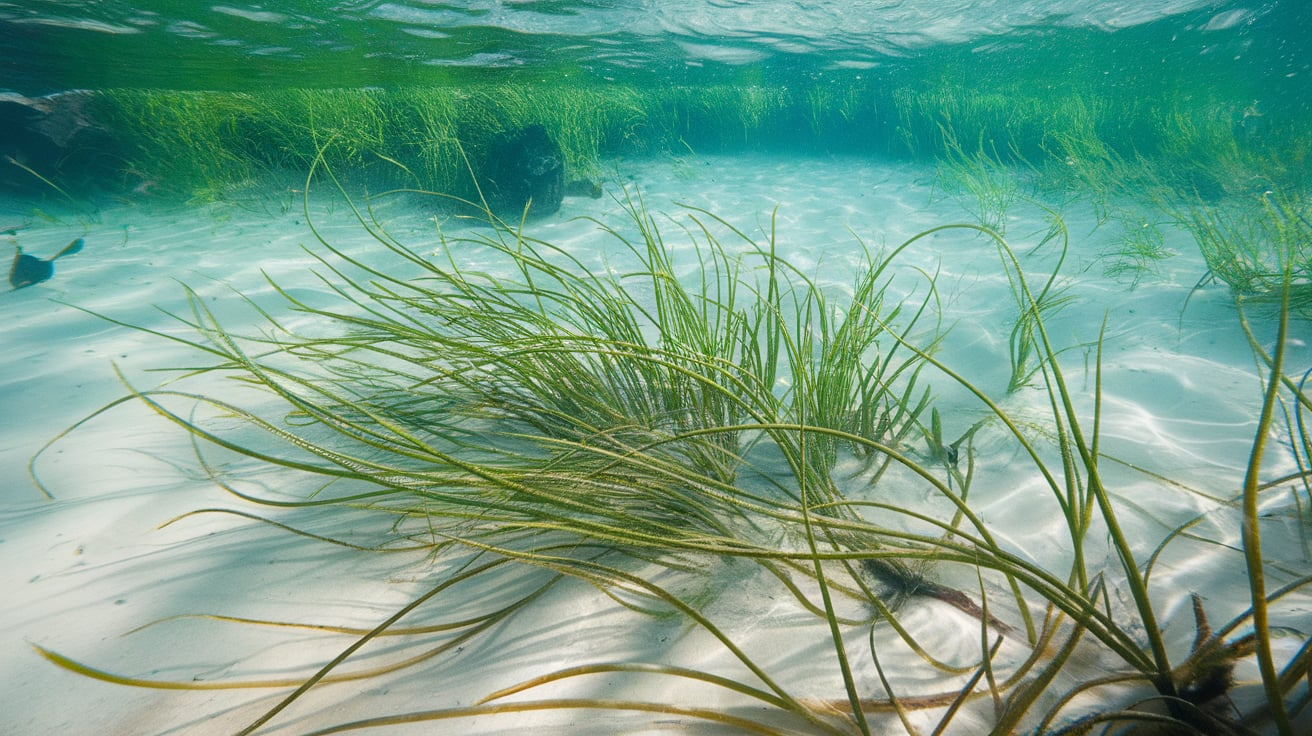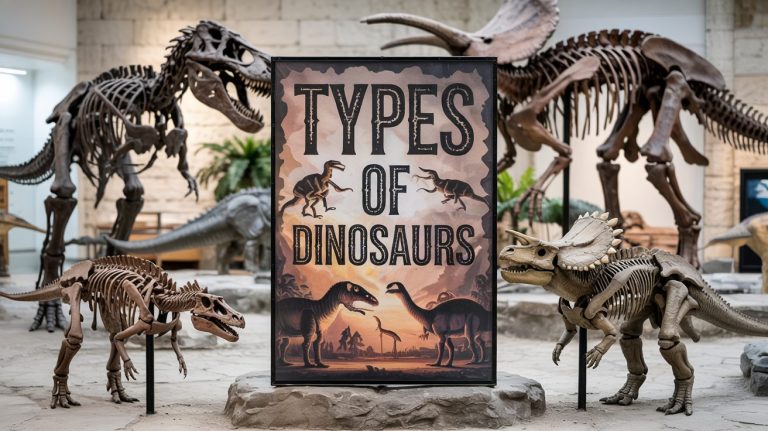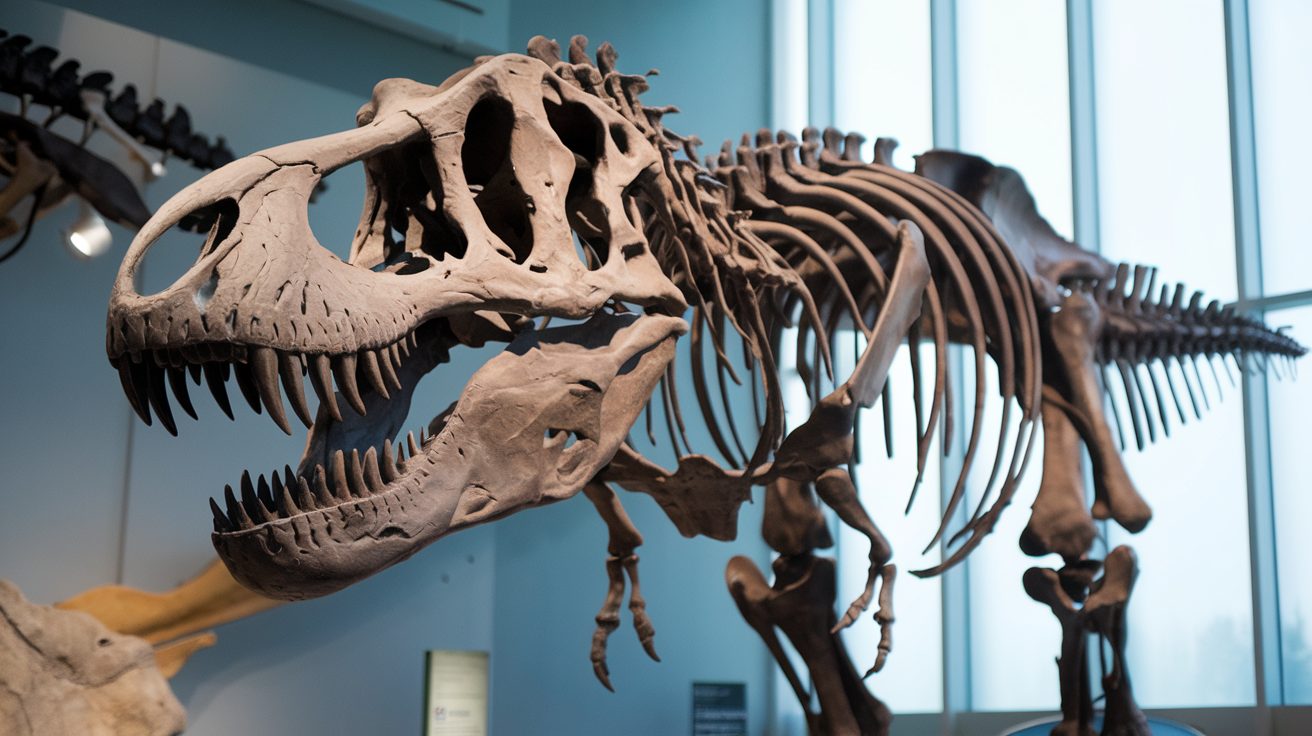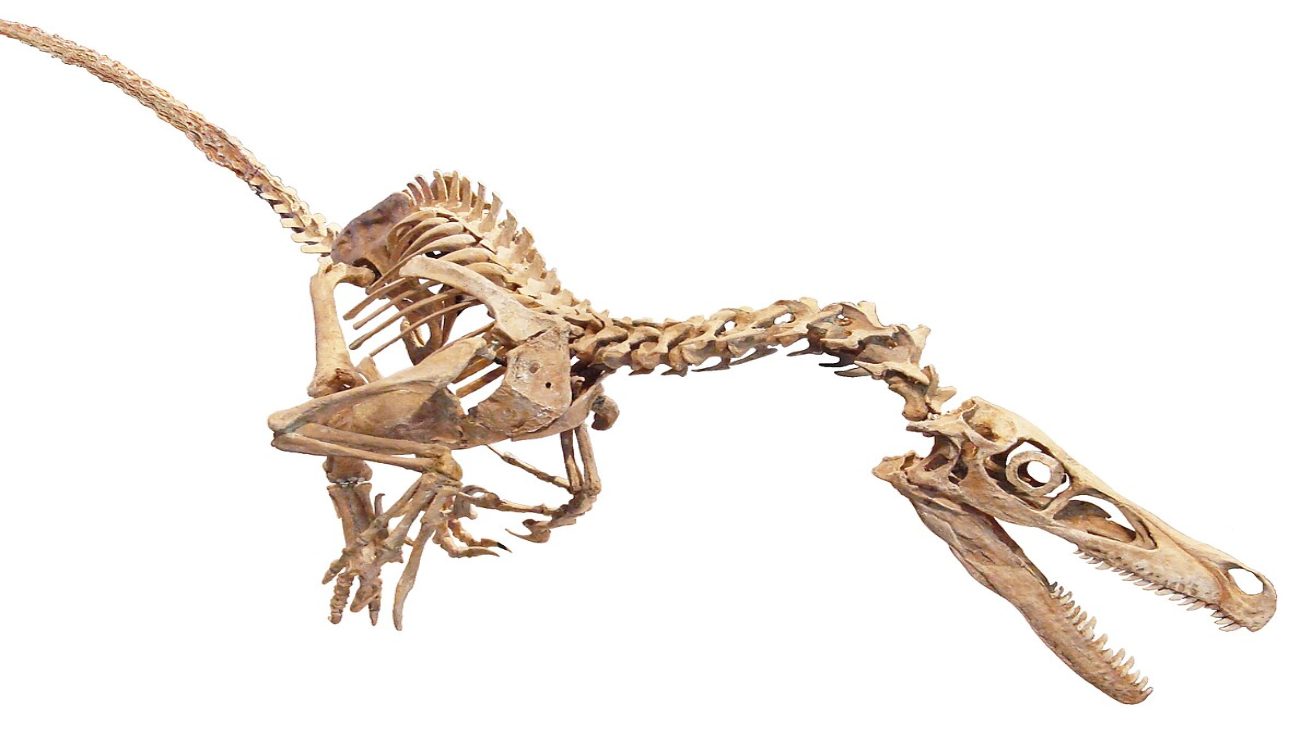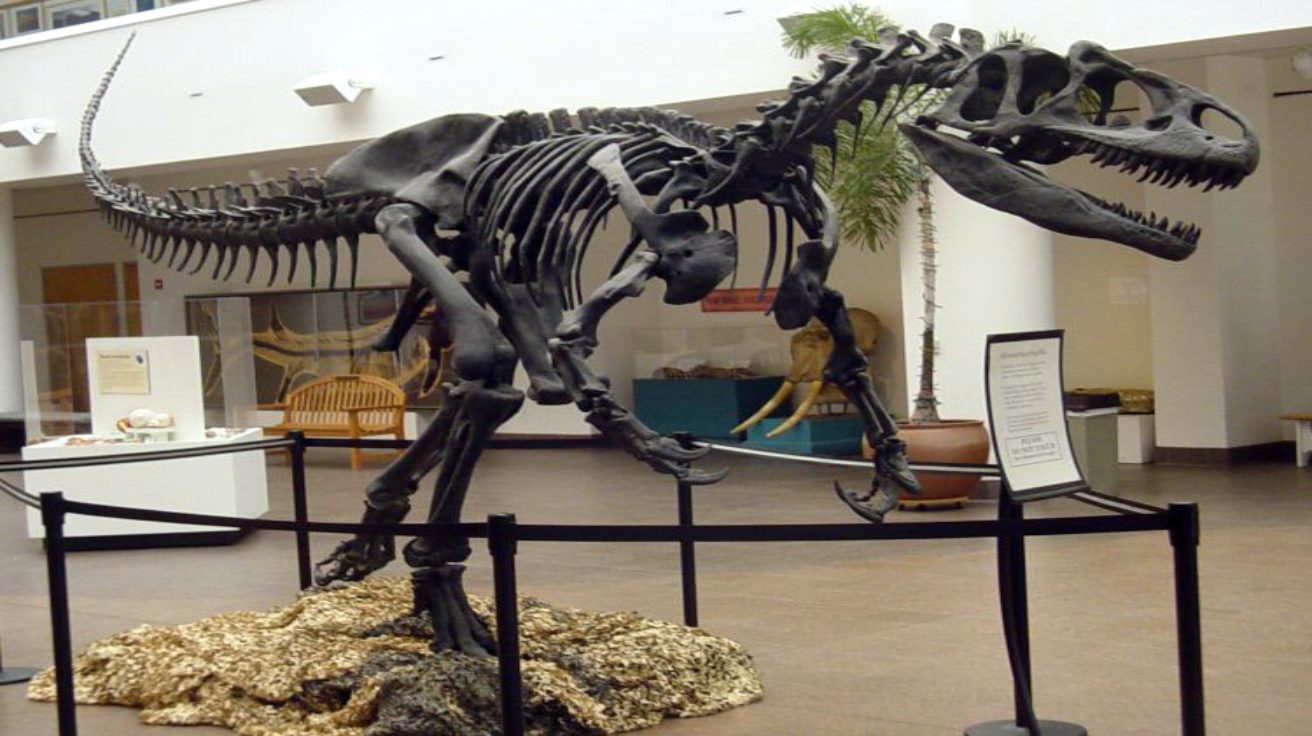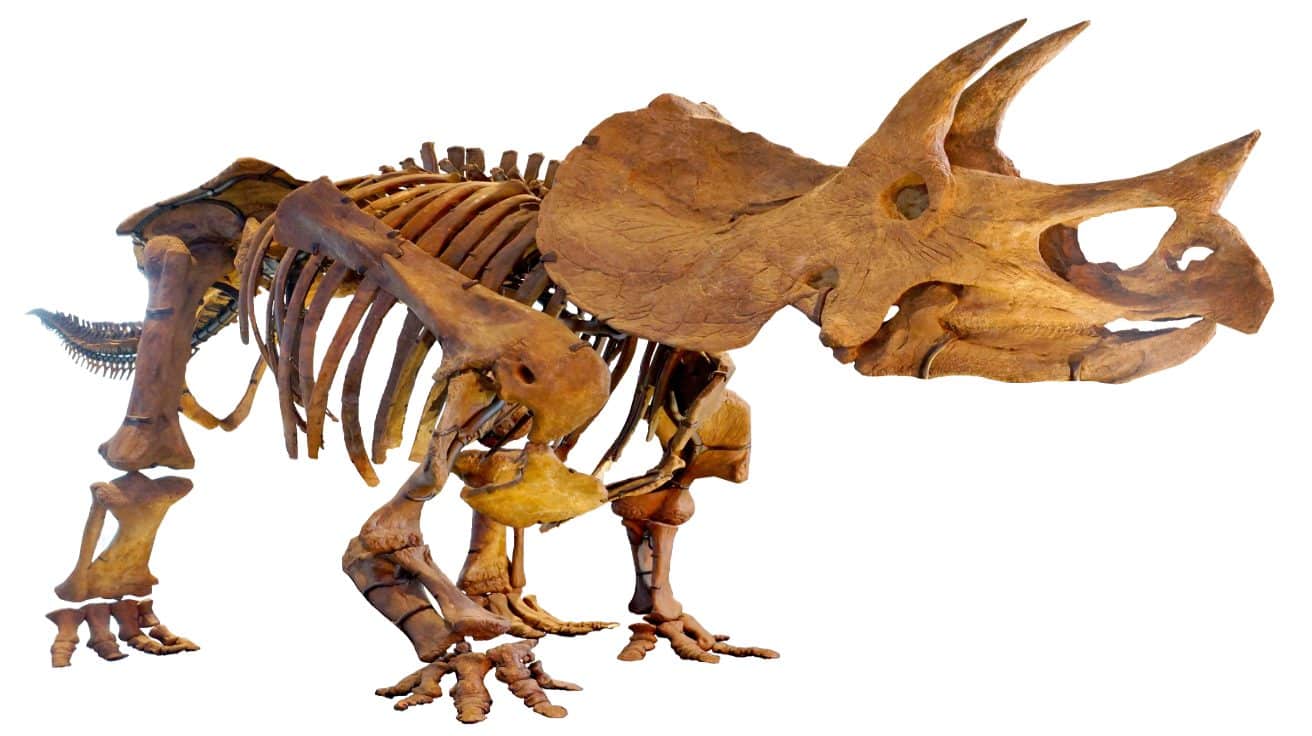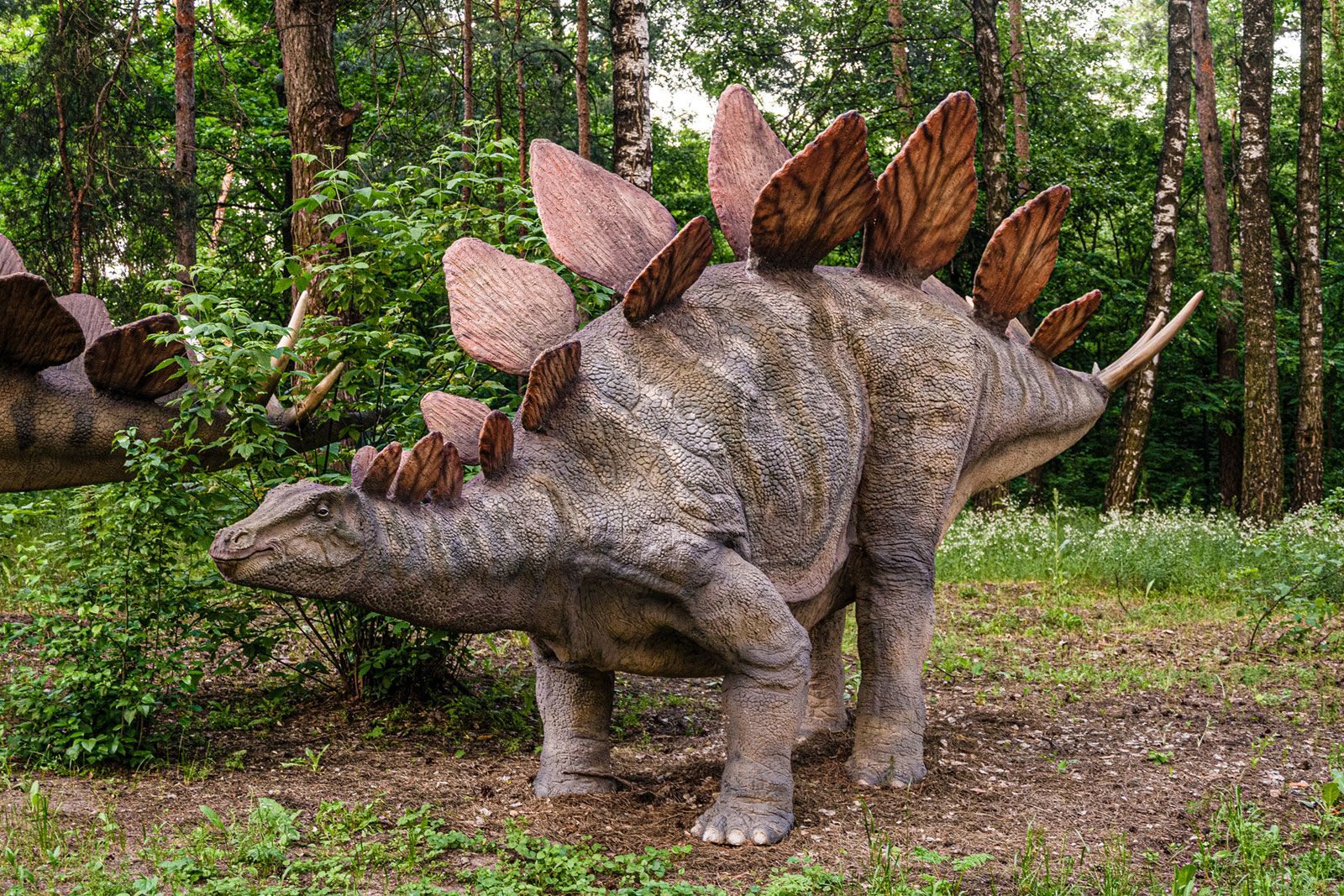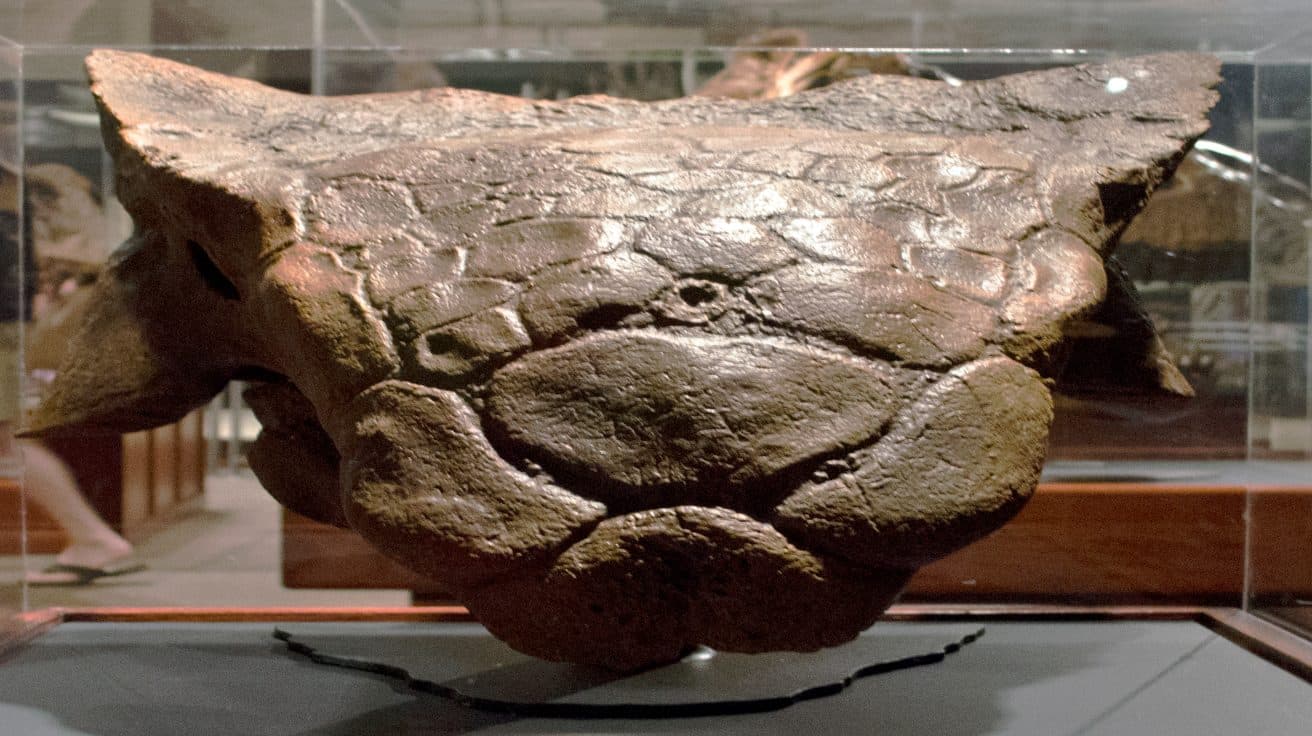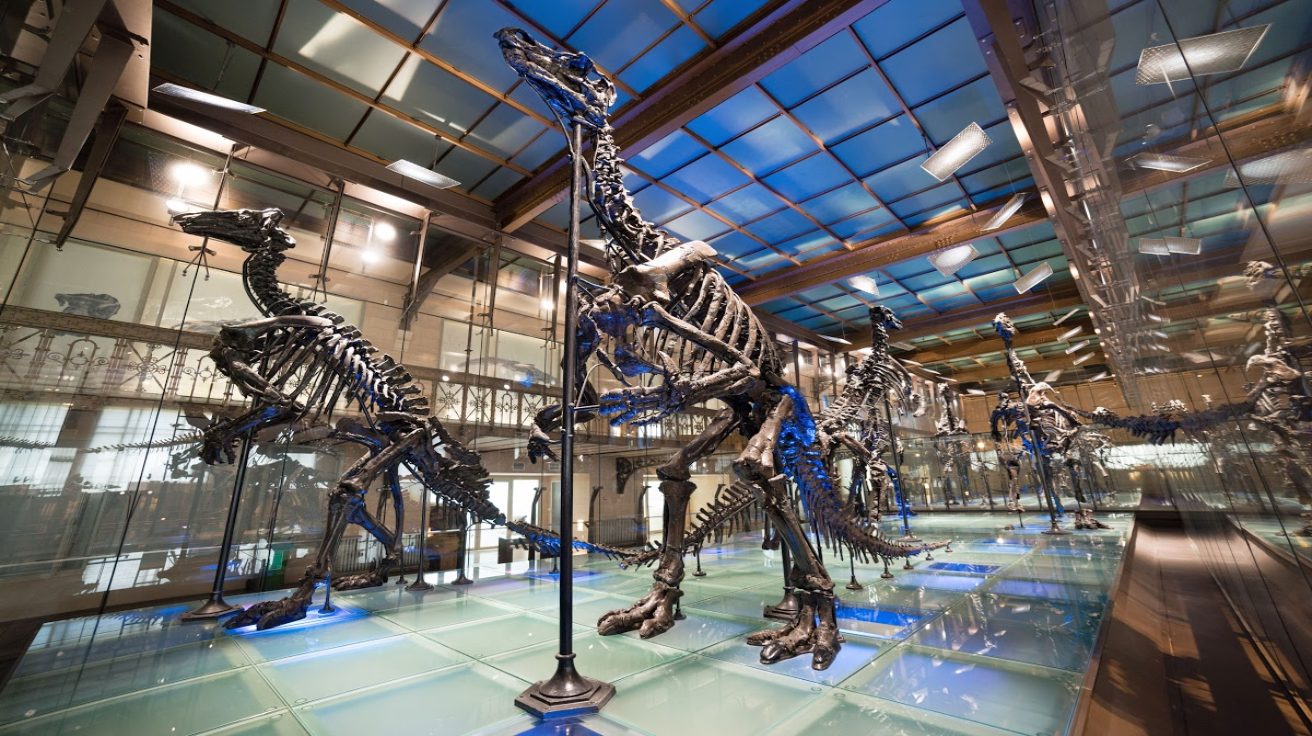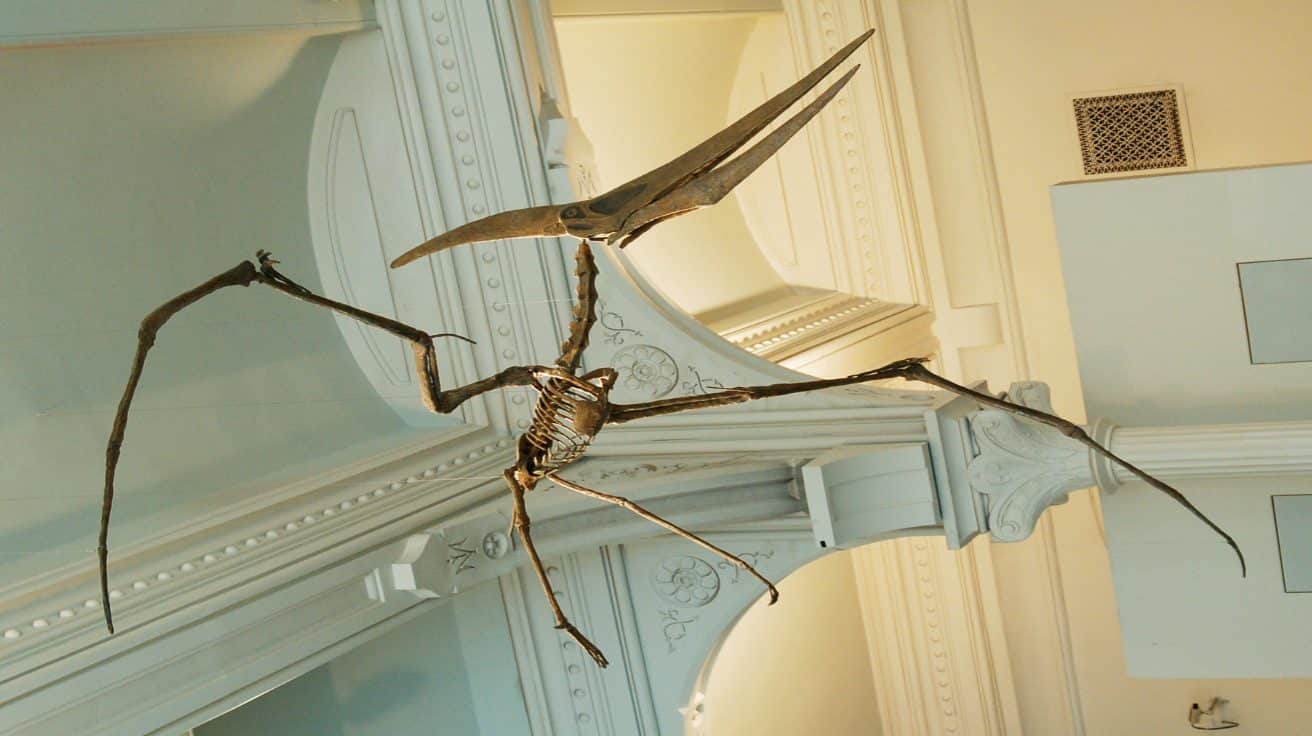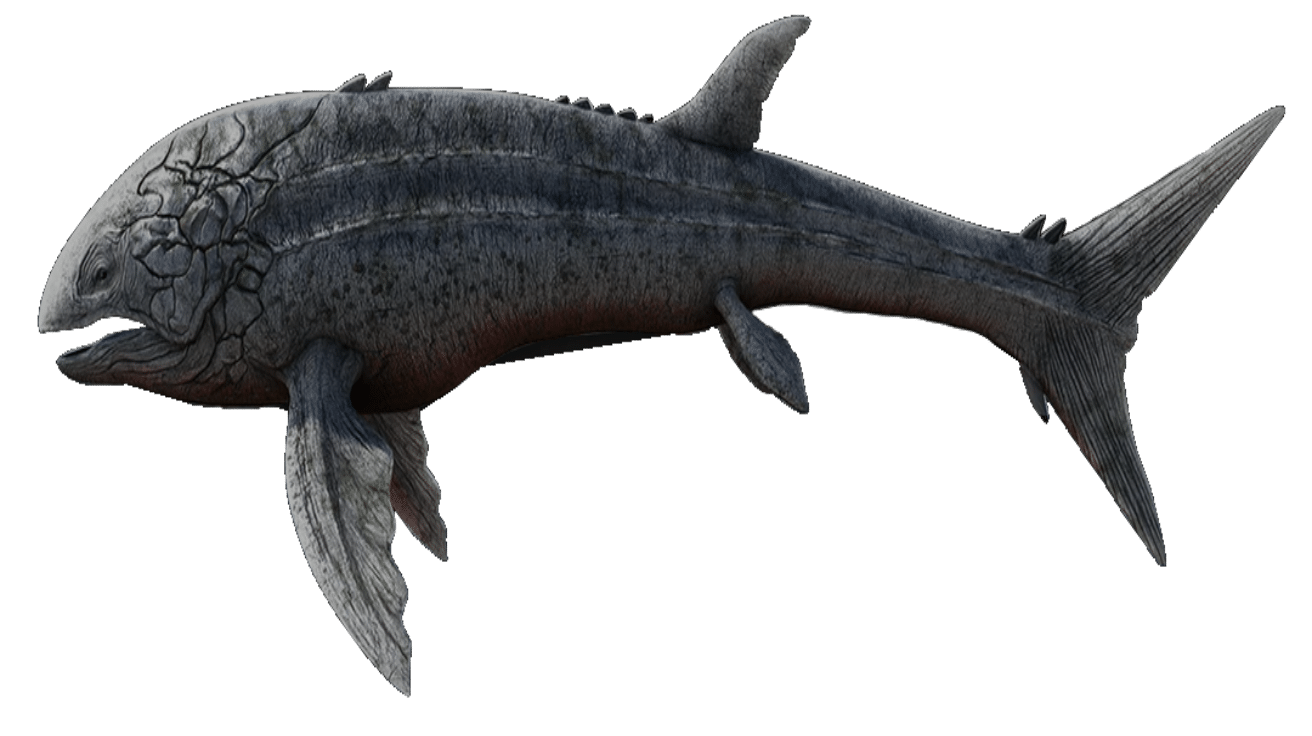Looking for the perfect name for your cooing companion? That little feathered buddy deserves something special – a name that fits their quirky personality just right!
Pigeons might not get the same love as parrots or canaries, but anyone who’s spent time with these gentle birds knows they have big personalities packed into those plump bodies. From their funny head-bobbing walks to their soft coos, pigeons make wonderful pets with their own special charm.
Ready to find that just-right name that makes you smile every time you call your bird? Let’s look at some cute, clever, and totally lovable pigeon names that will make your feathered friend stand out in the flock!
The bond between you and your pigeon grows stronger with the perfect name. After all, these loyal birds have carried messages through wars and across oceans – they deserve a title worthy of their noble heritage!
Factors to Consider When Naming Your Pigeon
Naming your pigeon is an exciting opportunity to reflect its unique traits and your style. Whether it’s based on personality, appearance, or something meaningful to you, choosing the right name is a fun part of bird ownership.
-
Bird’s Personality: Consider if the pigeon is playful, calm, or energetic. A name can reflect its temperament.
-
Color: Pigeon color can inspire names; white, grey, or colorful feathers might guide your choice.
-
Breed: Some pigeon breeds have specific characteristics, and naming them based on breed traits (e.g., Racing Homers) can add uniqueness.
-
Name Style: Decide whether you want a cute, quirky, or meaningful name. Cute names might suit a small, playful bird, while quirky ones could match an oddball personality.
-
Personal Preferences: Think about your interests or preferences, whether you prefer classic names, nature-inspired names, or something that resonates with you.
Adorable Pigeon Names Inspired by Colors
Choosing a name for your pet pigeon is fun, especially when inspired by their beautiful colors. Below are adorable pigeon names inspired by colors, each with unique meanings, origins, and pronunciations.
1. Ashen
-
Meaning: A light, greyish tone, similar to ash.
-
Origin: English
-
Pronunciation: ashen
2. Pearl
-
Meaning: A precious, white or off-white color.
-
Origin: English
-
Pronunciation: purl
3. Slate
-
Meaning: A dark grey or blue-grey color.
-
Origin: English
-
Pronunciation: slayt
4. Cinnamon
-
Meaning: A warm, reddish-brown color.
-
Origin: English
-
Pronunciation: sin-uh-mun
5. Topaz
-
Meaning: A gemstone with golden or yellowish color.
-
Origin: Greek
-
Pronunciation: toh-paz
6. Coal
-
Meaning: A very dark black color.
-
Origin: Old English
-
Pronunciation: kohl
7. Copper
-
Meaning: A reddish-brown metallic color.
-
Origin: Latin
-
Pronunciation: kaw-per
8. Charcoal
-
Meaning: A dark grey, almost black color.
-
Origin: English
-
Pronunciation: char-kohl
9. Onyx
-
Meaning: A gemstone known for its black or dark hues.
-
Origin: Greek
-
Pronunciation: on-iks
10. Ivory
-
Meaning: A creamy white color.
-
Origin: English
-
Pronunciation: eye-vuh-ree
11. Amber
-
Meaning: A warm golden-yellow color.
-
Origin: Arabic
-
Pronunciation: am-bur
12. Ebony
-
Meaning: A rich, dark black color.
-
Origin: Greek
-
Pronunciation: eb-uh-nee
13. Sage
-
Meaning: A soft, grey-green color.
-
Origin: Latin
-
Pronunciation: sayj
14. Mahogany
-
Meaning: A reddish-brown color, like the wood of the mahogany tree.
-
Origin: Spanish
-
Pronunciation: muh-hog-uh-nee
15. Maroon
-
Meaning: A dark red-brown color.
-
Origin: French
-
Pronunciation: muh-roon
16. Coral
-
Meaning: A pinkish-red color, resembling the coral reef.
-
Origin: Latin
-
Pronunciation: kor-uhl
17. Ruby
-
Meaning: A rich, deep red color.
-
Origin: Latin
-
Pronunciation: roo-bee
18. Sapphire
-
Meaning: A deep blue color, like the precious gemstone.
-
Origin: Greek
-
Pronunciation: saf-ire
19. Burgundy
-
Meaning: A deep, dark red with purple hues.
-
Origin: French
-
Pronunciation: bur-gun-dee
20. Jet
-
Meaning: A shiny, deep black color.
-
Origin: Old French
-
Pronunciation: jet
21. Sand
-
Meaning: A light, beige or tan color, similar to beach sand.
-
Origin: Old English
-
Pronunciation: sand
22. Lemon
-
Meaning: A bright yellow color, like a lemon fruit.
-
Origin: Old French
-
Pronunciation: lem-uhn
23. Peach
-
Meaning: A soft pinkish-orange color, like the fruit.
-
Origin: Old French
-
Pronunciation:peech
24. Periwinkle
-
Meaning: A soft, bluish-purple color.
-
Origin: English
-
Pronunciation: per-ee-winkle
25. Plum
-
Meaning: A dark purple color, similar to the fruit.
-
Origin: Old French
-
Pronunciation: plum
26. Blush
-
Meaning: A soft pink color, reminiscent of a blush.
-
Origin: English
-
Pronunciation: blush
27. Silver
-
Meaning: A shiny, metallic grey-white color.
-
Origin: Old English
-
Pronunciation: sil-vur
28. Olive
-
Meaning: A yellow-green color, like the olive fruit.
-
Origin: Latin
-
Pronunciation: ah-liv
29. Mint
-
Meaning: A light, cool green color.
-
Origin: Latin
-
Pronunciation: mint
30. Canary
-
Meaning: A bright yellow color, like a canary bird.
-
Origin: Spanish
-
Pronunciation: kuh-nare-ee
31. Buttercup
-
Meaning: A soft yellow color, like the buttercup flower.
-
Origin: English
-
Pronunciation: but-er-kup
32. Frost
-
Meaning: A pale, icy color, like frozen dew.
-
Origin: Old English
-
Pronunciation: frost
33. Garnet
-
Meaning: A deep red color, like the gemstone.
-
Origin: Latin
-
Pronunciation: gar-net
34. Cloud
-
Meaning: A soft white or grey color, like clouds in the sky.
-
Origin: Old English
-
Pronunciation: klowd
35. Snow
-
Meaning: A bright white color, like fresh snow.
-
Origin: Old English
-
Pronunciation: snoh
36. Honey
-
Meaning: A warm, golden yellow color.
-
Origin: Old English
-
Pronunciation: hun-ee
37. Grape
-
Meaning: A deep purple color, similar to the fruit.
-
Origin: Latin
-
Pronunciation: grayp
38. Taffy
-
Meaning: A soft, light pink color, like the taffy candy.
-
Origin: English
-
Pronunciation: taf-ee
39. Almond
-
Meaning: A warm, light brown color, like an almond.
-
Origin: Old French
-
Pronunciation: ahl-muhnd
40. Lemonade
-
Meaning: A pale yellow color, like the drink.
-
Origin: English
-
Pronunciation: lem-uh-nayd
41. Caramel
-
Meaning: A rich, golden-brown color.
-
Origin: Spanish
-
Pronunciation: kar-uh-muhl
42. Dove
-
Meaning: A soft grey color, like the dove bird.
-
Origin: Old English
-
Pronunciation: duhv
43. Scarlet
-
Meaning: A bright red color.
-
Origin: Old French
-
Pronunciation: skahr-lit
44. Tangerine
-
Meaning: A bright orange color, like the fruit.
-
Origin: English
-
Pronunciation: tan-juh-reen
45. Ice
-
Meaning: A pale blue or clear color, like ice.
-
Origin: Old English
-
Pronunciation: ice
46. Orchid
-
Meaning: A soft purple color, like the orchid flower.
-
Origin: Latin
-
Pronunciation: or-kid
47. Ruby
-
Meaning: A deep red, similar to the ruby gemstone.
-
Origin: Latin
-
Pronunciation: roo-bee
48. Blush
-
Meaning: A light pink color, resembling a soft blush.
-
Origin: Old French
-
Pronunciation: blush
49. Azure
-
Meaning: A bright blue color, like the sky.
-
Origin: Old French
-
Pronunciation: azh-ur
50. Mint
-
Meaning: A light, refreshing green color.
-
Origin: Latin
-
Pronunciation: mint
Cute and Quirky Pigeon Names
51. Peppy
-
Meaning: Lively and energetic
-
Origin: English
-
Pronunciation: peh-pee
52. Pippin
-
Meaning: A charming little one
-
Origin: English
-
Pronunciation: pip-in
53. Nugget
-
Meaning: A small, precious thing
-
Origin: English
-
Pronunciation: nuh-get
54. Ziggy
-
Meaning: A playful and quirky name
-
Origin: German
-
Pronunciation: zig-ee
55. Waffle
-
Meaning: Sweet, fluffy, and fun
-
Origin: English
-
Pronunciation: wah-fuhl
56. Juno
-
Meaning: Queenly and bright
-
Origin: Latin
-
Pronunciation: joo-noh
57. Cupcake
-
Meaning: Sweet and adorable
-
Origin: English
-
Pronunciation: cup-kayk
58. Sprout
-
Meaning: New growth or beginning
-
Origin: English
-
Pronunciation: sprout
59. Bumble
-
Meaning: A clumsy, yet cute character
-
Origin: English
-
Pronunciation: bum-buhl
60. Doodle
-
Meaning: A whimsical sketch or creation
-
Origin: German
-
Pronunciation: doo-dl
61. Snickers
-
Meaning: A laugh or giggle
-
Origin: English
-
Pronunciation: sni-kurz
62. Pickles
-
Meaning: A fun, quirky food reference
-
Origin: English
-
Pronunciation: pik-uhlz
63. Pudding
-
Meaning: Sweet and soft
-
Origin: English
-
Pronunciation: puh-ding
64. Tater Tot
-
Meaning: A cute, small snack
-
Origin: American
-
Pronunciation: tay-ter taut
65. Tiki
-
Meaning: A playful and tropical name
-
Origin: Hawaiian
-
Pronunciation: tee-kee
66. Sprinkles
-
Meaning: Tiny, colorful bits of fun
-
Origin: English
-
Pronunciation: sprin-kuhlz
67. Muffin
-
Meaning: Soft, warm, and comforting
-
Origin: English
-
Pronunciation: muh-fin
68. Toast
-
Meaning: Warm, crisp, and comforting
-
Origin: English
-
Pronunciation: tohst
69. Bubbles
-
Meaning: Fun, effervescent, and light
-
Origin: English
-
Pronunciation: bub-ulz
70. Tootsie
-
Meaning: Sweet and charming
-
Origin: English
-
Pronunciation: toots-ee
71. Noodle
-
Meaning: Long, flexible, and fun
-
Origin: English
-
Pronunciation: noo-dl
72. Jellybean
-
Meaning: Colorful and sweet
-
Origin: American
-
Pronunciation: jel-ee-been
73. Pippin
-
Meaning: Charming and playful
-
Origin: English
-
Pronunciation: pip-in
74. Fuzz
-
Meaning: Soft and fuzzy
-
Origin: English
-
Pronunciation: fuhz
75. Marbles
-
Meaning: Small, colorful, and shiny
-
Origin: English
-
Pronunciation: mahr-buhlz
76. Wobbles
-
Meaning: Moves in an unsteady way
-
Origin: English
-
Pronunciation: wah-buhlz
77. Pocky
-
Meaning: A sweet and crunchy treat
-
Origin: Japanese
-
Pronunciation: pock-ee
78. Twix
-
Meaning: Sweet and crunchy
-
Origin: English
-
Pronunciation: twiks
79. Crumpet
-
Meaning: A soft, warm food
-
Origin: English
-
Pronunciation: krum-pit
80. Peaches
-
Meaning: Sweet and juicy fruit
-
Origin: English
-
Pronunciation: pee-chiz
81. Zippy
-
Meaning: Lively and full of energy
-
Origin: English
-
Pronunciation: zip-ee
82. Winky
-
Meaning: A playful blink
-
Origin: English
-
Pronunciation: win-kee
83. Pookie
-
Meaning: Sweet, playful, and endearing
-
Origin: American
-
Pronunciation: poo-kee
84. Dandy
-
Meaning: Elegant and cheerful
-
Origin: English
-
Pronunciation: dan-dee
85. Peep
-
Meaning: A small, cute sound
-
Origin: English
-
Pronunciation: peep
86. Tater
-
Meaning: A cute food-related name
-
Origin: American
-
Pronunciation: tay-ter
87. Pock
-
Meaning: A quirky, fun name
-
Origin: English
-
Pronunciation: pok
88. Pipp
-
Meaning: A short, cute variation of Pippin
-
Origin: English
-
Pronunciation: pip
89. Cupcake
-
Meaning: Sweet and soft
-
Origin: English
-
Pronunciation: cup-kayk
90. Nibble
-
Meaning: A small, gentle bite
-
Origin: English
-
Pronunciation: nib-ul
91. Flicker
-
Meaning: A quick and light movement
-
Origin: English
-
Pronunciation: flick-er
92. Skittles
-
Meaning: Colorful and playful
-
Origin: English
-
Pronunciation: skit-ulz
93. Jelly
-
Meaning: Sweet and smooth
-
Origin: English
-
Pronunciation: jel-ee
94. Squee
-
Meaning: A joyful sound or expression
-
Origin: English
-
Pronunciation: skwee
95. Nutmeg
-
Meaning: Warm and spicy
-
Origin: English
-
Pronunciation: nut-meg
96. Zigzag
-
Meaning: A playful, irregular pattern
-
Origin: English
-
Pronunciation: zig-zag
97. Muffin
-
Meaning: Soft and comforting
-
Origin: English
-
Pronunciation: muh-fin
98. Zuzu
-
Meaning: A fun, playful name
-
Origin: Hebrew
-
Pronunciation: zoo-zoo
99. Twinkle
-
Meaning: A shining, sparkling effect
-
Origin: English
-
Pronunciation: twin-kl
100. Spritz
-
Meaning: A light, bubbly drink or spray
-
Origin: German
-
Pronunciation: sprits
Classic and Timeless Pigeon Names
Pigeon names often carry a sense of elegance and charm. These names are timeless, simple to pronounce, and perfect for your feathered friend.
101. Apollo
-
Meaning: God of the sun and music in Greek mythology.
-
Origin: Greek
-
Pronunciation: Uh-pol-oh
102. Bella
-
Meaning: Beautiful
-
Origin: Italian
-
Pronunciation: Beh-lah
103. Zephyr
-
Meaning: A gentle breeze, west wind
-
Origin: Greek
-
Pronunciation: Zeh-fur
104. Luna
-
Meaning: Moon
-
Origin: Latin
-
Pronunciation: Loo-nah
105. Sparky
-
Meaning: Lively, full of energy
-
Origin: English
-
Pronunciation: Spar-kee
106. Storm
-
Meaning: A strong wind or tempest
-
Origin: English
-
Pronunciation: Stawrm
107. Ivory
-
Meaning: The white tusk of an elephant, precious
-
Origin: Latin
-
Pronunciation: Eye-vuh-ree
108. Jasper
-
Meaning: A precious stone
-
Origin: Persian
-
Pronunciation: Jas-per
109. Clover
-
Meaning: A symbol of good luck
-
Origin: English
-
Pronunciation: Cloh-ver
110. Nova
-
Meaning: A star that suddenly increases in brightness
-
Origin: Latin
-
Pronunciation: No-vah
111. Pippin
-
Meaning: A lively or spirited person
-
Origin: English
-
Pronunciation: Pip-in
112. Luna
-
Meaning: Moon
-
Origin: Latin
-
Pronunciation: Loo-nah
113. Rosie
-
Meaning: Rose-colored, symbolizing love
-
Origin: English
-
Pronunciation: Roh-zee
114. Echo
-
Meaning: A repeating sound or voice
-
Origin: Greek
-
Pronunciation: Eh-koh
115. Midnight
-
Meaning: The middle of the night
-
Origin: English
-
Pronunciation: Mid-nite
116. Ruby
-
Meaning: A precious red gemstone
-
Origin: Latin
-
Pronunciation: Roo-bee
117. Sterling
-
Meaning: High-quality, genuine
-
Origin: Old English
-
Pronunciation: Stur-ling
118. Ginger
-
Meaning: A spice known for its warmth
-
Origin: English
-
Pronunciation: Jin-jer
119. Velvet
-
Meaning: Soft and smooth texture
-
Origin: French
-
Pronunciation: Vel-vet
120. Buddy
-
Meaning: A close friend or companion
-
Origin: English
-
Pronunciation: Bud-ee
121. Tinker
-
Meaning: A person who repairs things, especially metalwork
-
Origin: English
-
Pronunciation: Tin-ker
122. Dash
-
Meaning: A quick movement
-
Origin: English
-
Pronunciation: Dash
123. Hazel
-
Meaning: A type of tree or a light brown color
-
Origin: English
-
Pronunciation: Hay-zul
124. Rocky
-
Meaning: Strong or tough, like rocks
-
Origin: English
-
Pronunciation: Rah-kee
125. Luna
-
Meaning: Moon
-
Origin: Latin
-
Pronunciation: Loo-nah
126. Merlin
-
Meaning: A legendary wizard
-
Origin: Welsh
-
Pronunciation: Mer-lin
127. Olive
-
Meaning: Symbol of peace
-
Origin: Latin
-
Pronunciation: Ah-liv
128. Jewel
-
Meaning: A precious stone
-
Origin: English
-
Pronunciation: Joo-ul
129. Casper
-
Meaning: Treasurer, one of the three wise men
-
Origin: Persian
-
Pronunciation: Kass-per
130. Ember
-
Meaning: A small glowing piece of coal or wood
-
Origin: English
-
Pronunciation: Em-ber
131. Thor
-
Meaning: Norse god of thunder
-
Origin: Norse
-
Pronunciation: Thaw-r
132. Taffy
-
Meaning: Sweet and chewy
-
Origin: English
-
Pronunciation: Taf-ee
133. Lark
-
Meaning: A bird that sings sweetly
-
Origin: English
-
Pronunciation: Lahrk
134. Ace
-
Meaning: A skilled or expert person
-
Origin: Latin
-
Pronunciation: Ays
135. Maple
-
Meaning: A tree known for its syrup and leaves
-
Origin: English
-
Pronunciation: May-pul
136. Dixie
-
Meaning: A nickname for the southern United States
-
Origin: American
-
Pronunciation: Diks-ee
137. Scout
-
Meaning: A person who explores or investigates
-
Origin: English
-
Pronunciation: Skowt
138. Daisy
-
Meaning: A bright and cheerful flower
-
Origin: English
-
Pronunciation: Day-zee
139. Finn
-
Meaning: Fair or white
-
Origin: Irish
-
Pronunciation: Fin
140. Sage
-
Meaning: Wise and knowledgeable
-
Origin: Latin
-
Pronunciation: Sayj
141. Dusty
-
Meaning: Covered with dust, earthy
-
Origin: English
-
Pronunciation: Dus-tee
142. Blaze
-
Meaning: A bright flame or fire
-
Origin: English
-
Pronunciation: Blayz
143. Iris
-
Meaning: A rainbow or a flower
-
Origin: Greek
-
Pronunciation: Eye-ris
144. Jasper
-
Meaning: A precious stone
-
Origin: Persian
-
Pronunciation: Jas-per
145. Poppy
-
Meaning: A bright red flower
-
Origin: Latin
-
Pronunciation: Pah-pee
146. Chip
-
Meaning: A small piece or fragment
-
Origin: English
-
Pronunciation: Chip
147. Raven
-
Meaning: A large black bird
-
Origin: English
-
Pronunciation: Ray-vuhn
148. Pearl
-
Meaning: A precious gemstone formed inside mollusks
-
Origin: English
-
Pronunciation: Pur-l
149. Frost
-
Meaning: A thin layer of ice that forms on surfaces
-
Origin: English
-
Pronunciation: Frawst
150. Luna
-
Meaning: Moon
-
Origin: Latin
-
Pronunciation: Loo-nah
Nature-Inspired Pigeon Names
Nature-inspired pigeon names capture the beauty and simplicity of the outdoors. Below is a list of names inspired by natural elements, such as trees, skies, and landscapes.
151. Cedar
-
Meaning: A type of tree known for its aromatic wood and strength.
-
Origin: English
-
Pronunciation: SEE-dar
152. Willow
-
Meaning: A graceful tree known for its slender branches.
-
Origin: Old English
-
Pronunciation: WIH-loh
153. Aspen
-
Meaning: A type of tree with distinctive leaves that tremble in the wind.
-
Origin: English
-
Pronunciation: ASS-pen
154. Meadow
-
Meaning: A field of grass, often blooming with wildflowers.
-
Origin: Old English
-
Pronunciation: MEH-doh
155. River
-
Meaning: A natural flowing watercourse, typically leading to the sea.
-
Origin: English
-
Pronunciation: RIV-er
156. Storm
-
Meaning: A violent disturbance in the atmosphere.
-
Origin: Old English
-
Pronunciation: STORM
157. Sky
-
Meaning: The expanse of air over the Earth.
-
Origin: Old Norse
-
Pronunciation: SKY
158. Fern
-
Meaning: A type of plant that thrives in moist environments.
-
Origin: Old English
-
Pronunciation: FERN
159. Ivy
-
Meaning: A climbing plant, often symbolizing growth and connection.
-
Origin: Old English
-
Pronunciation: EYE-vee
160. Ocean
-
Meaning: The vast body of saltwater that covers much of the Earth’s surface.
-
Origin: Greek
-
Pronunciation: OH-shun
161. Cloud
-
Meaning: A visible mass of condensed water vapor in the sky.
-
Origin: Old English
-
Pronunciation: KLOWD
162. Sage
-
Meaning: A herb known for its culinary and medicinal properties.
-
Origin: Latin
-
Pronunciation: SAYJ
163. Rose
-
Meaning: A fragrant flower that symbolizes love and beauty.
-
Origin: Latin
-
Pronunciation: ROHZ
164. Maple
-
Meaning: A tree known for its beautiful leaves and sweet sap.
-
Origin: Old English
-
Pronunciation: MAY-pul
165. Sun
-
Meaning: The star at the center of our solar system that gives light and warmth.
-
Origin: Old English
-
Pronunciation: SUN
166. Flint
-
Meaning: A hard rock used to create sparks for starting fires.
-
Origin: Old English
-
Pronunciation: FLINT
167. Blaze
-
Meaning: A bright flame or intense fire.
-
Origin: Old English
-
Pronunciation: BLAYZ
168. Rain
-
Meaning: Water that falls from the sky in droplets.
-
Origin: Old English
-
Pronunciation: RAYN
169. Dawn
-
Meaning: The first light of day.
-
Origin: Old English
-
Pronunciation: DAWN
170. Flint
-
Meaning: A stone used to start a fire, often associated with strength.
-
Origin: Old English
-
Pronunciation: FLINT
171. Hawk
-
Meaning: A bird of prey known for its keen sight.
-
Origin: Old English
-
Pronunciation: HAWK
172. Ember
-
Meaning: A small, glowing piece of coal or wood from a fire.
-
Origin: Old English
-
Pronunciation: EM-bur
173. Pine
-
Meaning: A type of evergreen tree.
-
Origin: Old English
-
Pronunciation: PYN
174. Cliff
-
Meaning: A steep face of rock and earth.
-
Origin: Old English
-
Pronunciation: KLIF
175. Stormy
-
Meaning: Characterized by storms or turbulent weather.
-
Origin: English
-
Pronunciation: STOR-mee
176. Wolf
-
Meaning: A wild carnivorous mammal known for living in packs.
-
Origin: Old English
-
Pronunciation: WULF
177. Coral
-
Meaning: A marine organism or the precious red skeletons they form.
-
Origin: Latin
-
Pronunciation: KOR-uhl
178. Flint
-
Meaning: A hard stone used for fire-starting.
-
Origin: Old English
-
Pronunciation: FLINT
179. Fox
-
Meaning: A small wild animal known for its cunning.
-
Origin: Old English
-
Pronunciation: FOKS
180. Forest
-
Meaning: A large area covered chiefly with trees.
-
Origin: Old French
-
Pronunciation: FOH-rest
181. Moss
-
Meaning: A small, green plant that grows in dense mats.
-
Origin: Old English
-
Pronunciation: MAWS
182. Breeze
-
Meaning: A gentle wind.
-
Origin: Old English
-
Pronunciation: BREEZ
183. Thistle
-
Meaning: A prickly plant with purple flowers.
-
Origin: Old English
-
Pronunciation: THIS-uhl
184. Horizon
-
Meaning: The line where the earth meets the sky.
-
Origin: Greek
-
Pronunciation: HUH-RY-ZON
185. Valley
-
Meaning: A low area of land between hills or mountains.
-
Origin: Old French
-
Pronunciation: VAL-ee
186. Pebble
-
Meaning: A small stone, typically found on the shore.
-
Origin: Old English
-
Pronunciation: PEB-uhl
187. Twilight
-
Meaning: The soft glowing light from the sky when the sun is below the horizon.
-
Origin: Old English
-
Pronunciation: TWAHYL-yt
188. Riverstone
-
Meaning: A smooth stone found in rivers.
-
Origin: English
-
Pronunciation: RIV-er-stone
189. Slate
-
Meaning: A fine-grained gray rock.
-
Origin: Old French
-
Pronunciation: SLAYT
190. Canyon
-
Meaning: A deep gorge with steep sides, often carved by a river.
-
Origin: Spanish
-
Pronunciation: KAN-yuhn
191. Skylar
-
Meaning: Derived from the sky, meaning a free spirit.
-
Origin: Dutch
-
Pronunciation: SKY-lar
192. Glacier
-
Meaning: A large mass of ice moving slowly over land.
-
Origin: French
-
Pronunciation: GLAY-shee-er
193. Cedarwood
-
Meaning: The wood of the cedar tree, known for its fragrance.
-
Origin: English
-
Pronunciation: SEE-dur-wood
194. Desert
-
Meaning: A barren area of land where little precipitation occurs.
-
Origin: Latin
-
Pronunciation: DEZ-urt
195. Crystal
-
Meaning: A clear, shining mineral that is often a part of the earth’s crust.
-
Origin: Greek
-
Pronunciation: KRIS-tuhl
196. Laurel
-
Meaning: An evergreen shrub with aromatic leaves.
-
Origin: Latin
-
Pronunciation: LAWR-uhl
197. Aurora
-
Meaning: The dawn or a natural light display in the sky.
-
Origin: Latin
-
Pronunciation: AW-ROH-rah
198. Emberly
-
Meaning: A variant of Ember, meaning glowing coal.
-
Origin: English
-
Pronunciation: EM-ber-lee
199. Mossy
-
Meaning: Covered in or resembling moss.
-
Origin: Old English
-
Pronunciation: MAW-see
200. Moon
-
Meaning: The Earth’s natural satellite.
-
Origin: Old English
-
Pronunciation: MOON
Funny Pigeon Names for a Comical Pet
If you have a pigeon that’s full of personality and loves to make people laugh, why not give them a funny name that matches their quirky charm?
201. Sir Flaps-a-Lot
-
Meaning: A humorous title for a pigeon that can’t stop flapping its wings.
-
Origin: English, playful.
-
Pronunciation: sir flaps-uh-lot
202. Wingnut
-
Meaning: Perfect for a pigeon with a silly, unpredictable nature.
-
Origin: English, playful term.
-
Pronunciation: wing-nut
203. Pidgey McFly
-
Meaning: A fun reference to the pigeon’s ability to “fly” through time and space.
-
Origin: English, from the classic film “Back to the Future.”
-
Pronunciation: pid-jee mick-fly
204. Beak-a-Boo
-
Meaning: A playful name referencing the classic game “peek-a-boo” with a pigeon twist.
-
Origin: English, playful.
-
Pronunciation: beek-uh-boo
205. Sir Poopsalot
-
Meaning: A funny name for a pigeon with a tendency to poop often.
-
Origin: English, playful.
-
Pronunciation: sir poop-suh-lot
206. Nugget
-
Meaning: A cute and funny name for a small, chubby pigeon.
-
Origin: English, a term for something small and precious.
-
Pronunciation: nuh-get
207. Cluck Norris
-
Meaning: A humorous twist on the famous martial artist Chuck Norris.
-
Origin: English, playful.
-
Pronunciation: kluck nor-ris
208. Captain Beaky
-
Meaning: A fun name for a pigeon that acts like the leader of the flock.
-
Origin: English, playful.
-
Pronunciation: kap-tin bee-kee
209. Quacker Jack
-
Meaning: A clever name combining “quack” (a duck sound) with the name “Jack” for added humor.
-
Origin: English, playful.
-
Pronunciation: kwak-er jak
210. Pidgie Smalls
-
Meaning: A funny twist on the famous rapper Notorious B.I.G., using “Pidgie” for pigeon.
-
Origin: English, playful.
-
Pronunciation: pid-jee smalls
211. Pecky Minaj
-
Meaning: A pun on the rapper Nicki Minaj, great for a bold and loud pigeon.
-
Origin: English, pop culture.
-
Pronunciation: peck-ee mi-nahj
212. Mr. Fluffington
-
Meaning: A hilarious name for a fluffy, charming pigeon.
-
Origin: English, playful.
-
Pronunciation: mis-ter fluff-ing-ton
213. Squawkzilla
-
Meaning: A playful reference to Godzilla for a pigeon with a big squawk.
-
Origin: English, playful.
-
Pronunciation: skwawk-zil-lah
214. Beakster
-
Meaning: A cute and funny name for a pigeon with a large beak.
-
Origin: English, playful.
-
Pronunciation: beek-ster
215. Fluffernutter
-
Meaning: A funny name inspired by the fluffernutter sandwich, for a soft and fluffy pigeon.
-
Origin: English, playful.
-
Pronunciation: fluff-er-nut-ter
216. Pigeon-ator
-
Meaning: A fun name for a pigeon that’s always in control and never backs down.
-
Origin: English, playful.
-
Pronunciation: pid-ge-nay-tor
217. Feathers McGraw
-
Meaning: A hilarious name inspired by the character from Wallace and Gromit.
-
Origin: English, animated film reference.
-
Pronunciation: feh-thurs mc-graw
218. Poofy McPooface
-
Meaning: A humorous and light-hearted name for a pigeon with fluffy feathers.
-
Origin: English, playful.
-
Pronunciation: poo-fee mc-poof-face
219. Peck-Rick
-
Meaning: A funny name combining “peck” and “Rick” for a pigeon with a sharp beak.
-
Origin: English, playful.
-
Pronunciation: pek-rick
220. Feathery Potter
-
Meaning: A funny, magical name for a pigeon with charm.
-
Origin: English, pop culture (Harry Potter).
-
Pronunciation: feh-thuh-ree pot-ter
221. Buzzy Beak
-
Meaning: A humorous name for a pigeon that’s always on the move.
-
Origin: English, playful.
-
Pronunciation: buz-ee beek
222. Wing Wong
-
Meaning: A fun, playful name for a pigeon that’s always flapping around.
-
Origin: English, playful.
-
Pronunciation: wing wong
223. Mr. Chirp
-
Meaning: A humorous and cute name for a pigeon with an endearing chirp.
-
Origin: English, playful.
-
Pronunciation: mis-ter chirp
224. Tweet Poppins
-
Meaning: A pun on the famous Mary Poppins, great for a pigeon who loves to tweet.
-
Origin: English, pop culture.
-
Pronunciation: tweet pop-ins
225. Flapdoodle
-
Meaning: A comical name for a pigeon that’s always flapping around without much purpose.
-
Origin: English, playful.
-
Pronunciation: flap-doo-dul
226. Squeaky
-
Meaning: A funny name for a pigeon with a high-pitched or squeaky call.
-
Origin: English, playful.
-
Pronunciation: swee-kee
227. Cheeky Beak
-
Meaning: A mischievous name for a cheeky pigeon with a sharp beak.
-
Origin: English, playful.
-
Pronunciation: cheek-ee beek
228. Flutter McFlap
-
Meaning: A name for a pigeon that loves to flutter and flap about.
-
Origin: English, playful.
-
Pronunciation: flut-ter mc-flap
229. Wingman
-
Meaning: A fun name for a pigeon that’s always by your side.
-
Origin: English, playful.
-
Pronunciation: wing-man
230. Chatterbox
-
Meaning: A name for a pigeon that never stops chirping.
-
Origin: English, playful.
-
Pronunciation: chat-er-box
231. Mr. Pigeonstein
-
Meaning: A funny, regal name for a dignified pigeon.
-
Origin: English, playful.
-
Pronunciation: mis-ter pid-jun-stine
232. Peckers
-
Meaning: A name for a pigeon who’s always pecking around.
-
Origin: English, playful.
-
Pronunciation: pek-ers
233. Squawker
-
Meaning: A great name for a pigeon that’s always making noise.
-
Origin: English, playful.
-
Pronunciation: skwaw-ker
234. Fluffykins
-
Meaning: A funny name for a fluffy, endearing pigeon.
-
Origin: English, playful.
-
Pronunciation: fluff-ee-kins
235. Popcorn
-
Meaning: A fun, bouncy name for a pigeon that’s always moving and making noise.
-
Origin: English, playful.
-
Pronunciation: pop-corn
236. Feather Duster
-
Meaning: A playful name for a pigeon with soft, feathery plumage.
-
Origin: English, playful.
-
Pronunciation: feh-thur dust-er
237. Beak E. Cheese
-
Meaning: A comical name inspired by the famous restaurant Chuck E. Cheese.
-
Origin: English, pop culture.
-
Pronunciation: beek ee cheez
238. Snickers
-
Meaning: A name for a pigeon that’s always causing laughter.
-
Origin: English, playful.
-
Pronunciation: snick-ers
239. Puffball
-
Meaning: A cute and funny name for a small, fluffy pigeon.
-
Origin: English, playful.
-
Pronunciation: puff-ball
240. Cluckface
-
Meaning: A humorous name for a pigeon who acts like a chicken sometimes.
-
Origin: English, playful.
-
Pronunciation: kluck-face
241. Pecky Lewis
-
Meaning: A playful name inspired by the famous actor Hugh Lewis.
-
Origin: English, playful.
-
Pronunciation: pek-ee lew-is
242. Mr. Bubbles
-
Meaning: A fun name for a pigeon with a bubbly and energetic personality.
-
Origin: English, playful.
-
Pronunciation: mis-ter bub-buls
243. Pidginator
-
Meaning: A fun, slightly menacing name for a tough pigeon.
-
Origin: English, playful.
-
Pronunciation: pid-jee-nay-tor
244. Disco Duck
-
Meaning: A funny name for a pigeon that loves to dance or move rhythmically.
-
Origin: English, playful.
-
Pronunciation: dis-ko duk
245. McFeathers
-
Meaning: A humorous name for a pigeon with a lot of feathers.
-
Origin: English, playful.
-
Pronunciation: mc-feh-thers
246. Chirpster
-
Meaning: A cool, hip name for a pigeon that loves to chirp.
-
Origin: English, playful.
-
Pronunciation: chirp-ster
247. Peep Peep Hooray
-
Meaning: A joyful name for a pigeon who’s always chirping with excitement.
-
Origin: English, playful.
-
Pronunciation: peep peep hoo-ray
248. Dodo
-
Meaning: A funny name for a pigeon who is a little slow or awkward.
-
Origin: English, playful.
-
Pronunciation: doh-doh
249. Gordo
-
Meaning: A comical name for a large, plump pigeon.
-
Origin: Spanish, meaning “fat” or “large.”
-
Pronunciation: gor-doh
250. Piddles
-
Meaning: A funny name for a clumsy, playful pigeon.
-
Origin: English, playful.
-
Pronunciation: pid-duls
Famous Pigeons from History and Pop Culture
Pigeons have long held a significant place in both history and popular culture, symbolizing everything from peace and love to important wartime efforts. Many famous pigeons have made their mark in various realms, whether it’s through military heroism or starring in beloved films.
251. Cher Ami
-
Meaning: “Dear Friend” in French
-
Origin: American, during World War I
-
Pronunciation: “Sher Ah-mee”
252. Paddy
-
Meaning: Derived from the Irish name Patrick, representing strength
-
Origin: British, used in the military during World War II
-
Pronunciation: “Pah-dee”
253. G.I. Joe
-
Meaning: Named after the U.S. military’s iconic action figure
-
Origin: American, during World War II
-
Pronunciation: “Gee Eye Joe”
254. The White Dove of Peace
-
Meaning: A symbol of peace and harmony
-
Origin: International, widely recognized in multiple cultures
-
Pronunciation: “Thuh Why-t Duhv uhv Pees”
255. Winston
-
Meaning: Named after Winston Churchill, symbolizing endurance and bravery
-
Origin: British, during World War II
-
Pronunciation: “Win-stuhn”
256. Pigeon John
-
Meaning: A modern name inspired by the famous rapper
-
Origin: American, pop culture
-
Pronunciation: “Pih-juhn John”
257. Etienne
-
Meaning: French for “Stephen,” representing a strong and noble character
-
Origin: French, from history
-
Pronunciation: “Eh-tee-en”
258. Hinda
-
Meaning: “A symbol of protection” in Arabic
-
Origin: Middle Eastern, ancient cultures
-
Pronunciation: “Hin-dah”
259. Rembrandt
-
Meaning: Named after the famous painter, symbolizing art and creativity
-
Origin: Dutch, pop culture
-
Pronunciation: “Rem-brandt”
260. Togo
-
Meaning: Named after a famous war hero
-
Origin: American, military history
-
Pronunciation: “Toh-go”
261. Keiko
-
Meaning: “Blessed child” in Japanese
-
Origin: Japanese, pop culture
-
Pronunciation: “Kay-ko”
262. Stubby
-
Meaning: Named after a famous dog in war, symbolizing resilience
-
Origin: American, military history
-
Pronunciation: “Stuh-bee”
263. Oscar
-
Meaning: “God’s spear,” symbolizing victory and strength
-
Origin: American, war history
-
Pronunciation: “Os-car”
264. Daisy
-
Meaning: “Day’s eye,” representing purity and renewal
-
Origin: English, pop culture
-
Pronunciation: “Day-zee”
265. Doodle
-
Meaning: Playful and spontaneous, much like a doodle drawing
-
Origin: Pop culture, playful nature
-
Pronunciation: “Doo-dul”
266. Fifi
-
Meaning: Often used in French culture as a cute or affectionate name
-
Origin: French, pop culture
-
Pronunciation: “Fee-fee”
267. Ruby
-
Meaning: A precious gem symbolizing love and vitality
-
Origin: English, popular culture
-
Pronunciation: “Roo-bee”
268. Nico
-
Meaning: “Victory of the people,” symbolizing leadership and success
-
Origin: Greek, pop culture
-
Pronunciation: “Nee-ko”
269. Skylark
-
Meaning: A bird known for its cheerful and melodic nature
-
Origin: English, popular culture
-
Pronunciation: “Sky-lark”
270. Rocky
-
Meaning: Named after the famous boxer, symbolizing toughness
-
Origin: American, popular culture
-
Pronunciation: “Rah-kee”
271. Maggie
-
Meaning: A common nickname for “Margaret,” symbolizing grace and strength
-
Origin: English, pop culture
-
Pronunciation: “Mag-ee”
272. Sooty
-
Meaning: Dark in color, representing resilience
-
Origin: British, animal history
-
Pronunciation: “Soo-tee”
273. Tilly
-
Meaning: “Mighty in battle,” symbolizing power and victory
-
Origin: English, popular culture
-
Pronunciation: “Tih-lee”
274. Penny
-
Meaning: “Wealthy,” often a symbol of good fortune
-
Origin: English, pop culture
-
Pronunciation: “Pe-nee”
275. Willow
-
Meaning: A tree that represents flexibility and resilience
-
Origin: English, nature-inspired
-
Pronunciation: “Wi-low”
276. Pippin
-
Meaning: A playful and mischievous character, symbolizing joy
-
Origin: English, pop culture
-
Pronunciation: “Pip-in”
277. Lancelot
-
Meaning: A knight’s name from Arthurian legend, symbolizing bravery
-
Origin: English, medieval history
-
Pronunciation: “Lance-ah-lot”
278. Luna
-
Meaning: “Moon,” symbolizing calm and serenity
-
Origin: Latin, pop culture
-
Pronunciation: “Loo-nah”
279. Ziggy
-
Meaning: “Victory,” symbolizing triumph and joy
-
Origin: German, pop culture
-
Pronunciation: “Zig-ee”
280. Apollo
-
Meaning: “God of the Sun,” symbolizing light and power
-
Origin: Greek, mythology
-
Pronunciation: “Ah-pol-loh”
281. Lenny
-
Meaning: “Brave as a lion,” symbolizing courage
-
Origin: English, popular culture
-
Pronunciation: “Leh-nee”
282. Bluebell
-
Meaning: A flower representing beauty and grace
-
Origin: English, nature-inspired
-
Pronunciation: “Bloo-bell”
283. Midnight
-
Meaning: Represents the mysterious and magical night
-
Origin: English, nature-inspired
-
Pronunciation: “Mid-nite”
284. Luna
-
Meaning: “Moon,” symbolizing peace and calmness
-
Origin: Latin, pop culture
-
Pronunciation: “Loo-nuh”
285. Pip
-
Meaning: Small but mighty, symbolizing courage
-
Origin: English, pop culture
-
Pronunciation: “Pip”
286. Coco
-
Meaning: Symbolizes elegance and grace
-
Origin: French, pop culture
-
Pronunciation: “Ko-ko”
287. Freddie
-
Meaning: “Peaceful ruler,” symbolizing wisdom and leadership
-
Origin: German, pop culture
-
Pronunciation: “Fred-ee”
288. Kiwi
-
Meaning: A flightless bird, symbolizing uniqueness and charm
-
Origin: New Zealand, pop culture
-
Pronunciation: “Kee-wee”
289. Rocco
-
Meaning: “Rest,” symbolizing peace and serenity
-
Origin: Italian, pop culture
-
Pronunciation: “Rah-ko”
290. Tofu
-
Meaning: A food that represents adaptability and versatility
-
Origin: Chinese, pop culture
-
Pronunciation: “Toh-foo”
291. Dotty
-
Meaning: “Small and cute,” symbolizing playfulness
-
Origin: English, pop culture
-
Pronunciation: “Doh-tee”
292. Rosie
-
Meaning: “Rose,” symbolizing beauty and love
-
Origin: English, pop culture
-
Pronunciation: “Roh-zee”
293. Taffy
-
Meaning: A sweet, chewy candy symbolizing sweetness and joy
-
Origin: English, pop culture
-
Pronunciation: “Taf-ee”
294. Coco
-
Meaning: “Chocolate,” symbolizing richness and comfort
-
Origin: French, pop culture
-
Pronunciation: “Ko-ko”
295. Pepper
-
Meaning: A spice symbolizing warmth and strength
-
Origin: English, nature-inspired
-
Pronunciation: “Pep-er”
296. Casper
-
Meaning: “Treasurer,” symbolizing wealth and prosperity
-
Origin: Greek, pop culture
-
Pronunciation: “Kas-per”
297. Topaz
-
Meaning: A precious gemstone symbolizing strength
-
Origin: English, nature-inspired
-
Pronunciation: “Toh-paz”
298. Ginger
-
Meaning: A spice symbolizing warmth and zest for life
-
Origin: English, nature-inspired
-
Pronunciation: “Jin-jer”
299. Ash
-
Meaning: “Ash tree,” symbolizing resilience and strength
-
Origin: English, nature-inspired
-
Pronunciation: “Ash”
300. Biscuit
-
Meaning: A small, sweet treat symbolizing warmth and happiness
-
Origin: English, pop culture
-
Pronunciation: “Bisk-it”
Fun Facts about Pigeons
Pigeons are fascinating creatures with surprising abilities and a unique place in both history and nature. From their remarkable navigation skills to their intelligence, these birds continue to amaze us in unexpected ways.
-
Impressive Navigators: Pigeons have an extraordinary ability to navigate, even over long distances, using the Earth’s magnetic field and landmarks.
-
Historical Heroes: During World War I and World War II, pigeons were used to carry messages across enemy lines, and some even received medals for their bravery.
-
Incredible Vision: Pigeons can see ultraviolet light, which humans cannot, allowing them to detect things invisible to us.
-
Loyal Mates: Pigeons are known for their monogamous relationships, often staying with the same mate for life.
-
Highly Intelligent: Pigeons can recognize themselves in mirrors, a rare trait in animals that indicates self-awareness.
How to Pick the Perfect Pigeon Name for Your Feathered Friend
Choosing the right name for your pigeon is a crucial step in forming a strong bond with your new pet. Take the time to consider its personality and quirks to choose the best name.
-
Observe Behavior: Pay attention to how your pigeon behaves—its favorite activities, noises, or movements.
-
Consider Personality: Is your pigeon calm, playful, or curious? Let its traits guide your decision.
-
Quirks Matter: Unique habits or funny features can inspire a fun and fitting name.
-
Evolve the Name: Sometimes, a name may evolve as you get to know your pigeon better.
-
Keep It Simple: Short, easy-to-pronounce names are best for pets to recognize.
Conclusion: Embrace Your Pigeon’s Personality
Naming your pigeon is the perfect way to strengthen your bond with these lovable birds.
From cute names like Pebble and Coo-Coo to unique choices like Sky Dancer and Pidge-Pod, the right name makes your feathered buddy feel like family.
Remember, the best name is one that makes you smile every time you call your bird. It’s those little moments of connection that make pigeon keeping so rewarding.
These gentle companions bring so much joy with their soft coos and quirky personalities. Each pigeon has its character, so take your time finding a name that truly fits your new friend.
Ready to welcome a new feathered friend into your home? Which pigeon name caught your eye? Share your favorite in the comments below!

